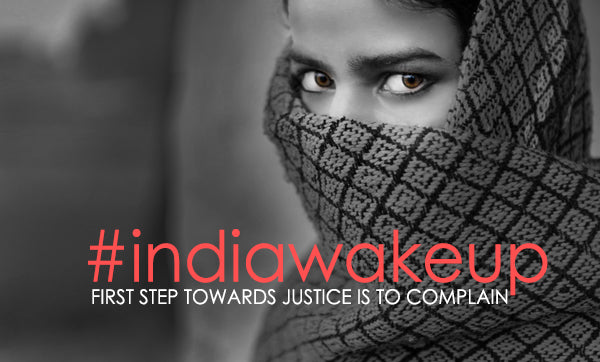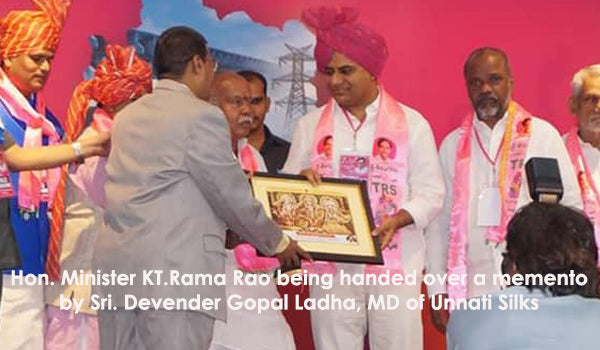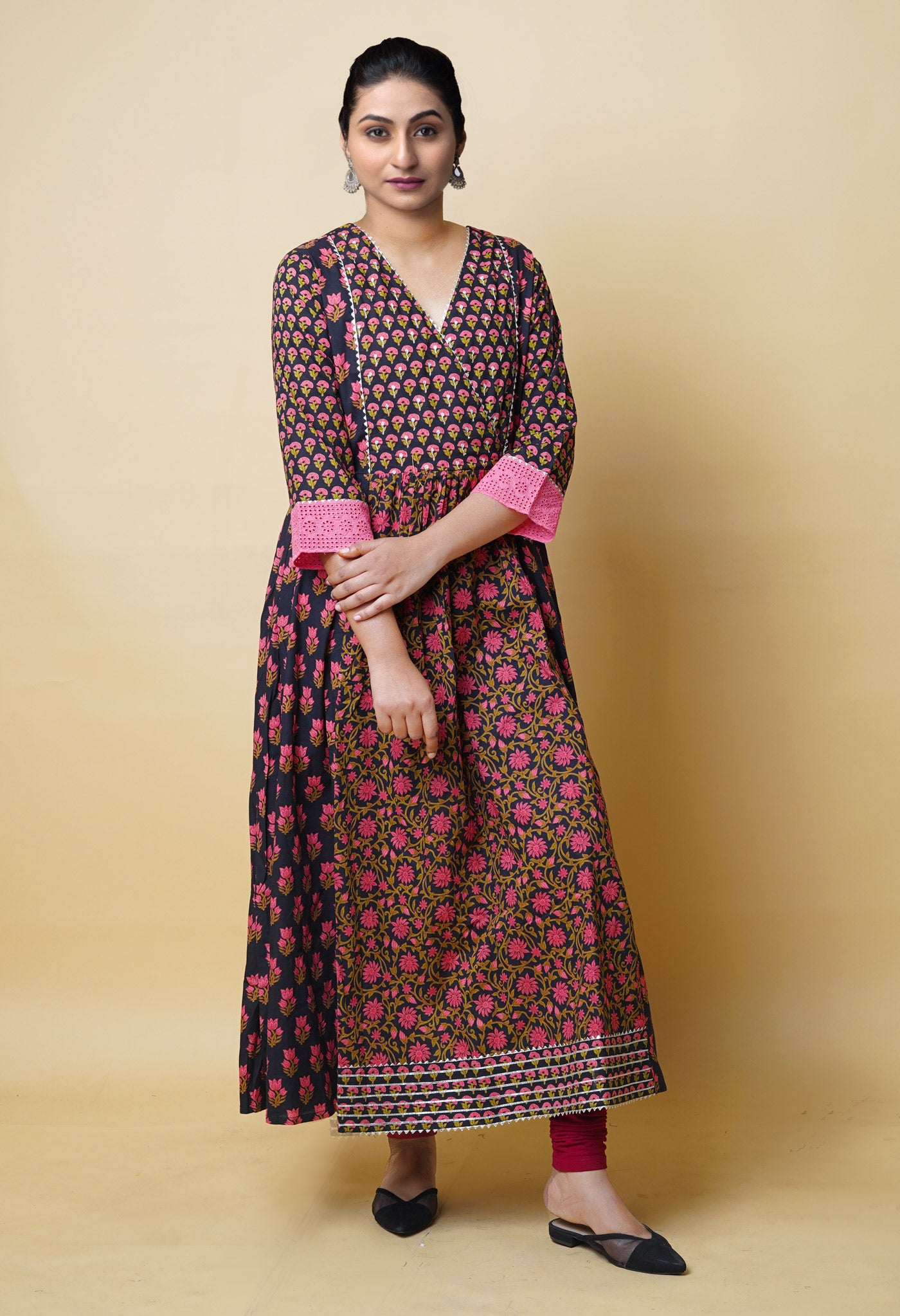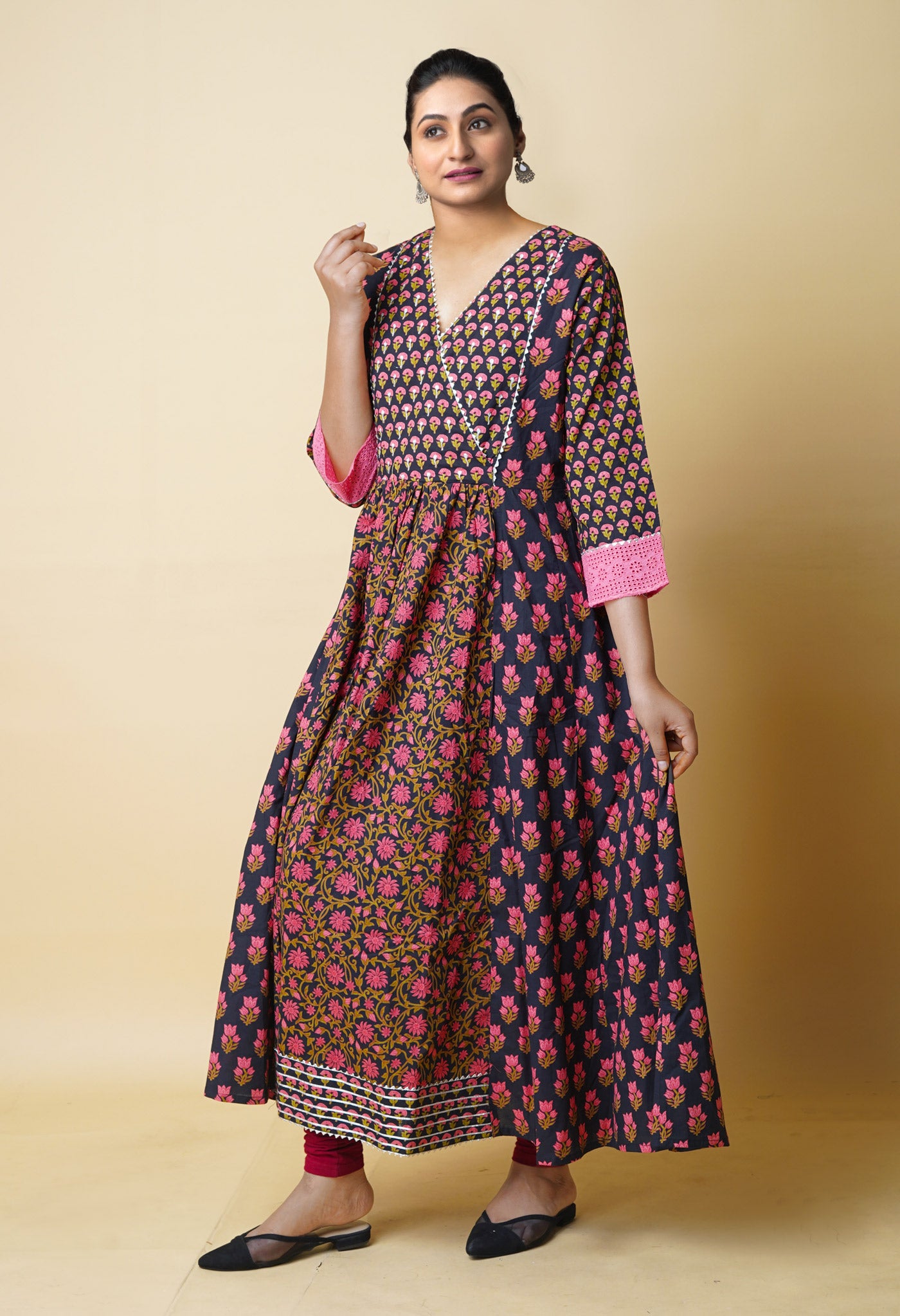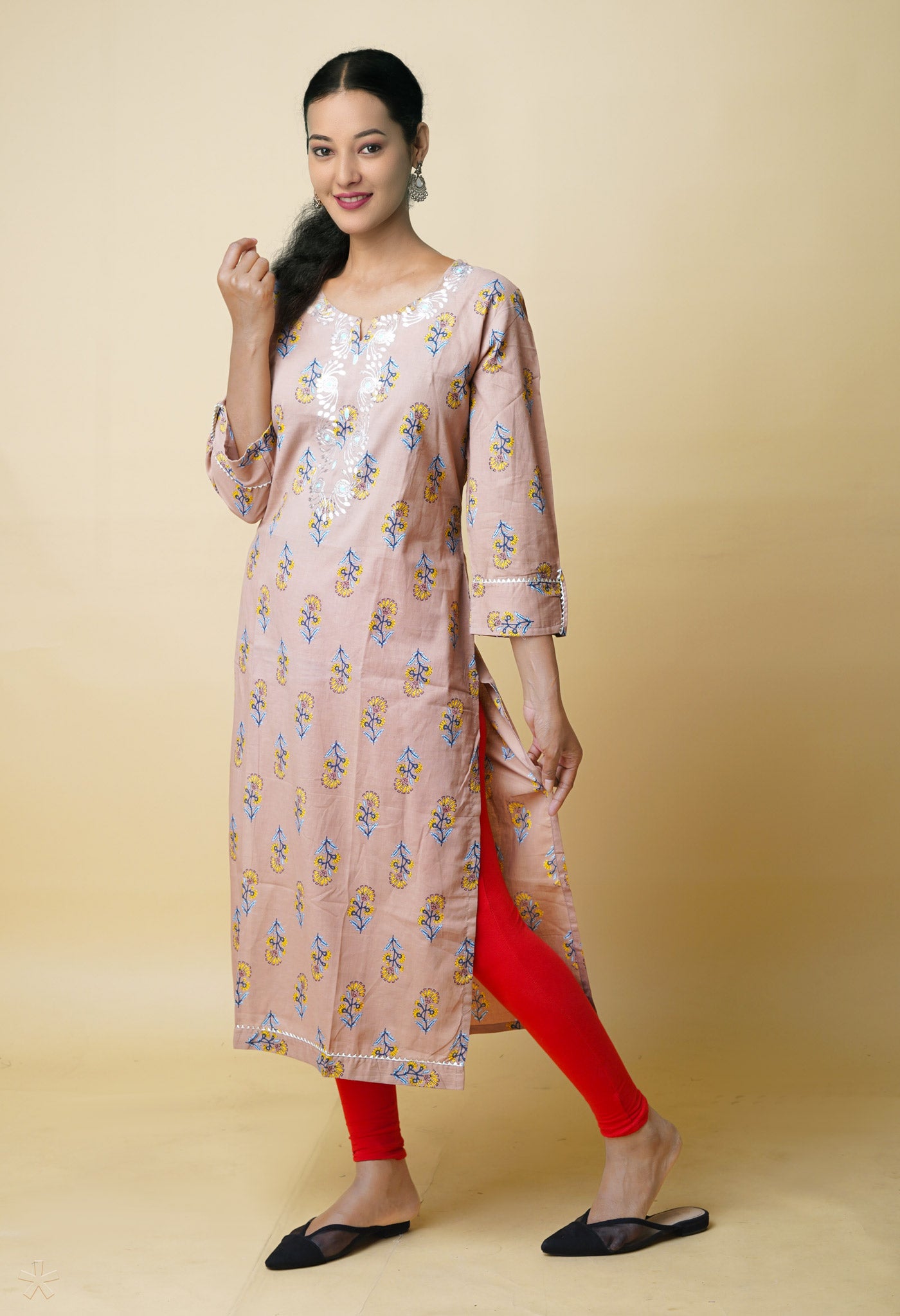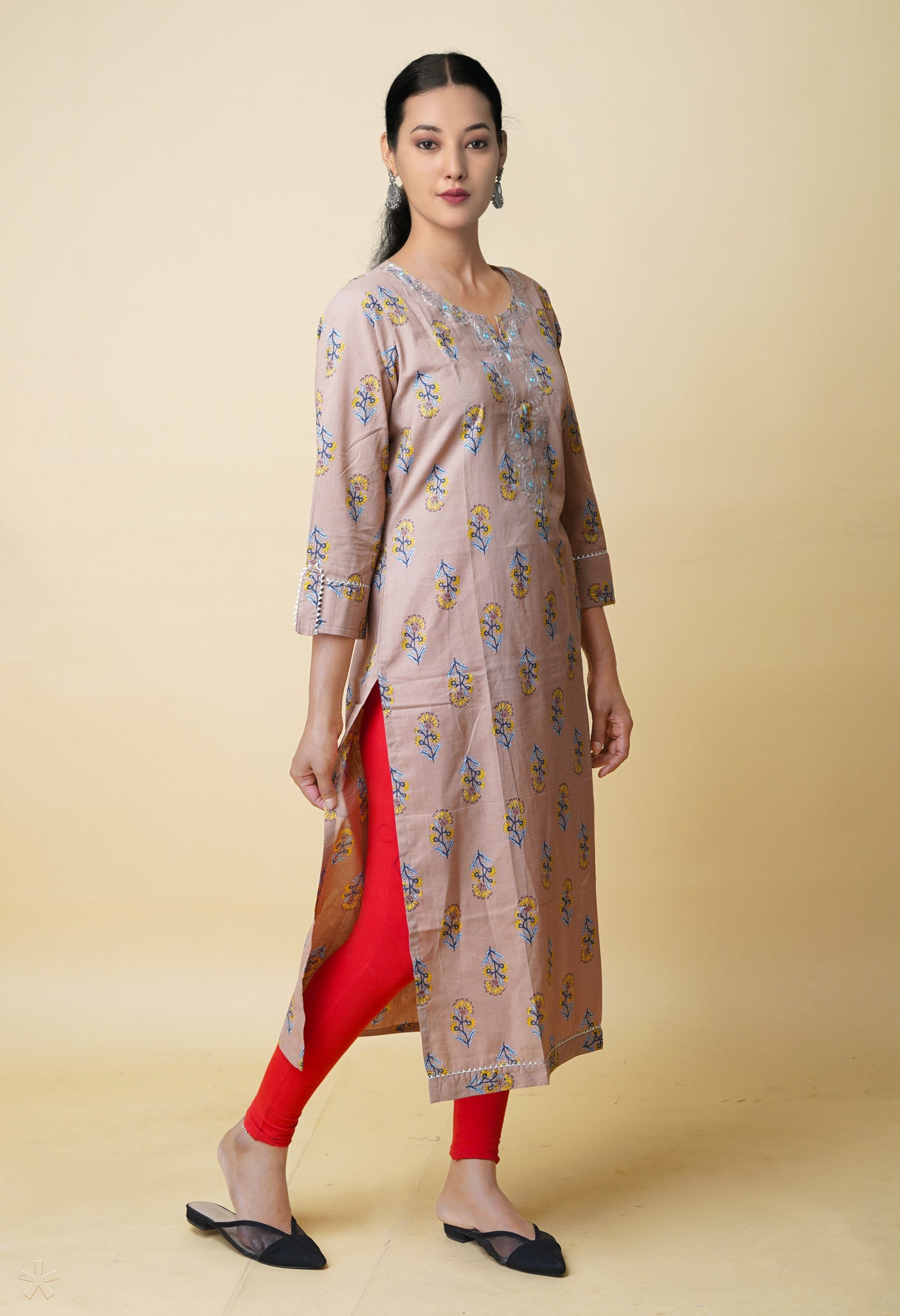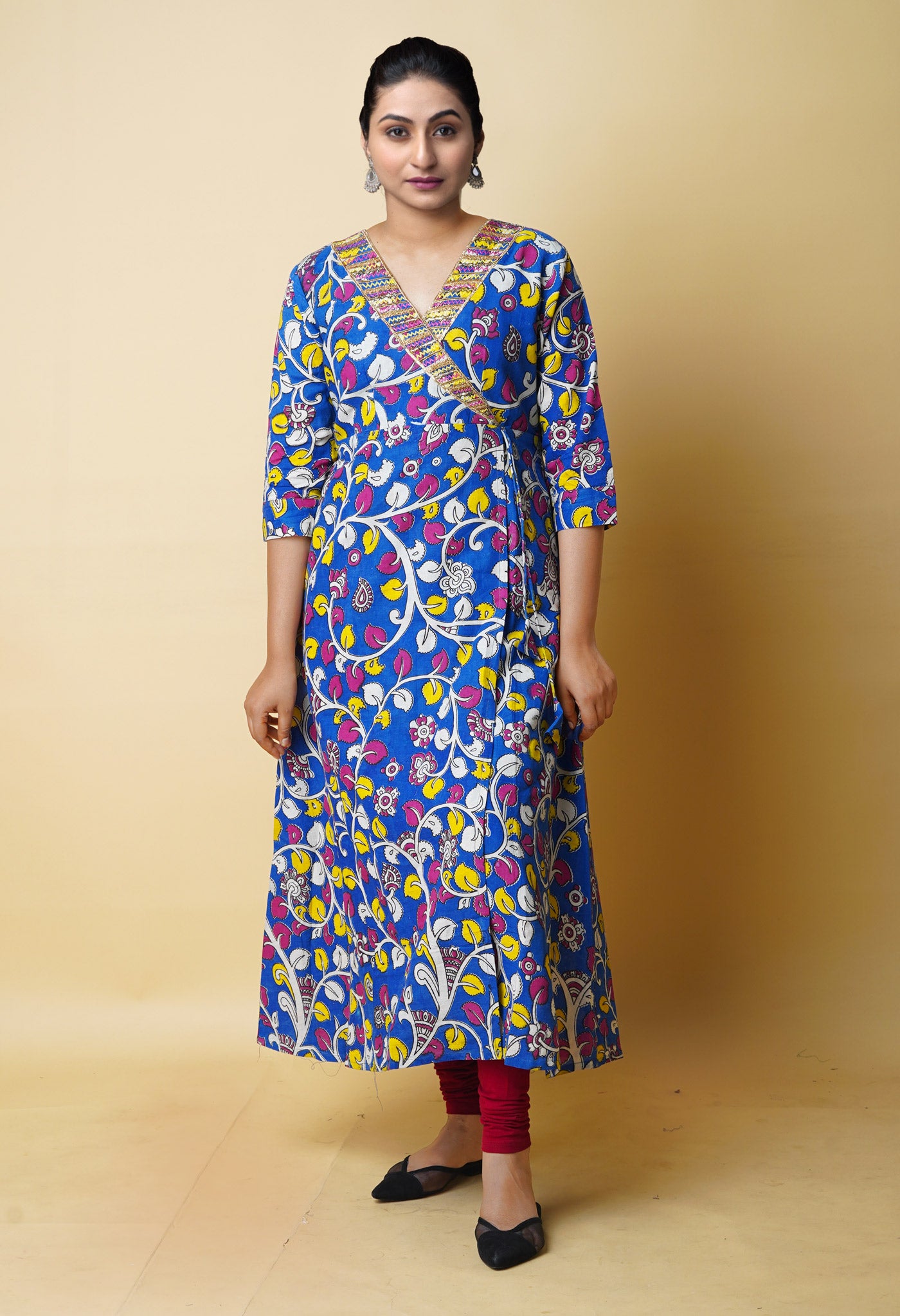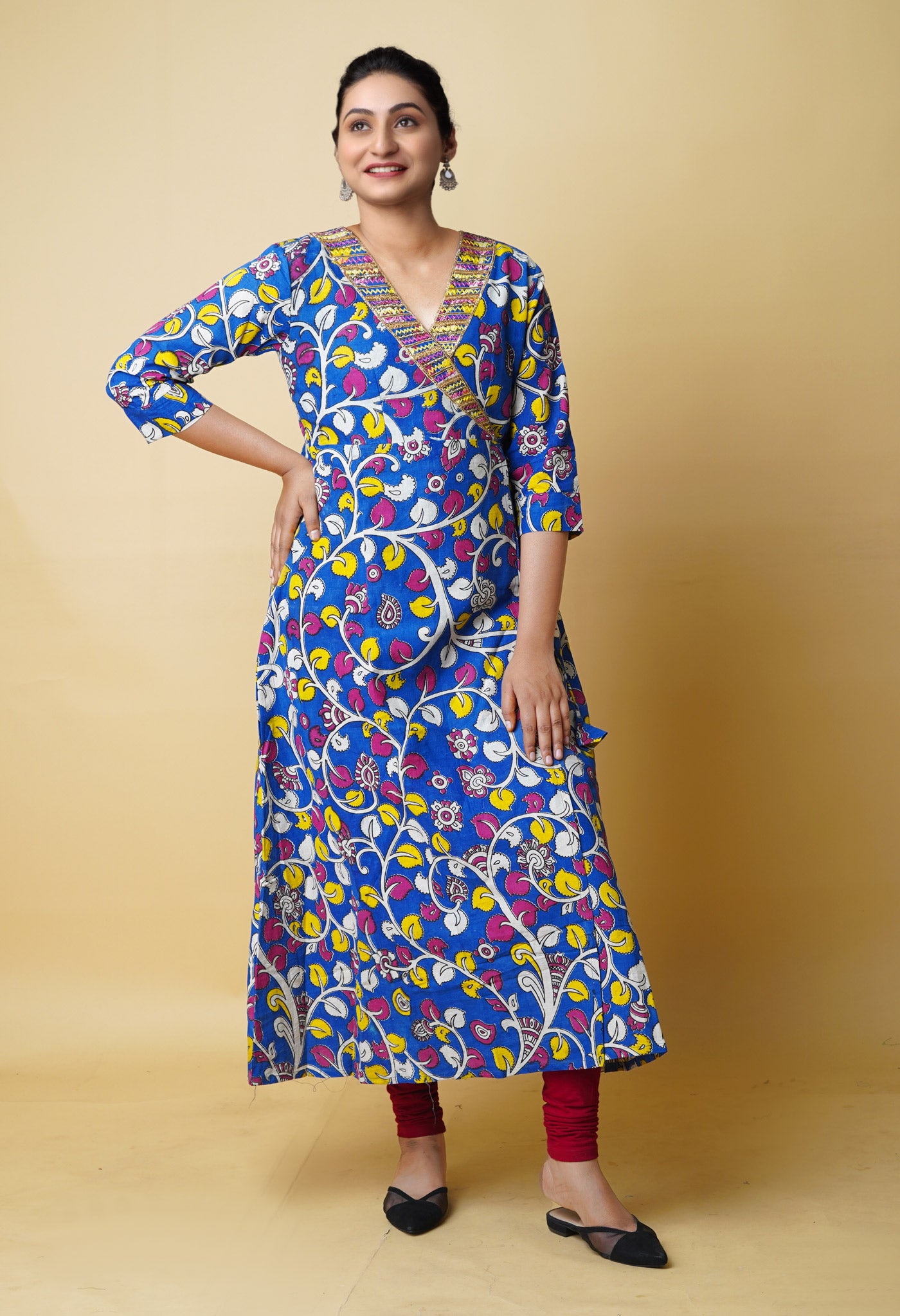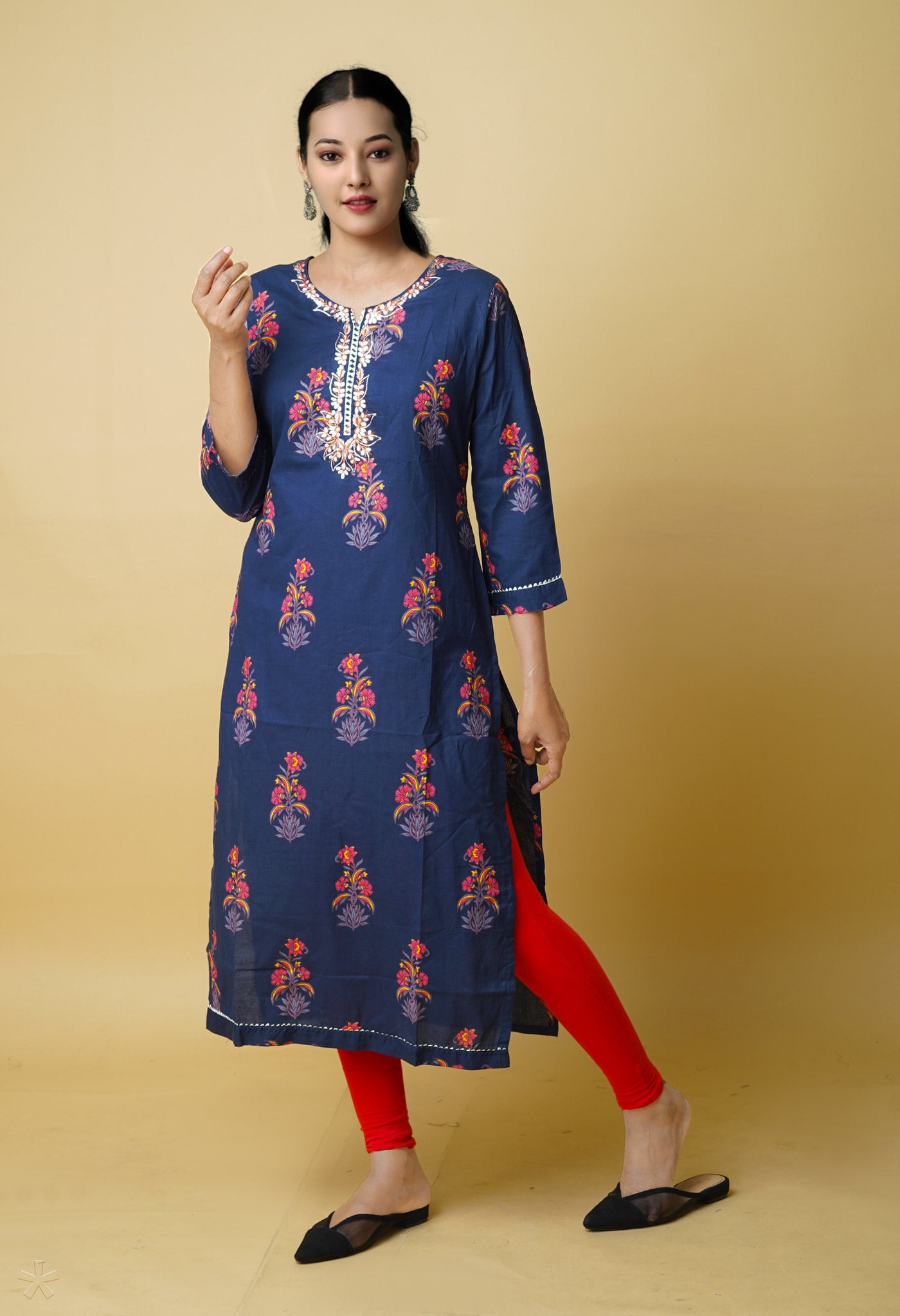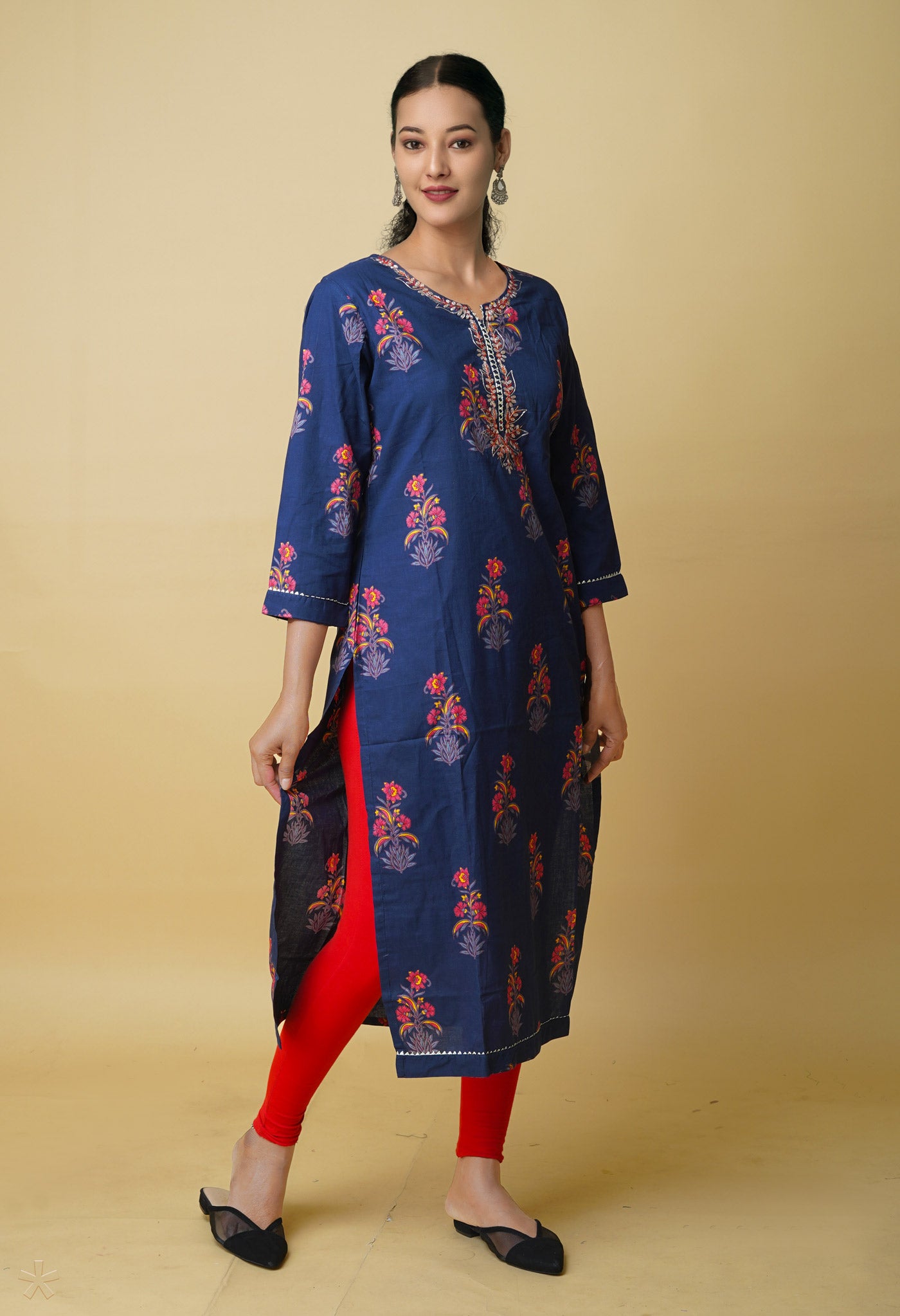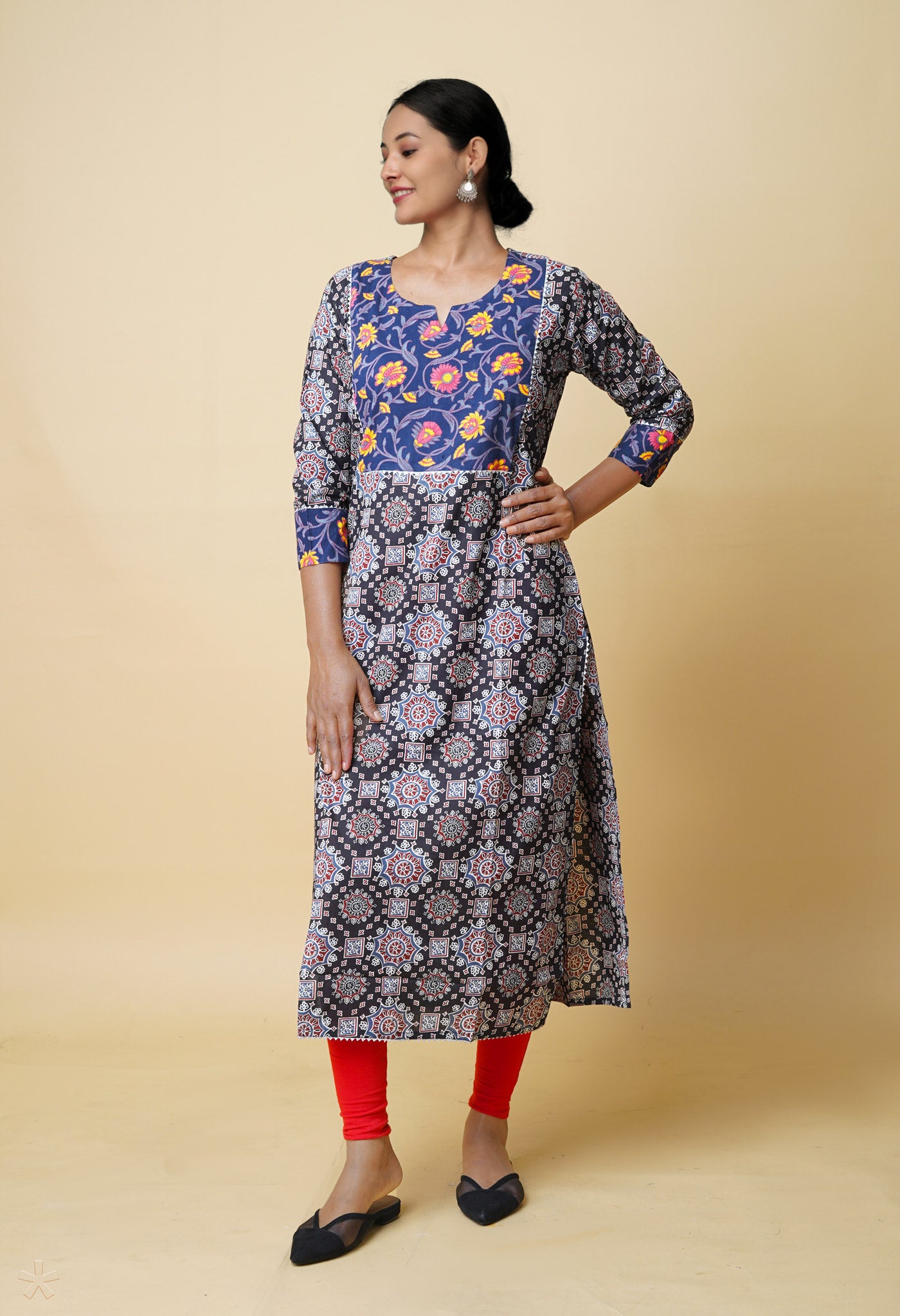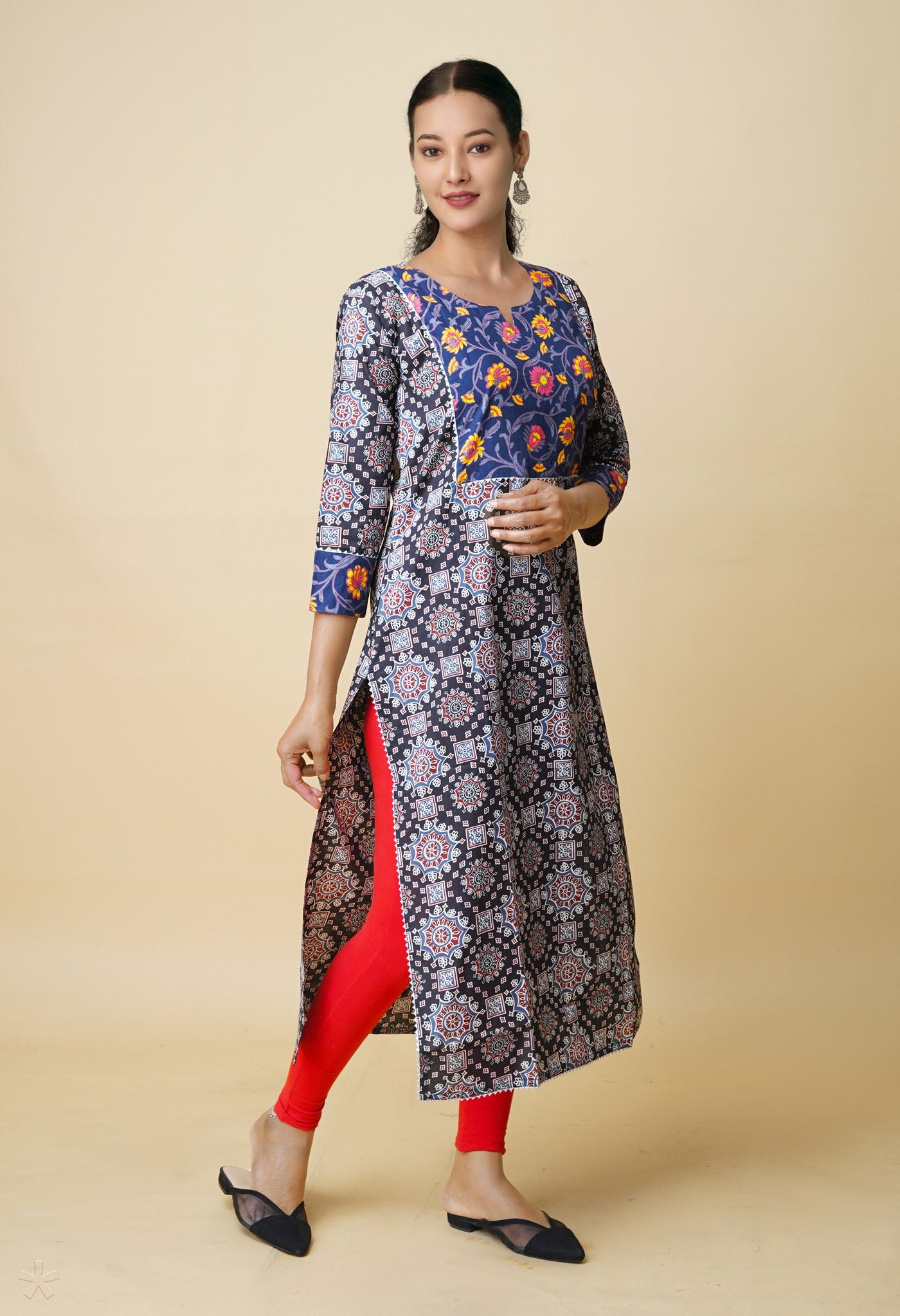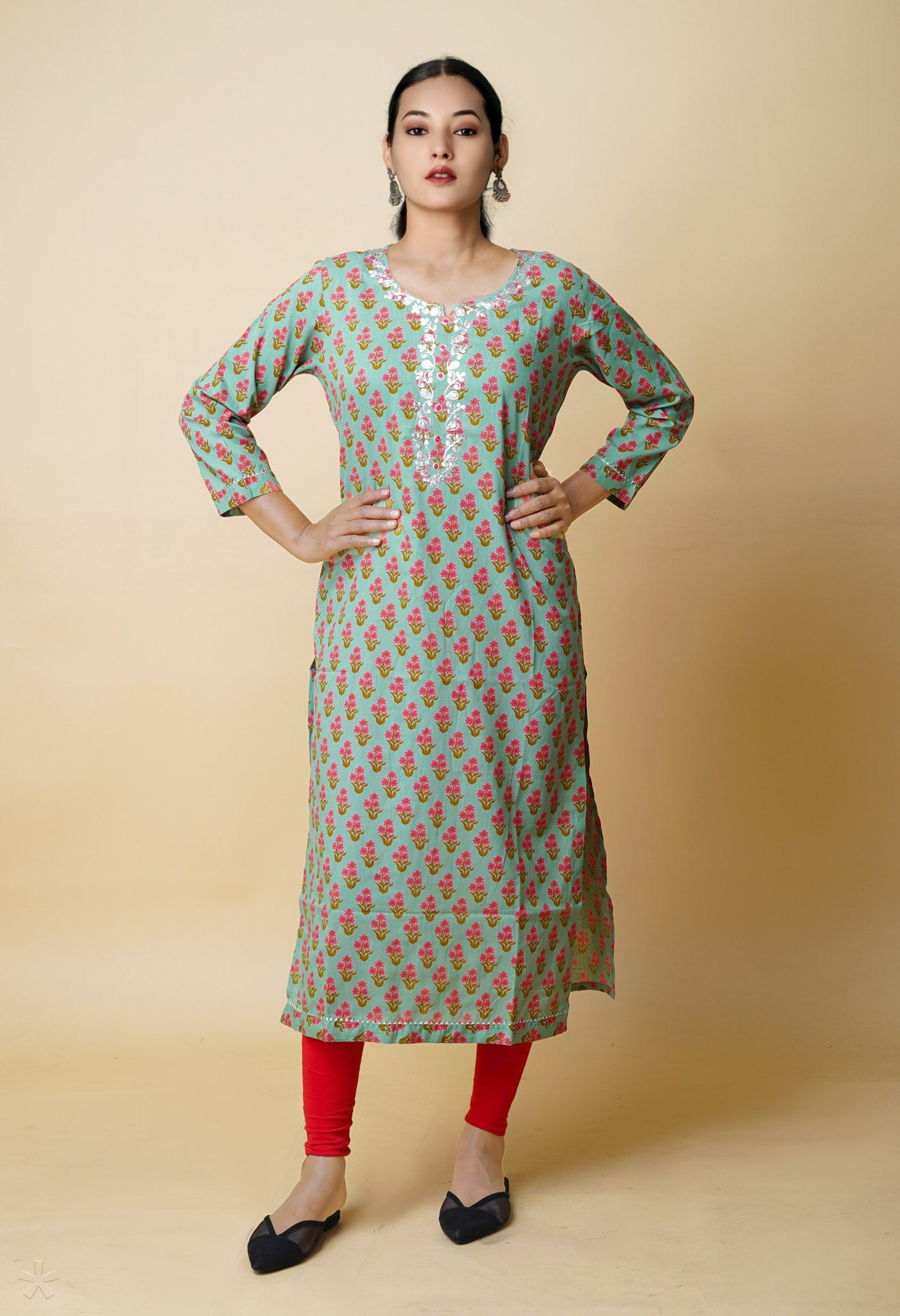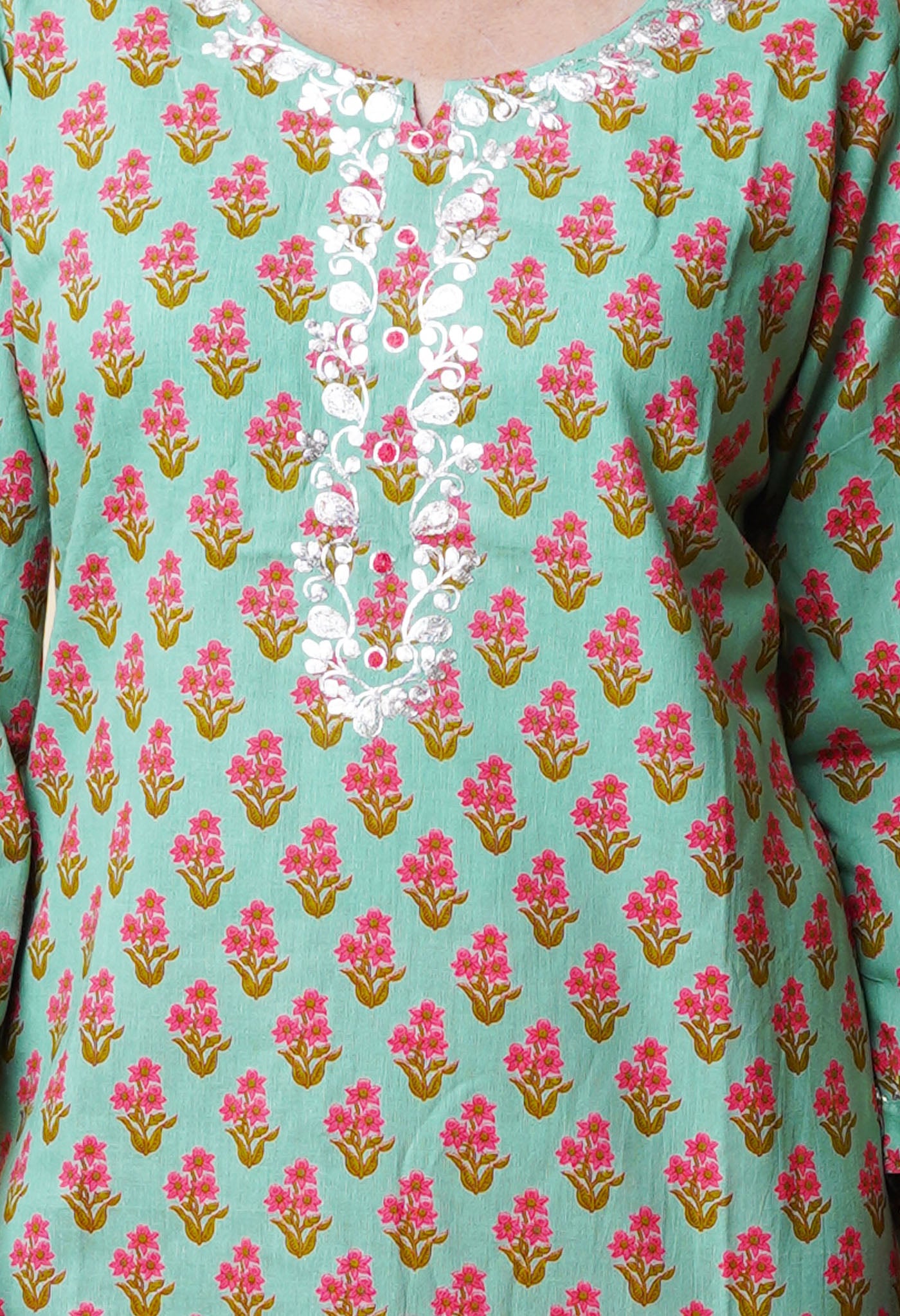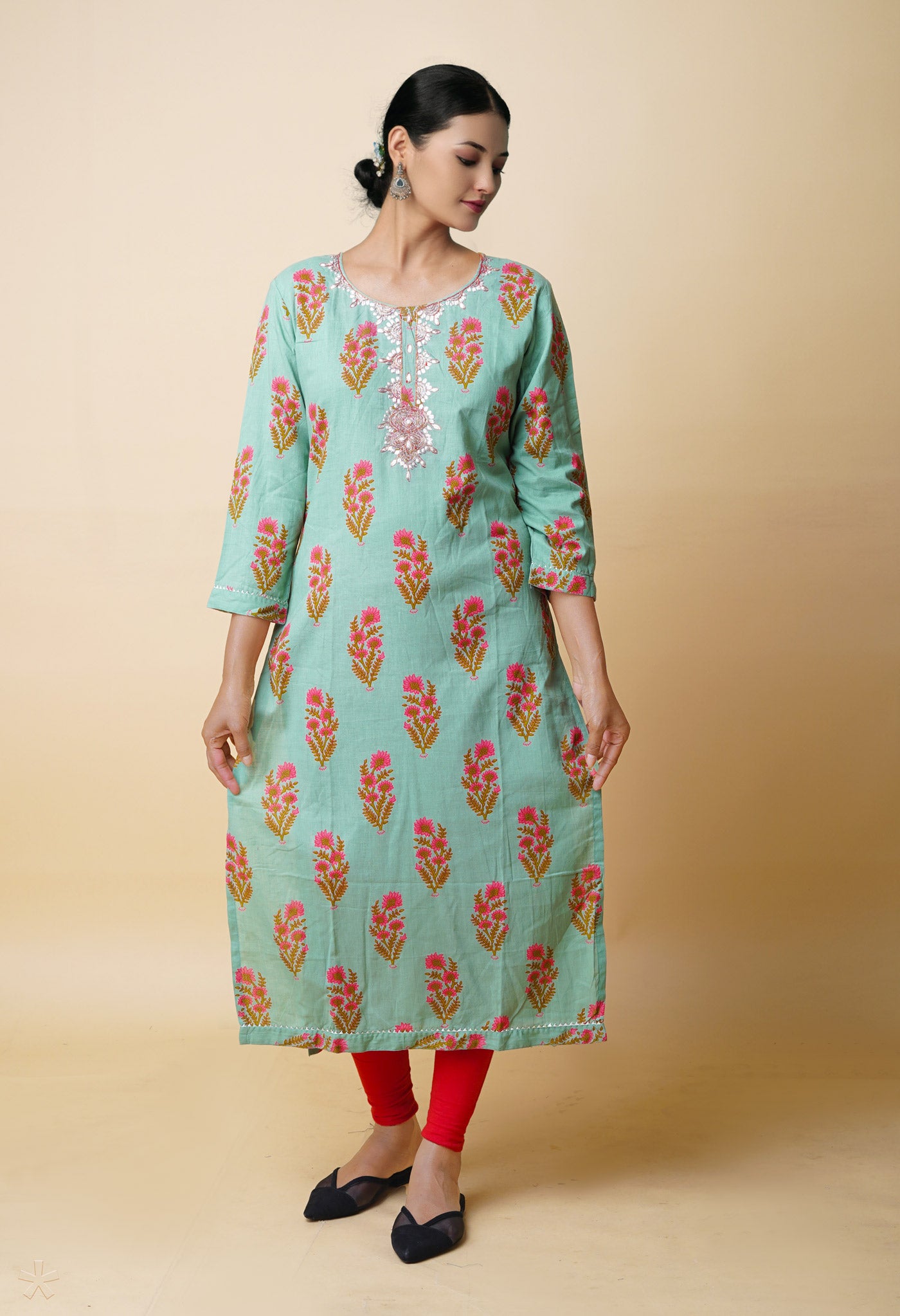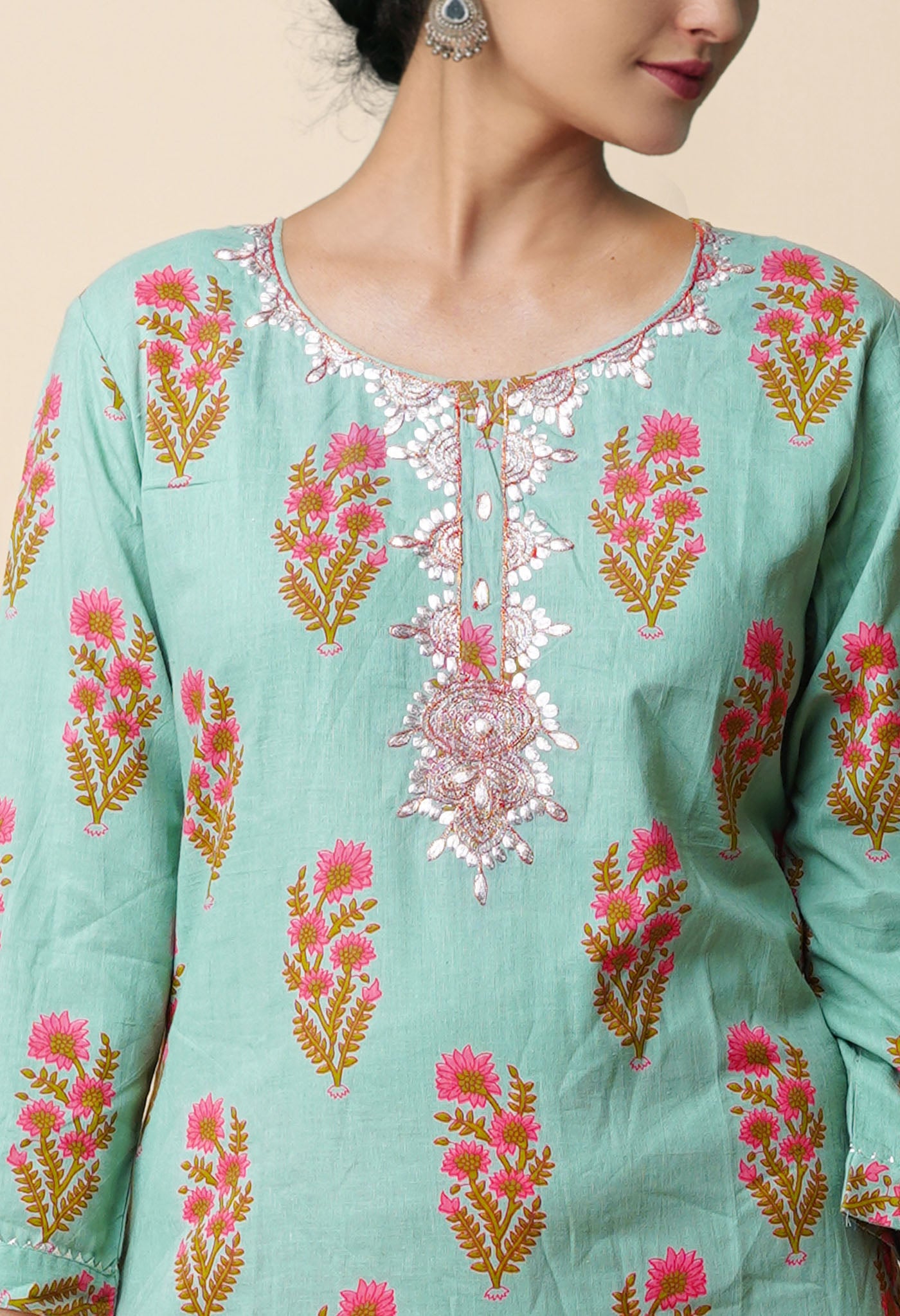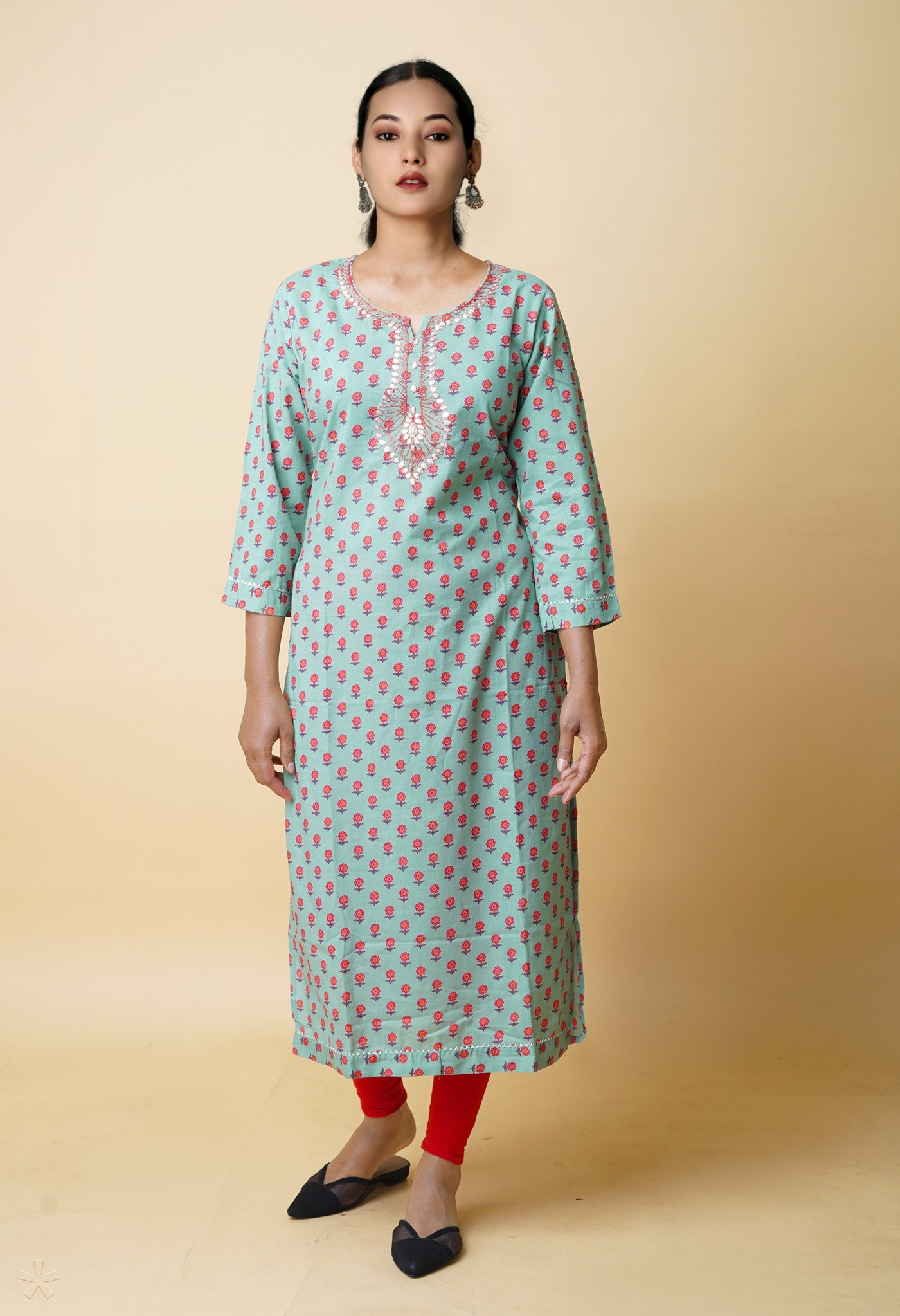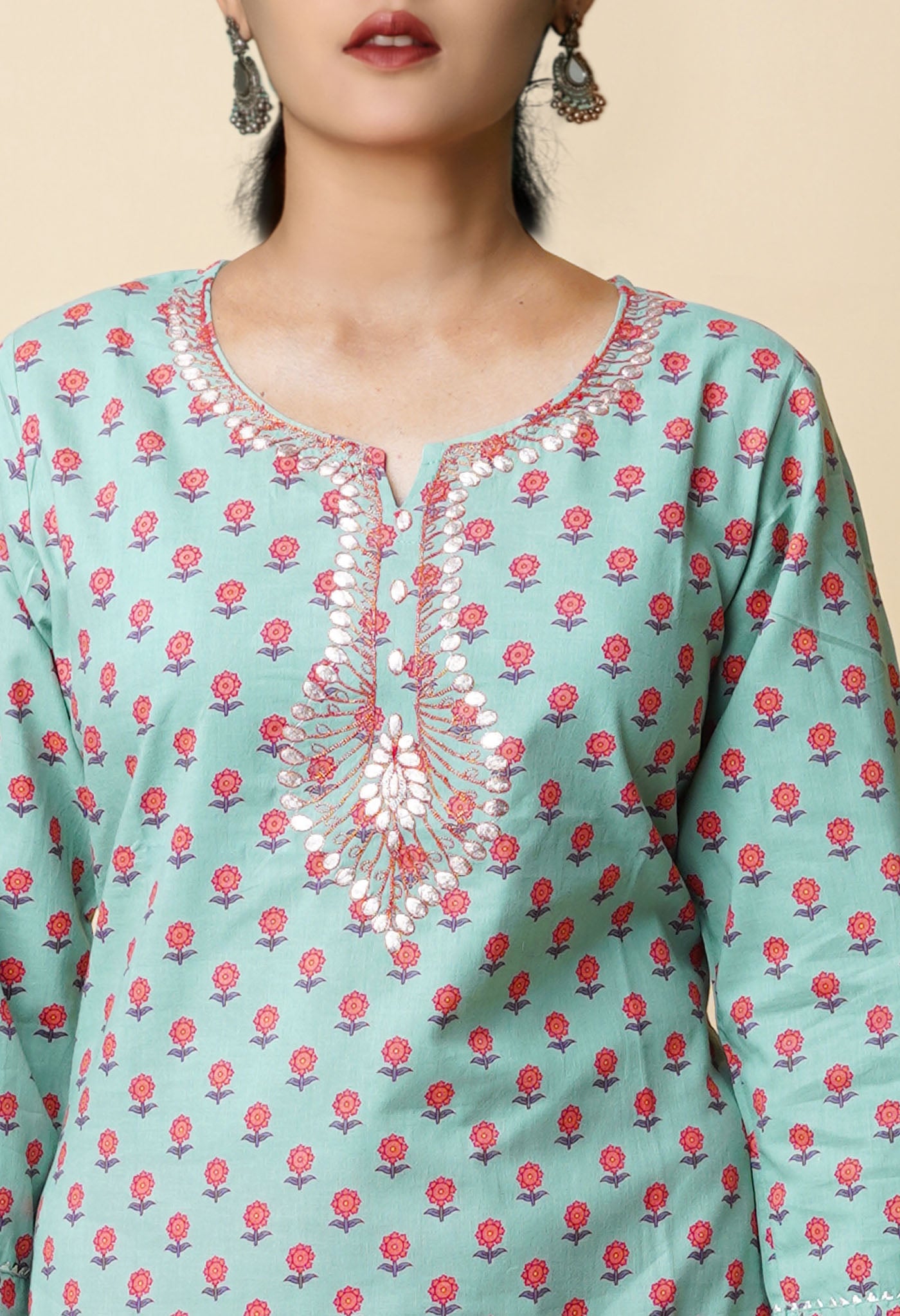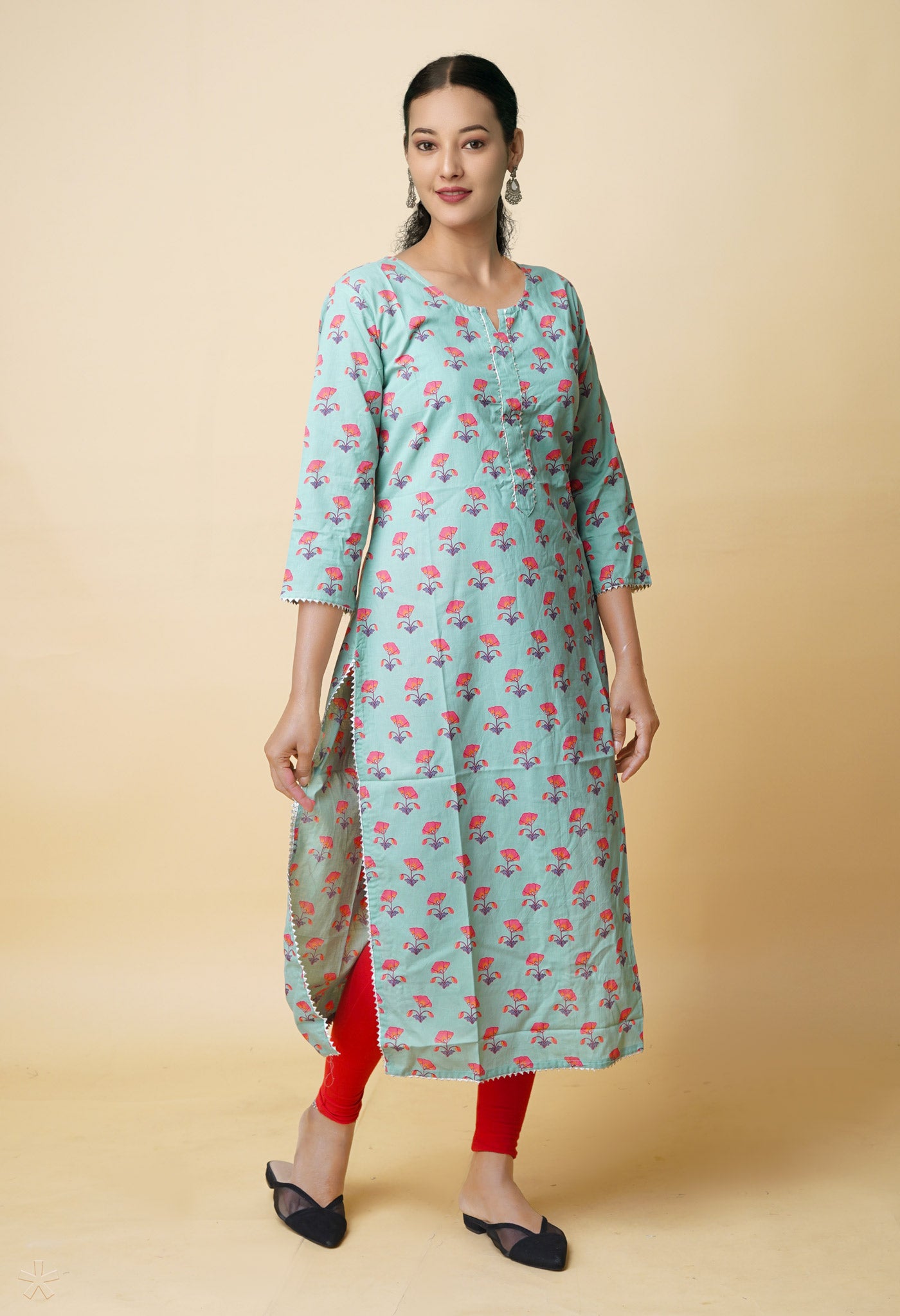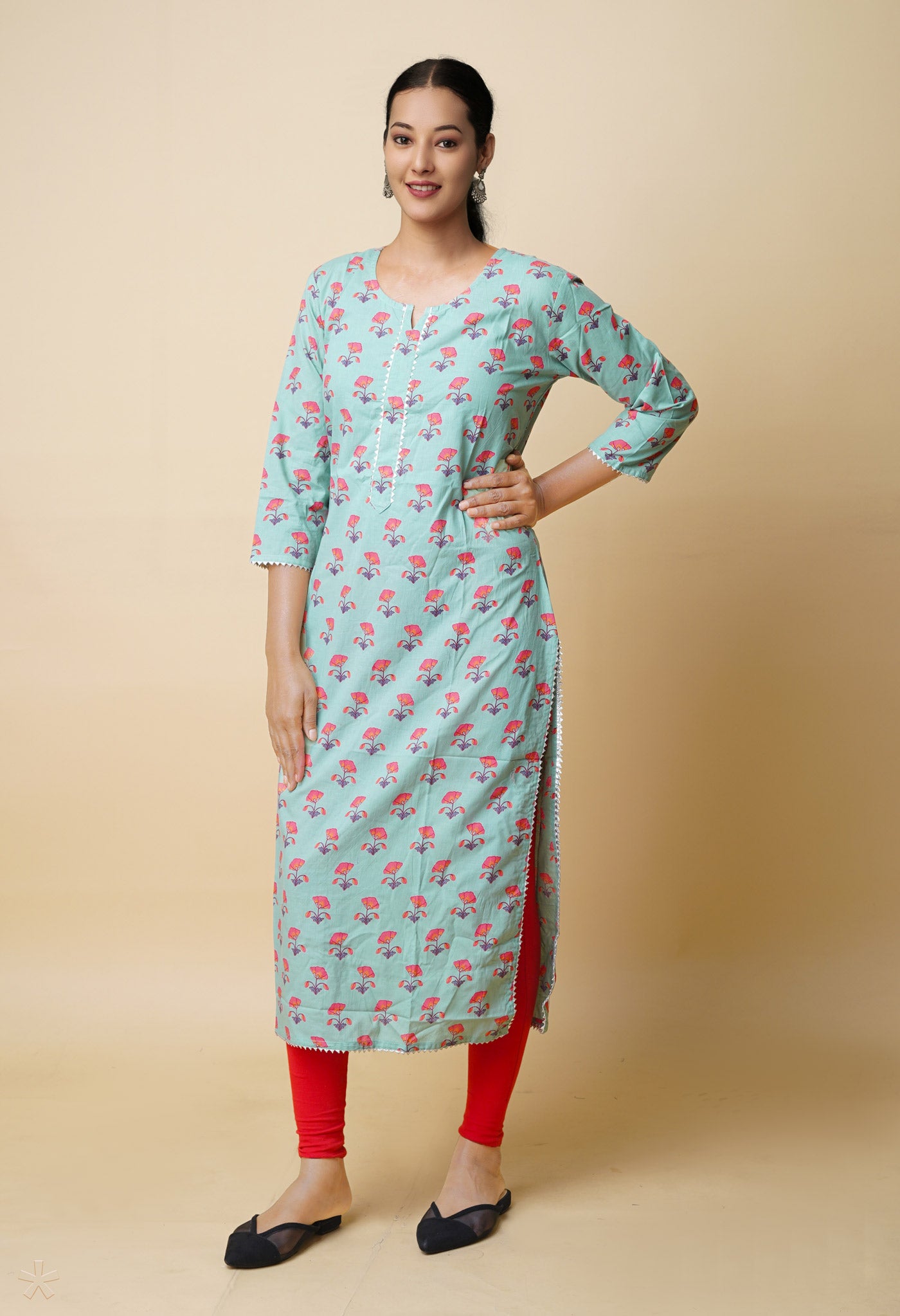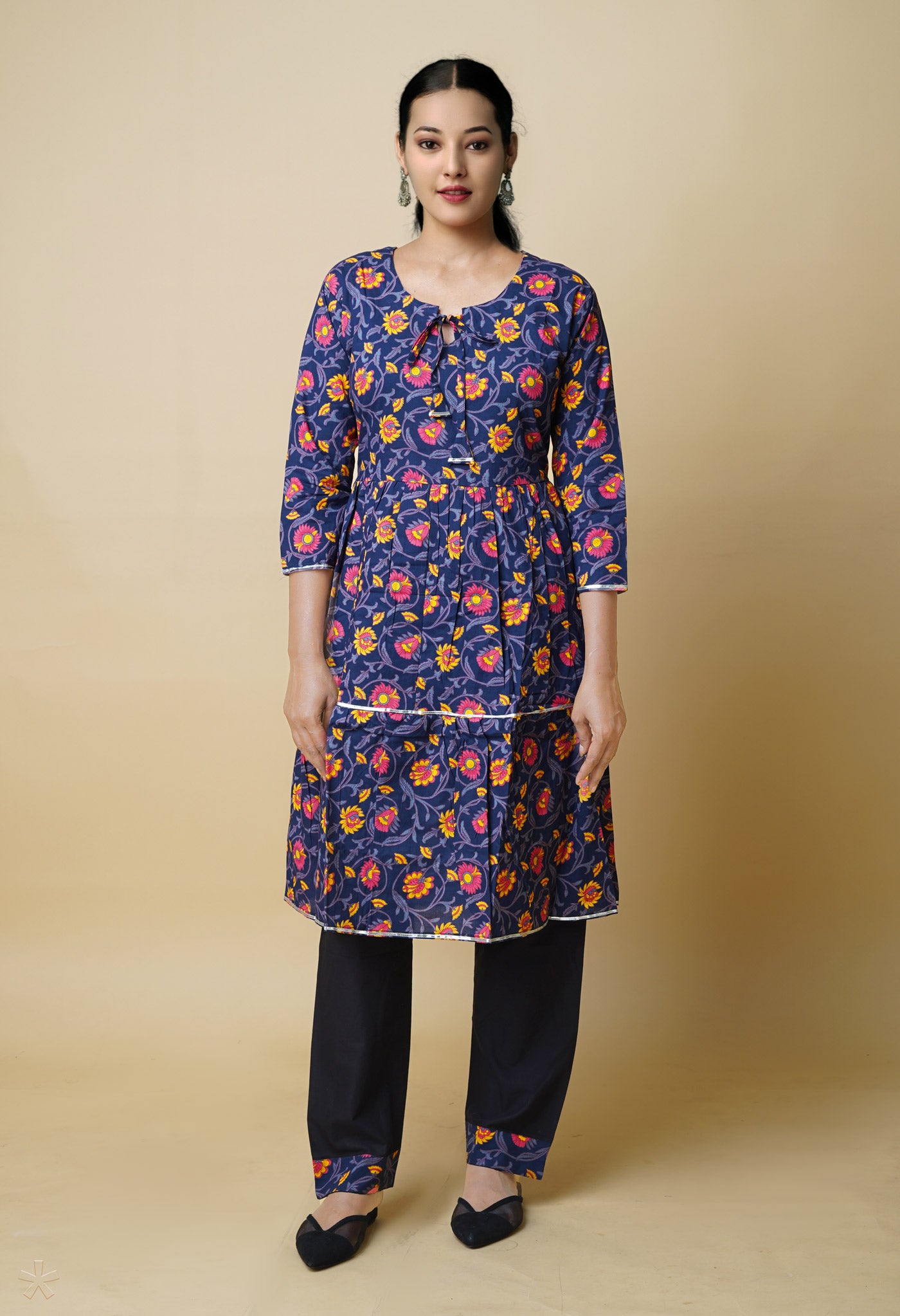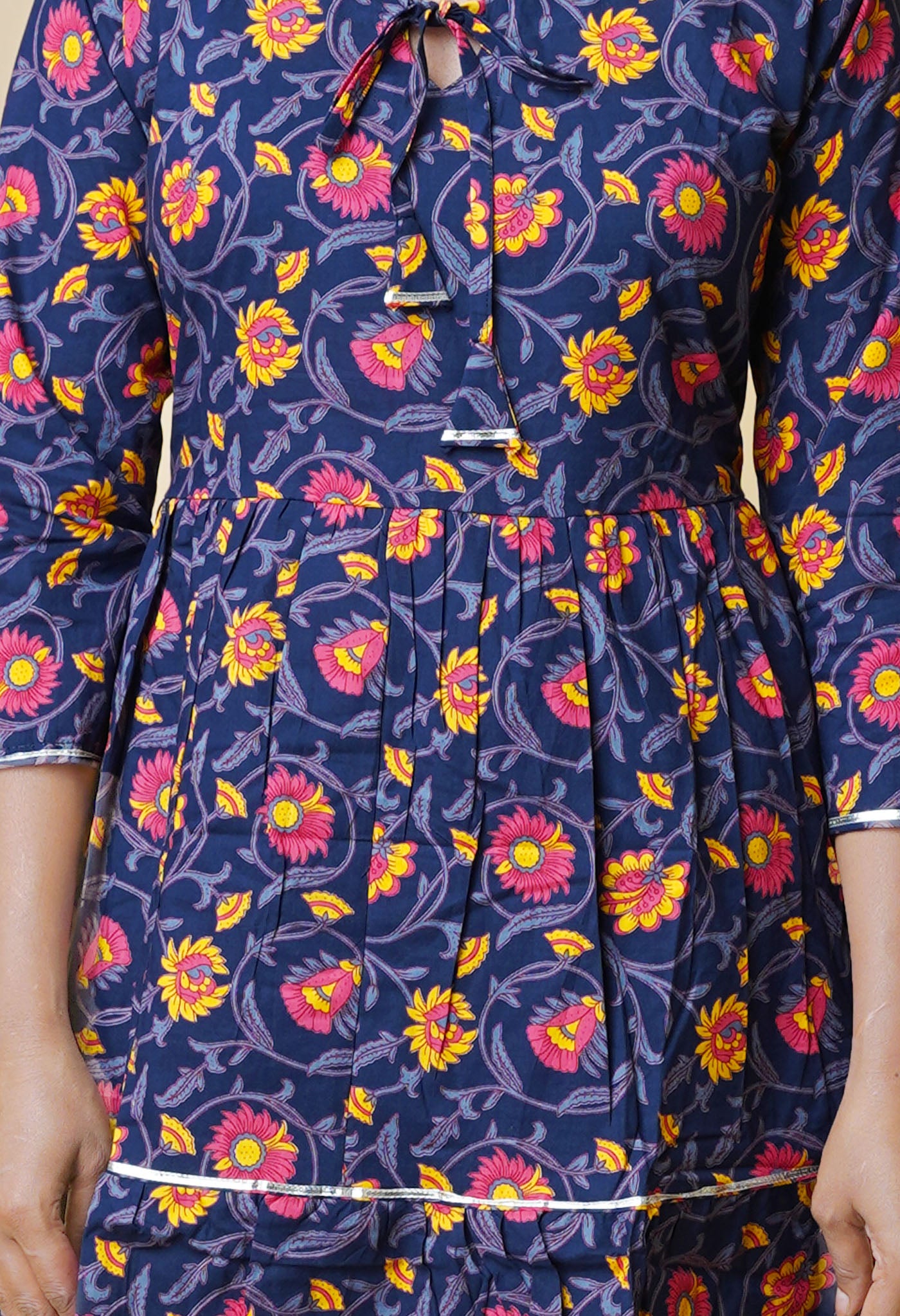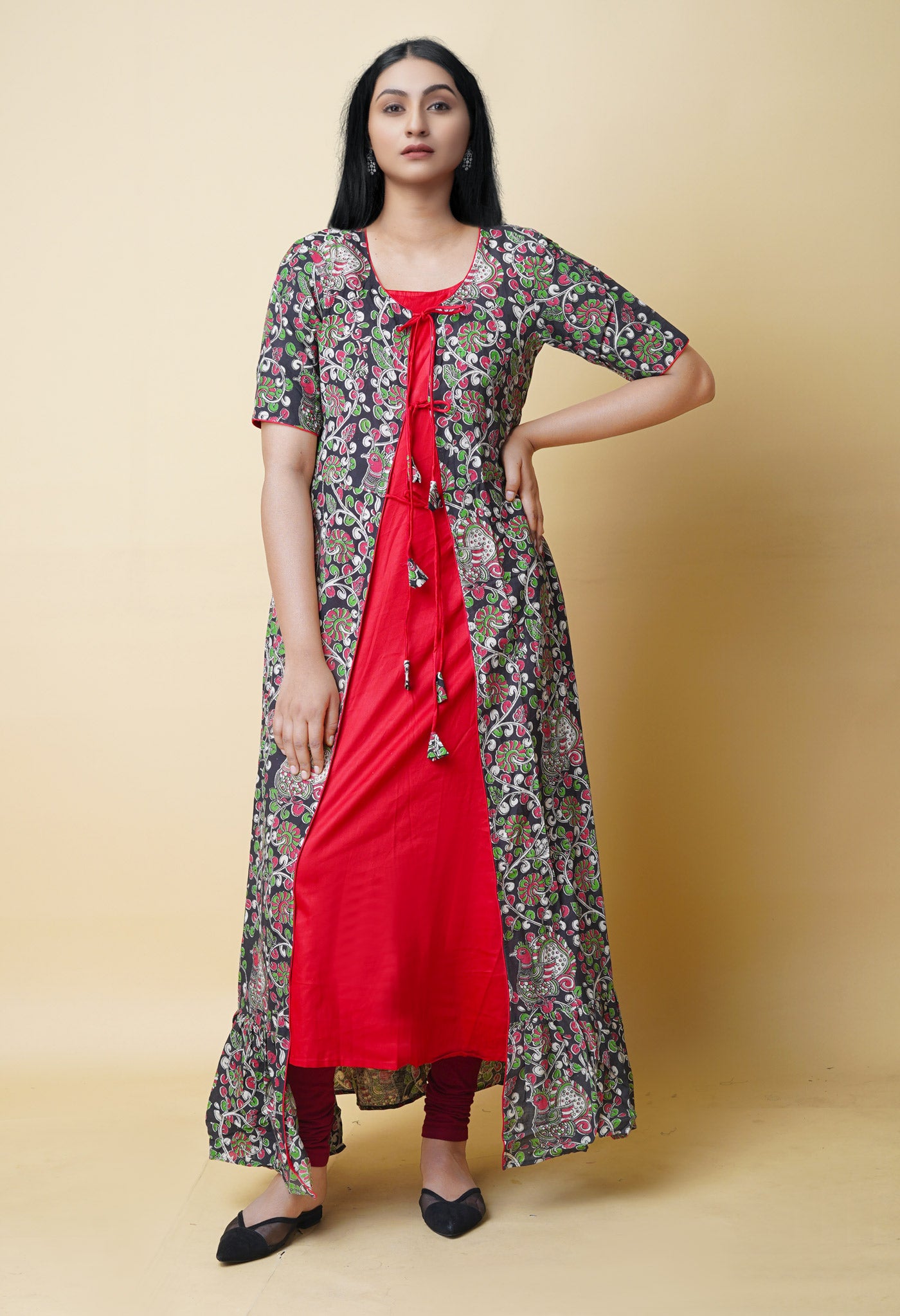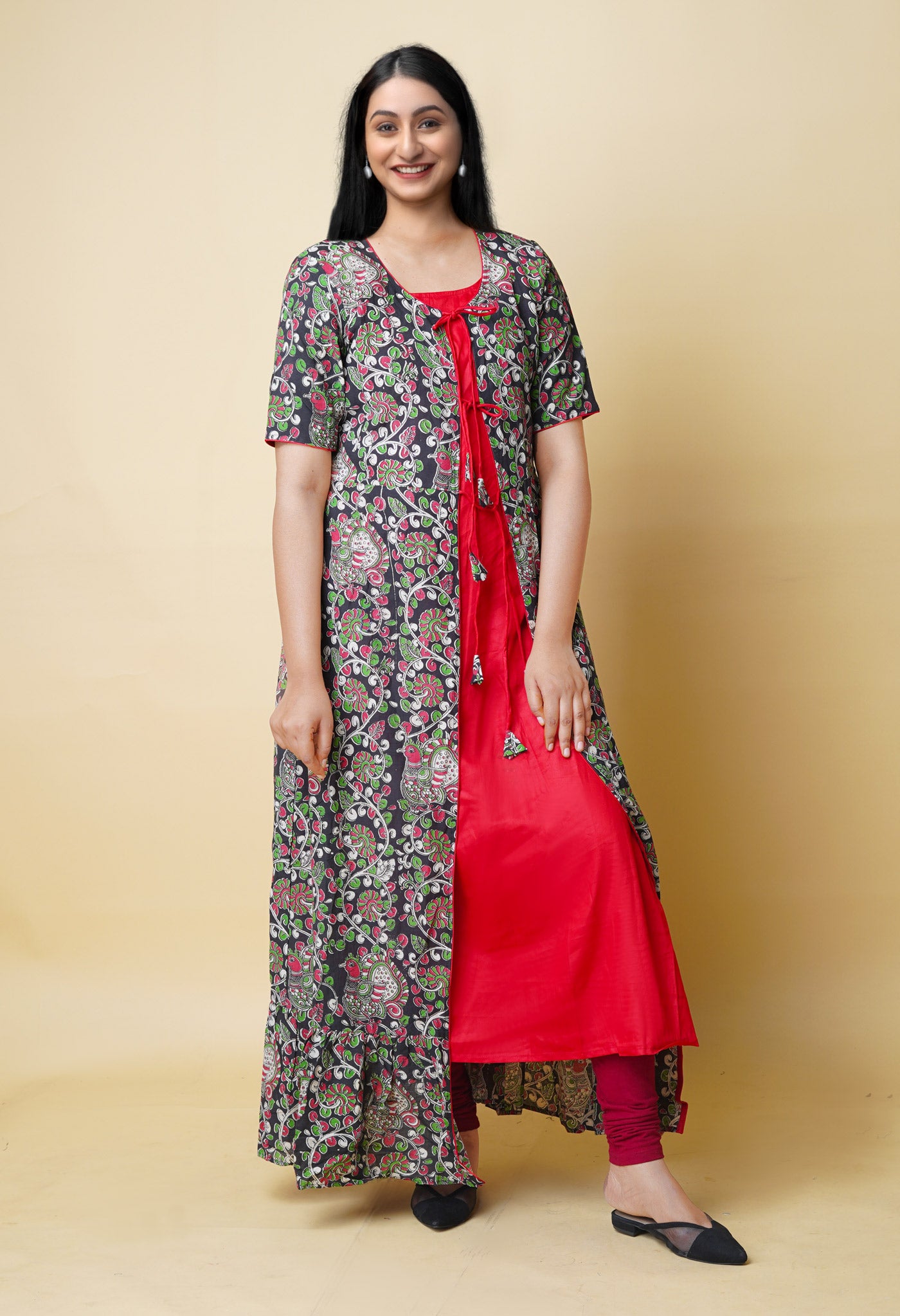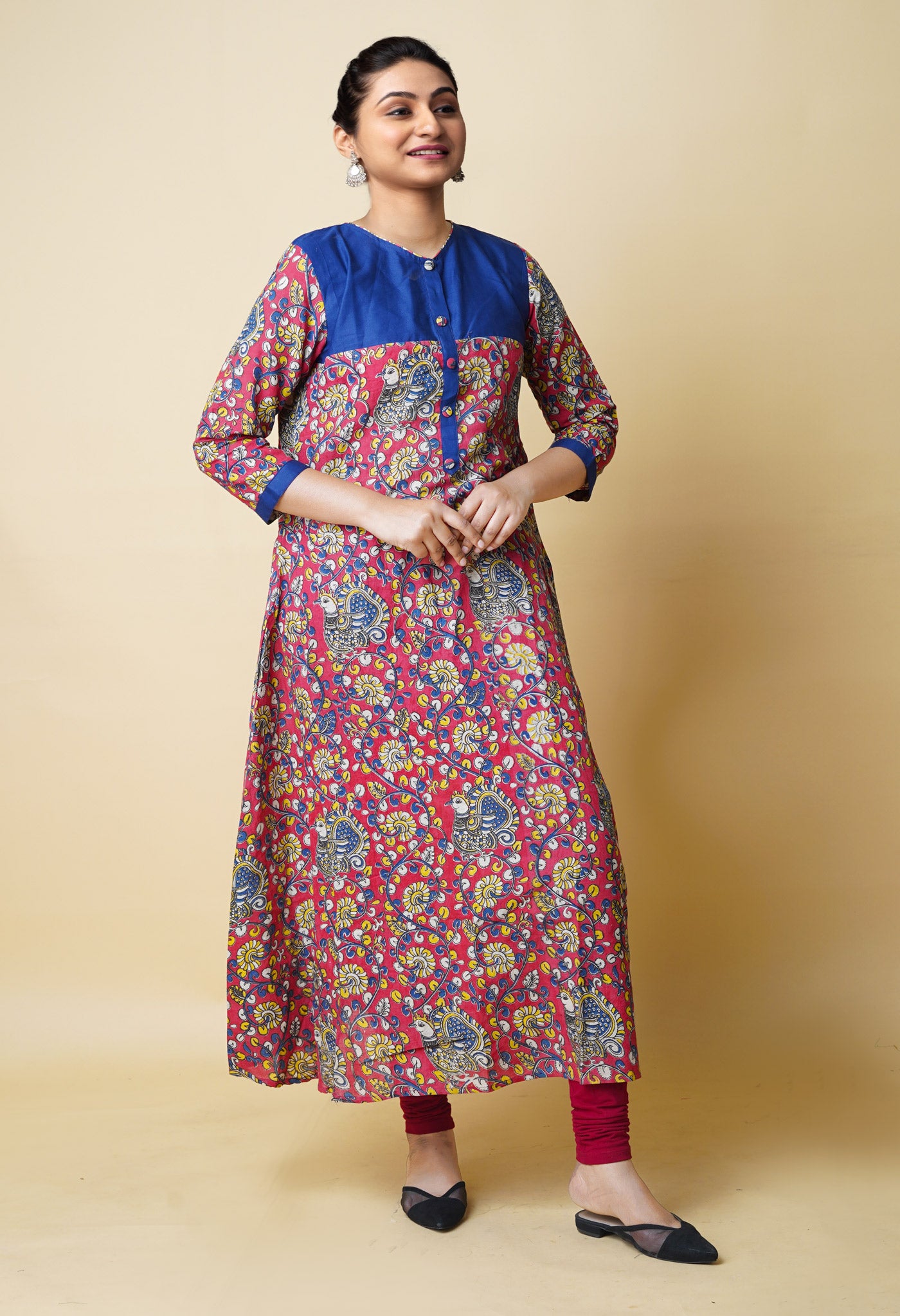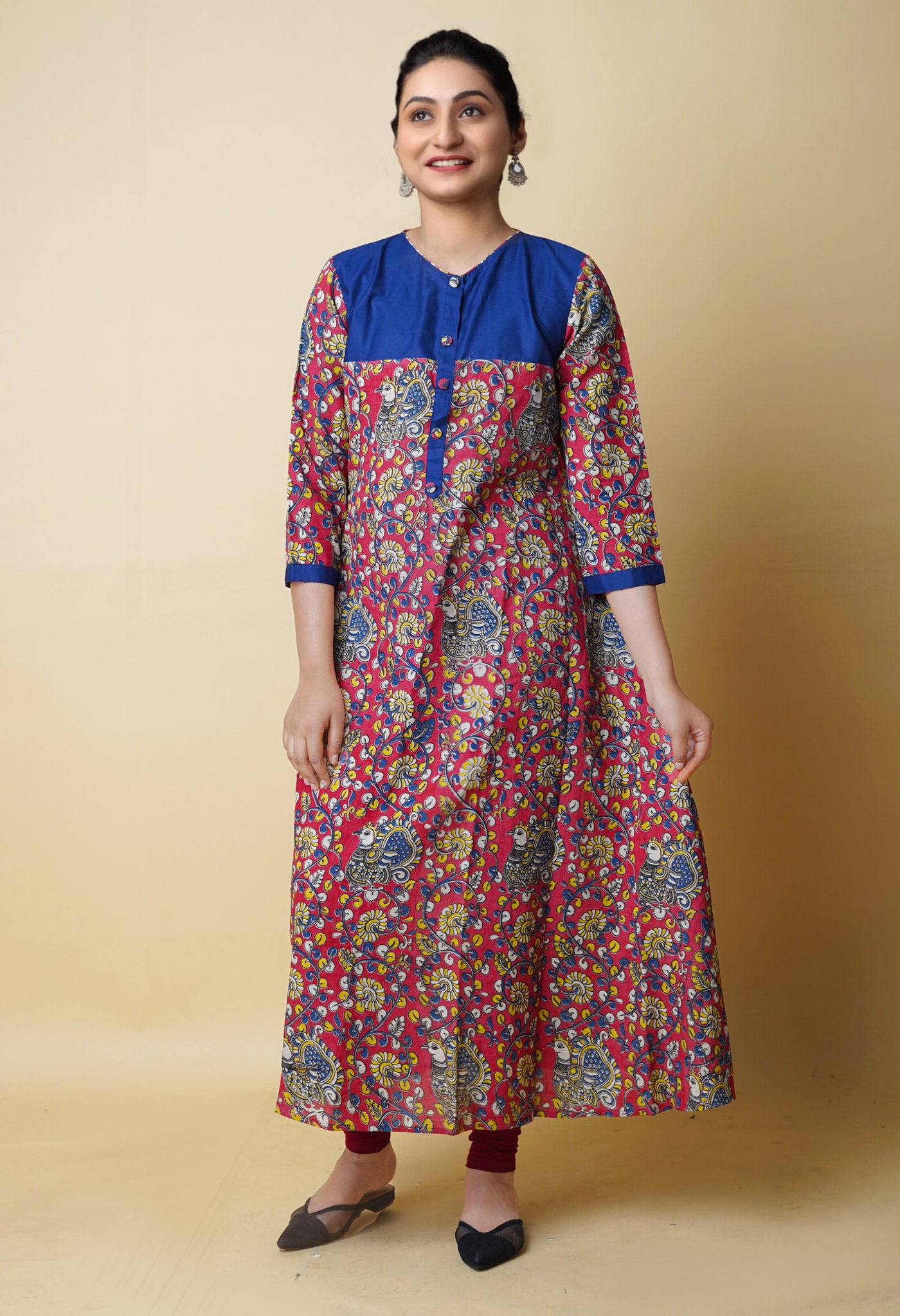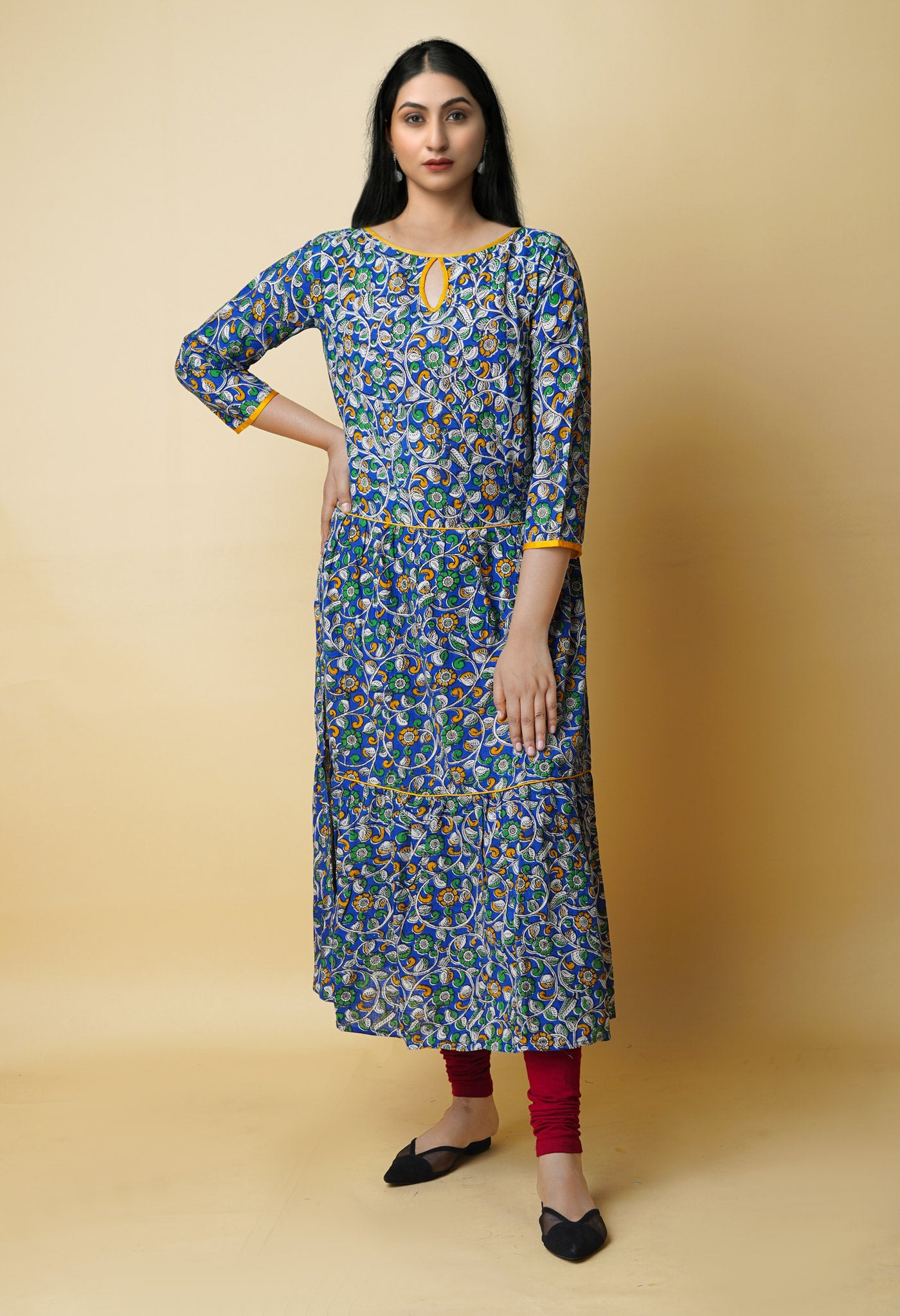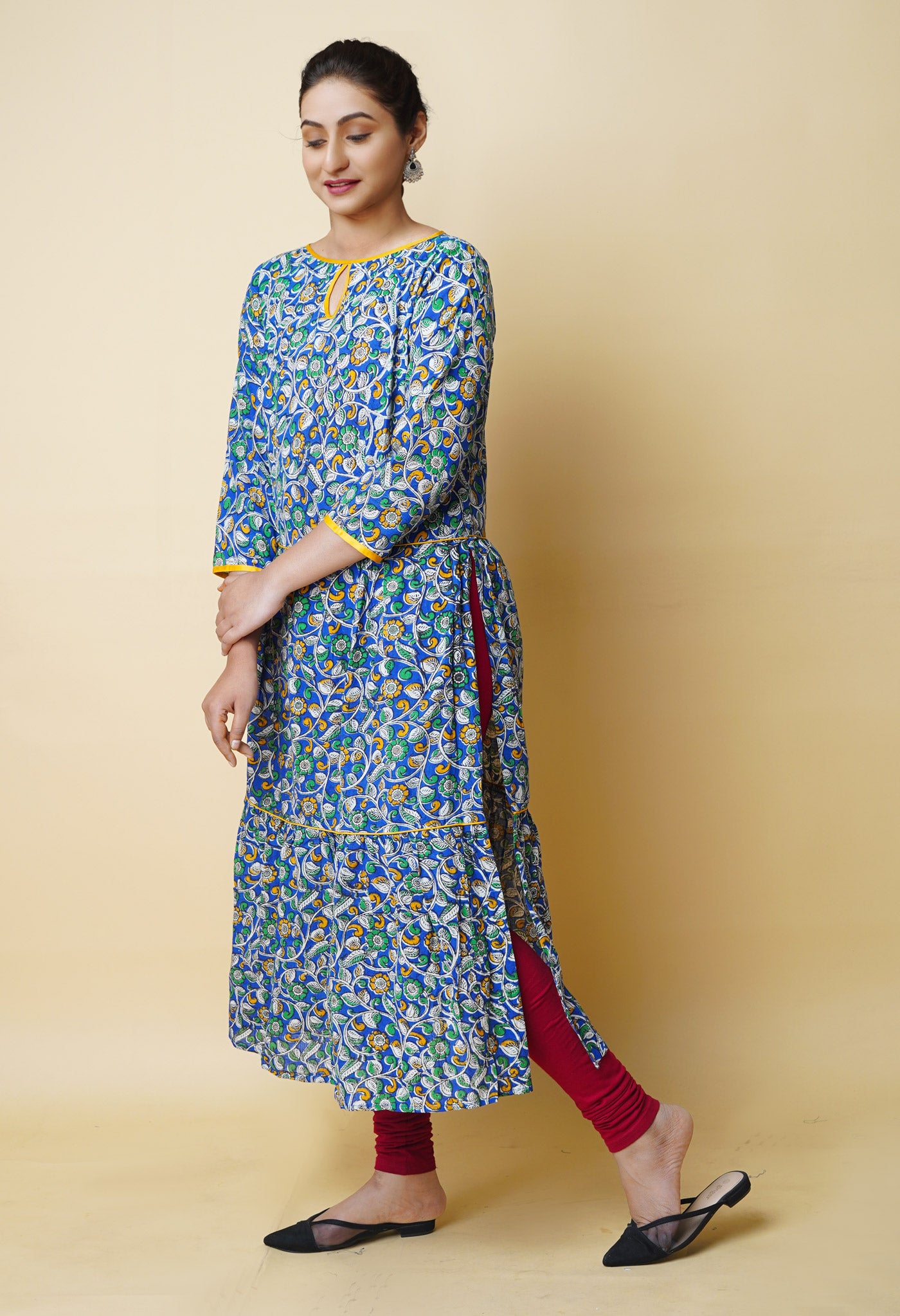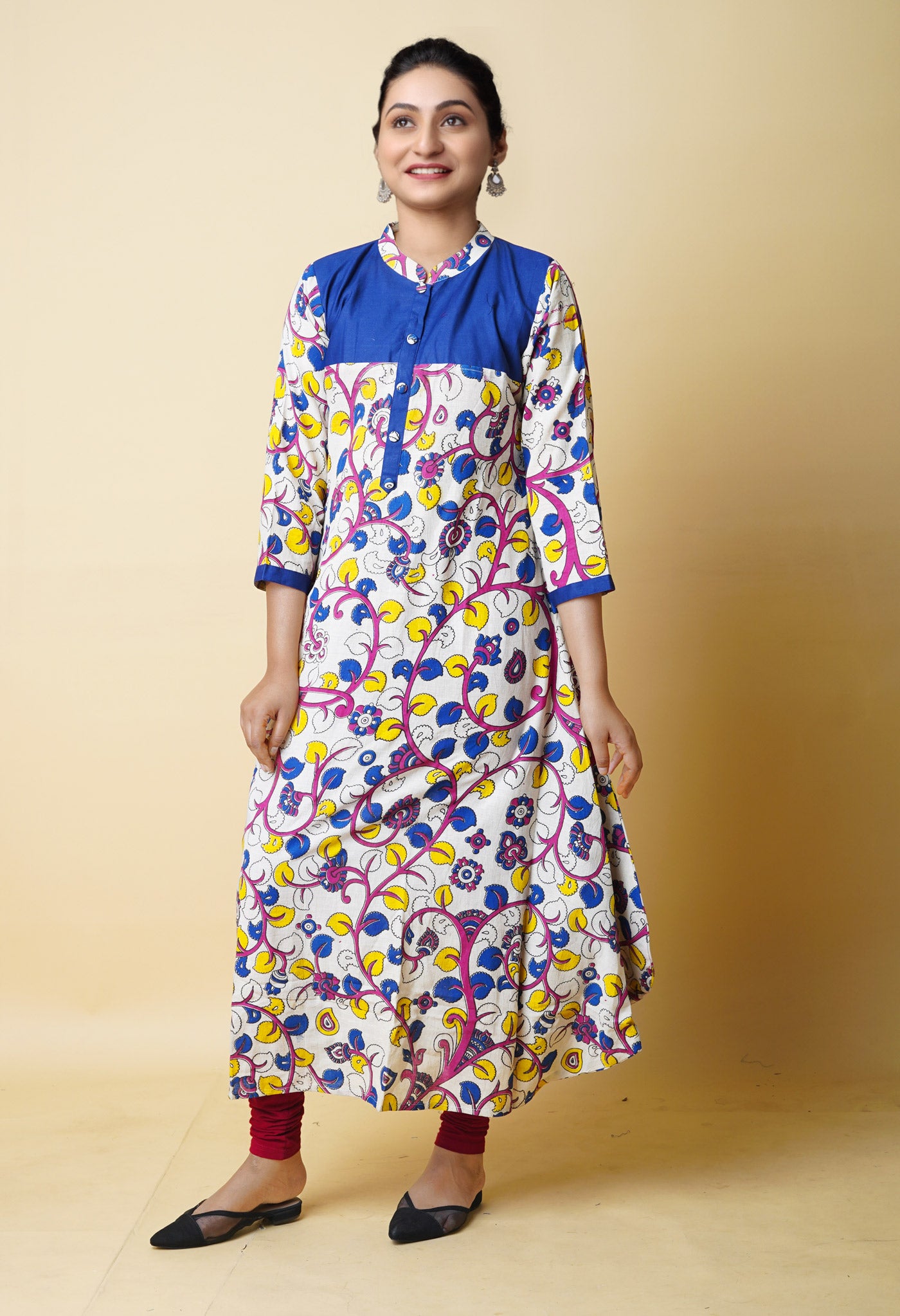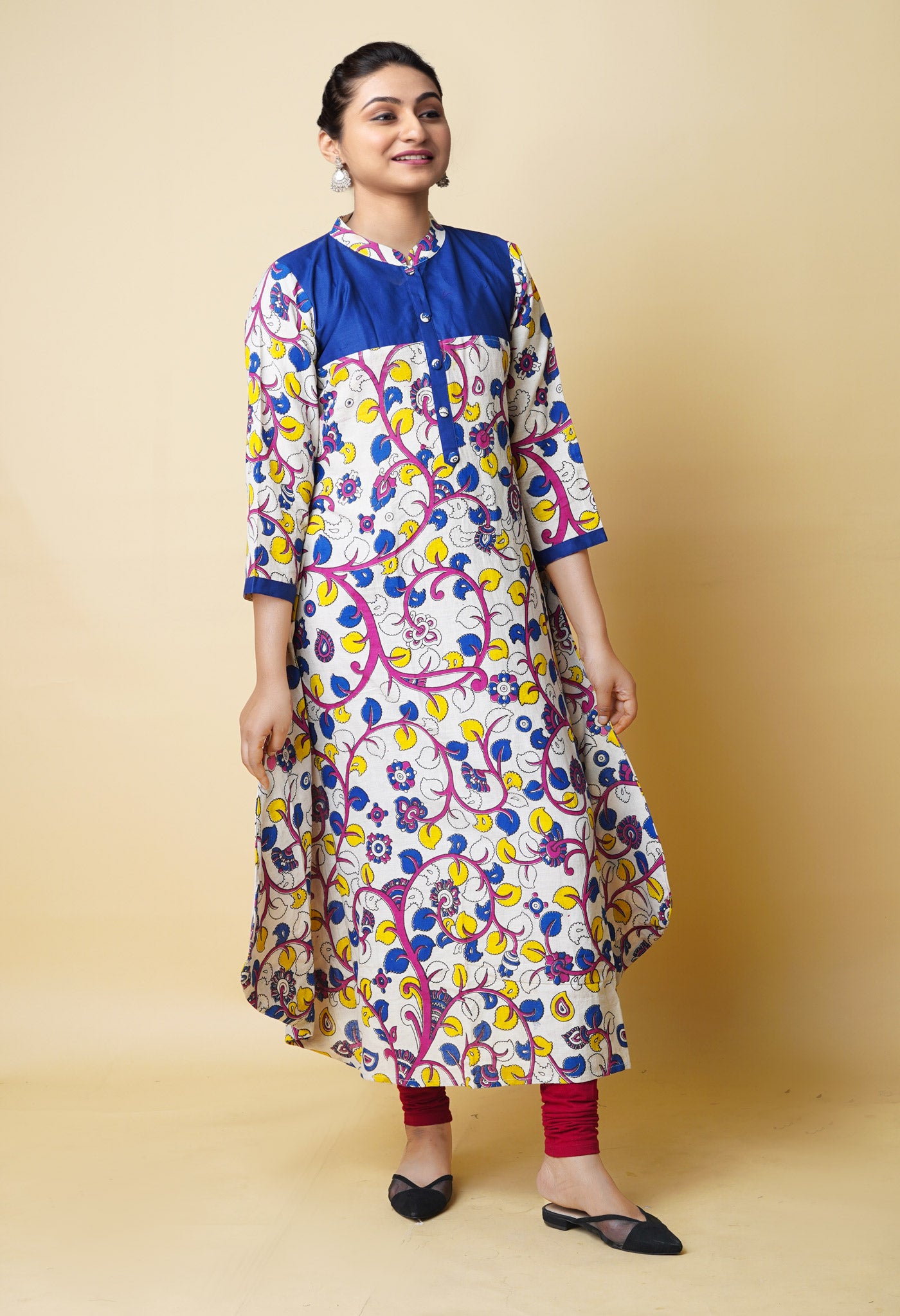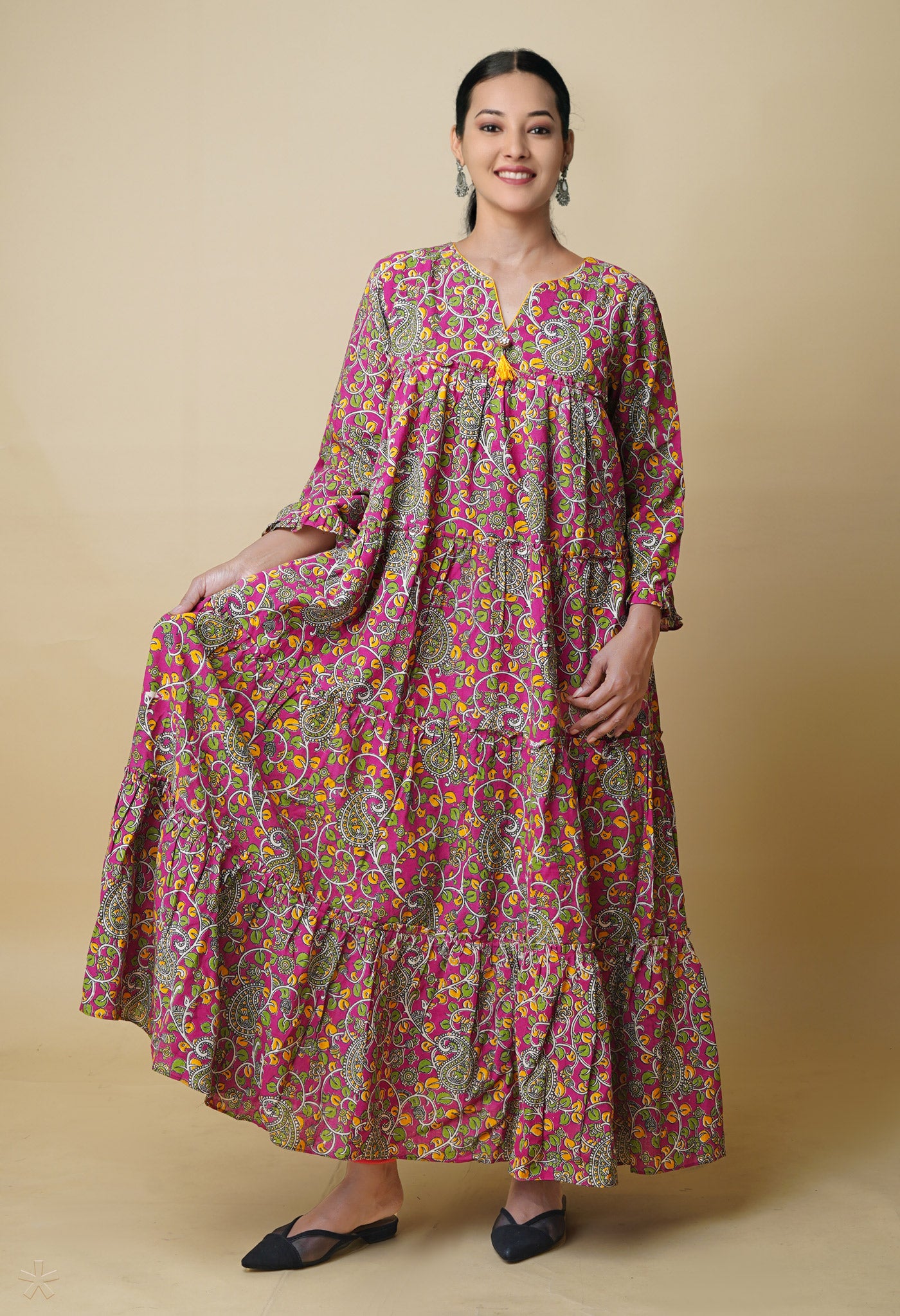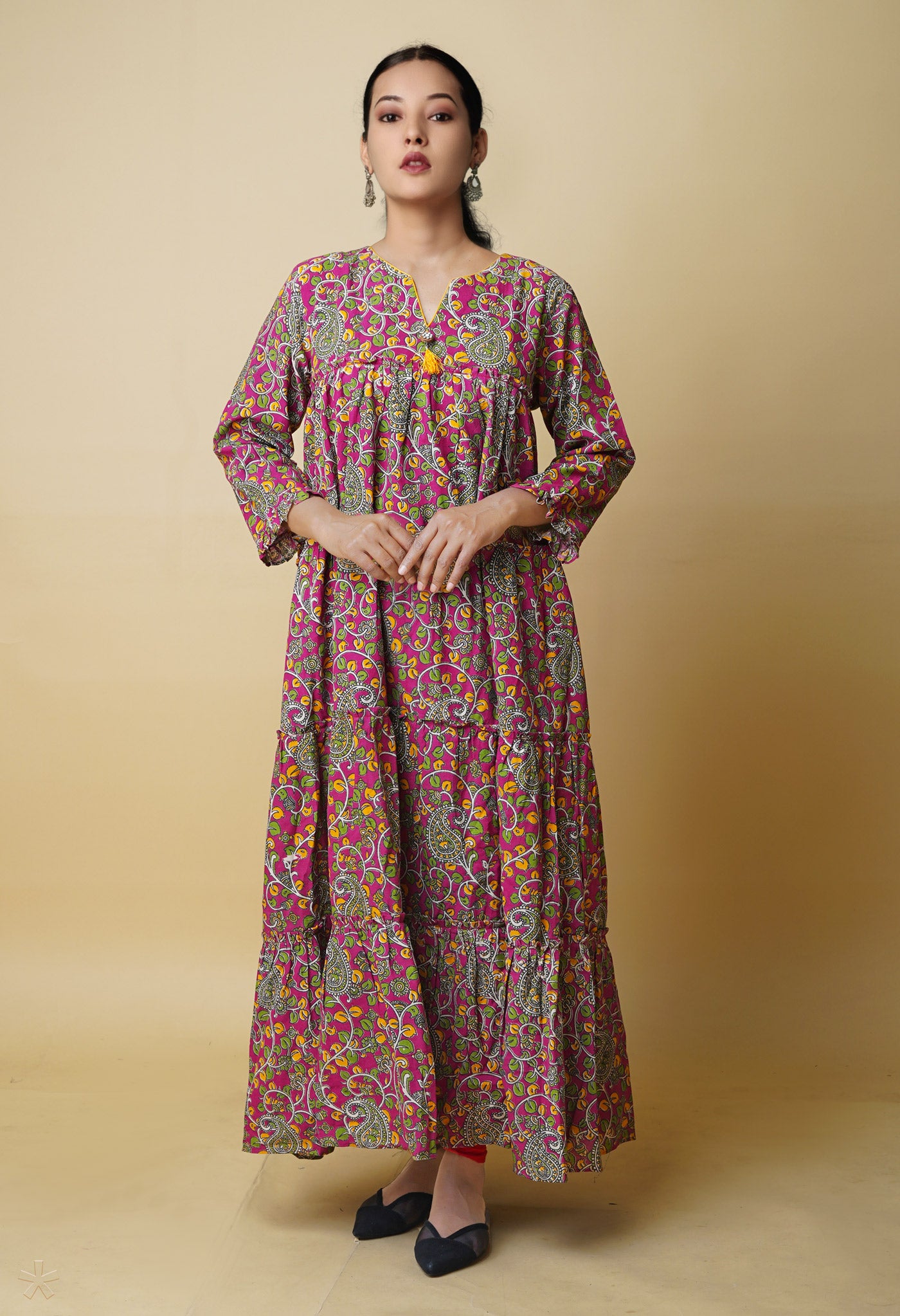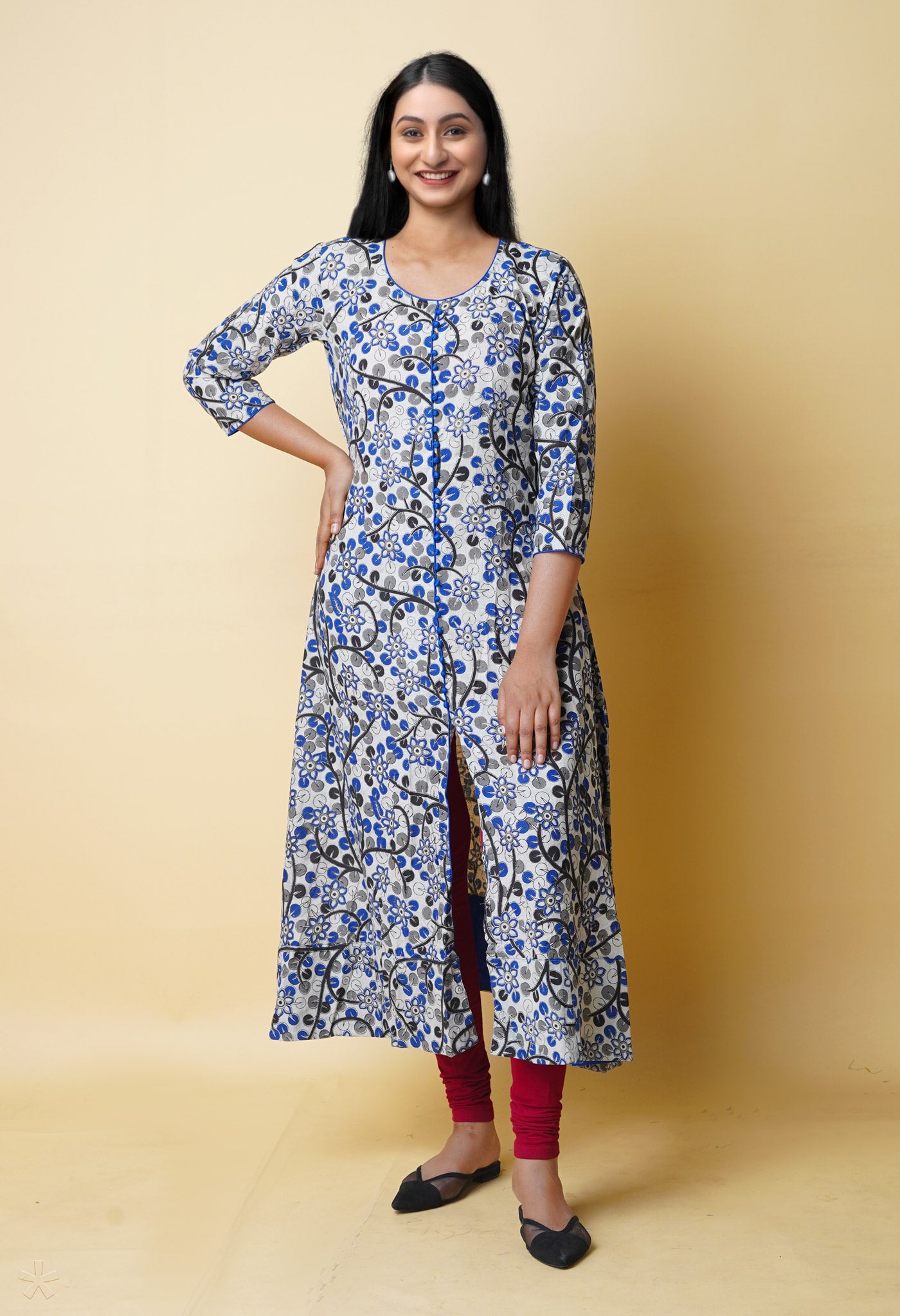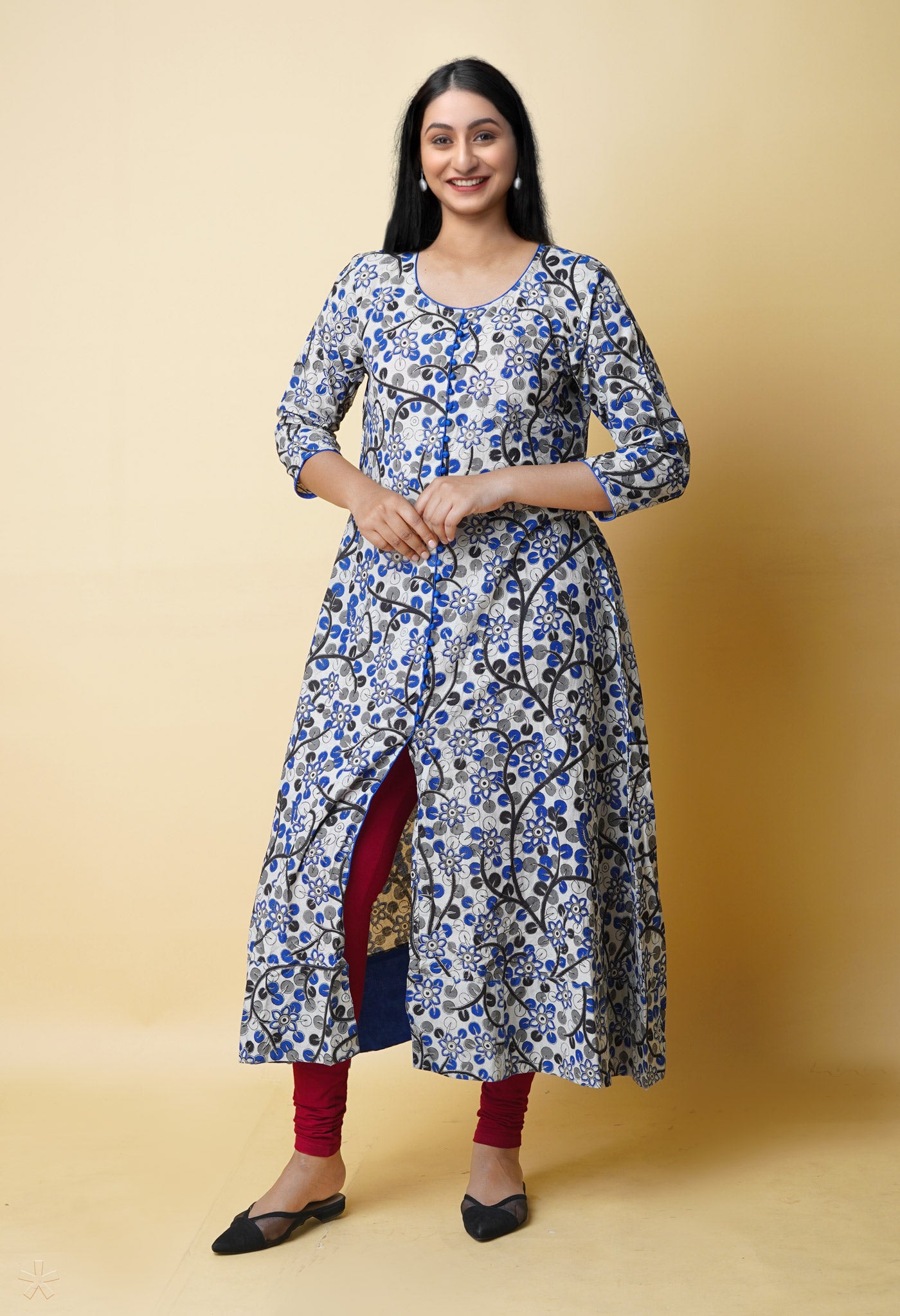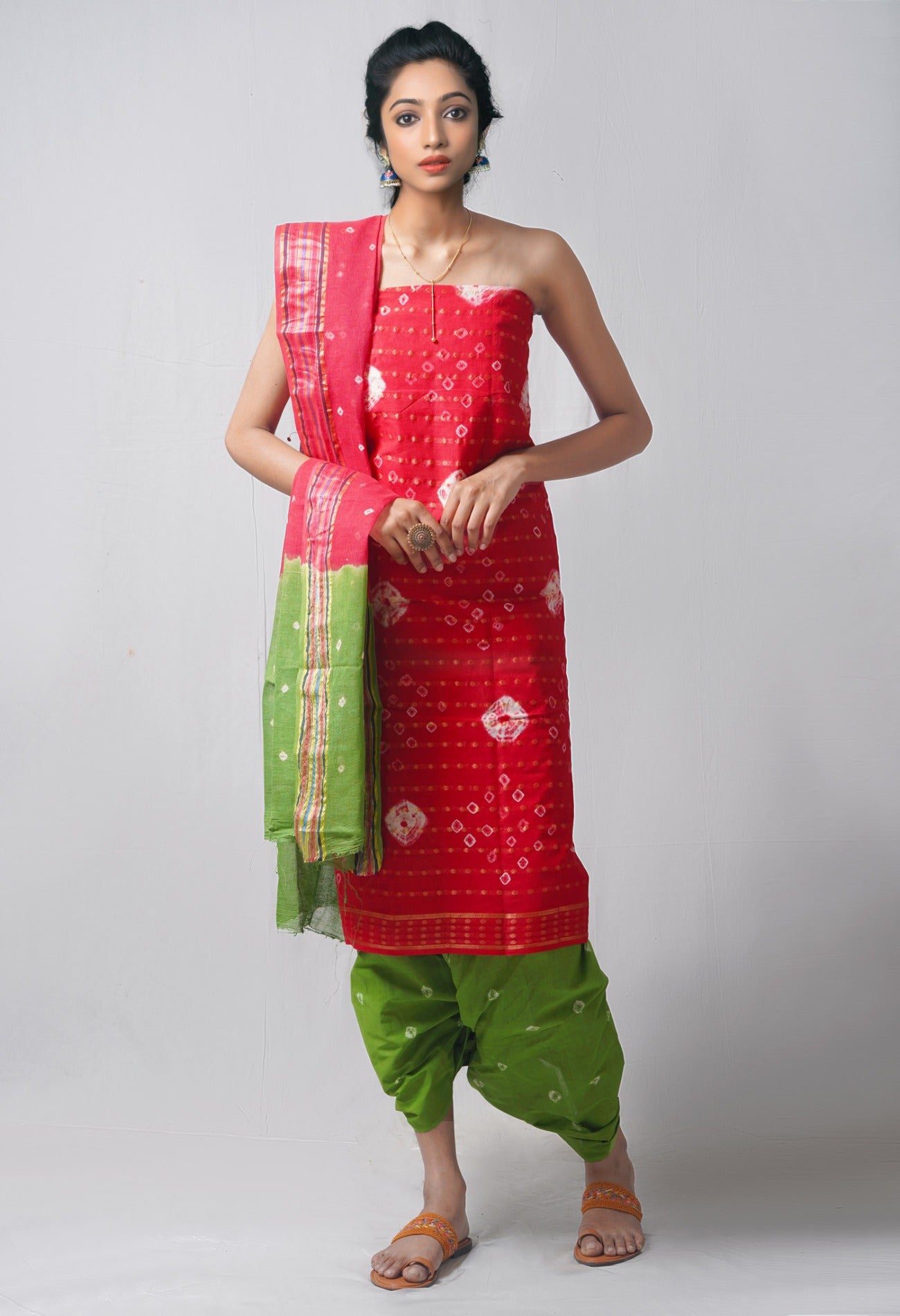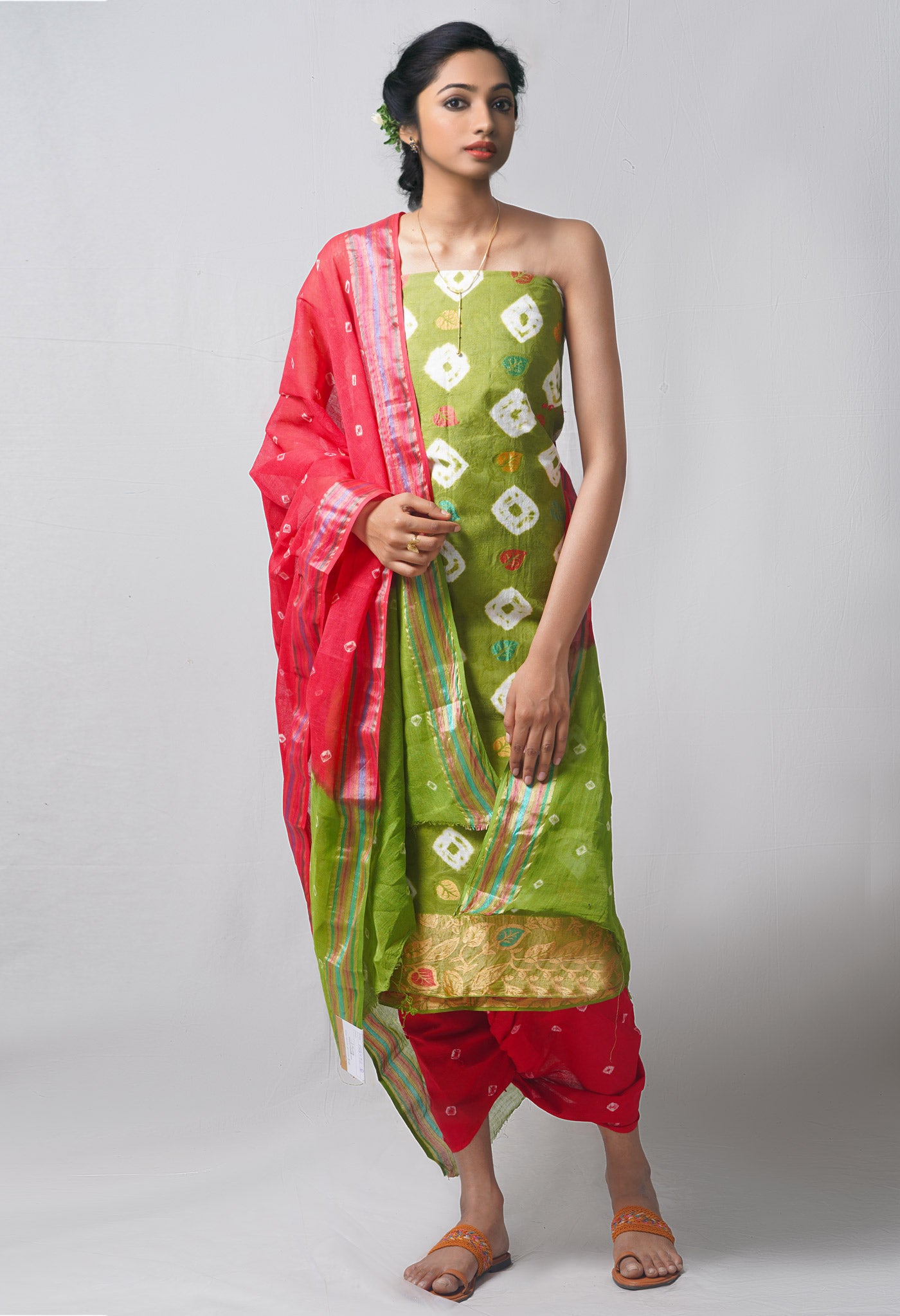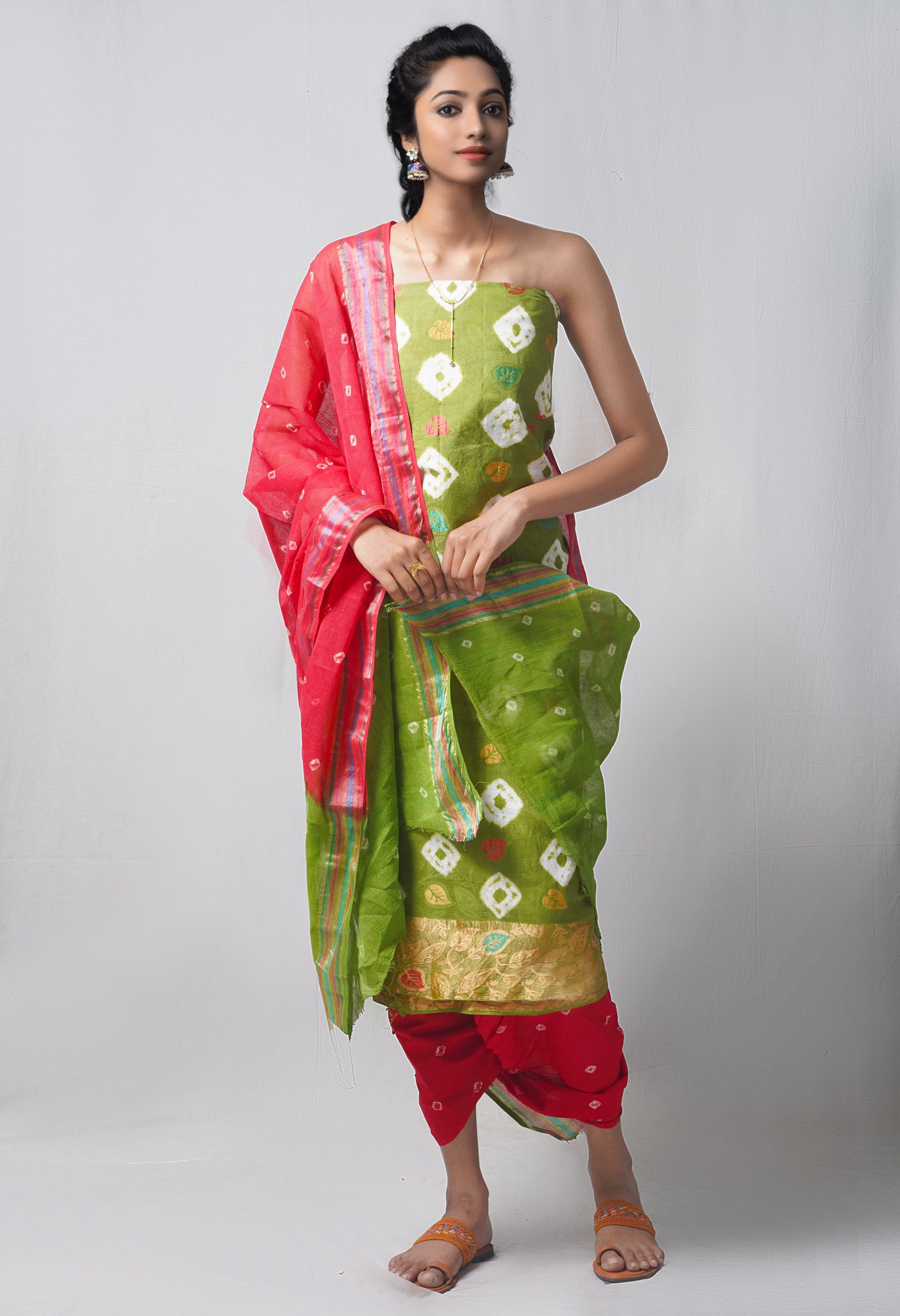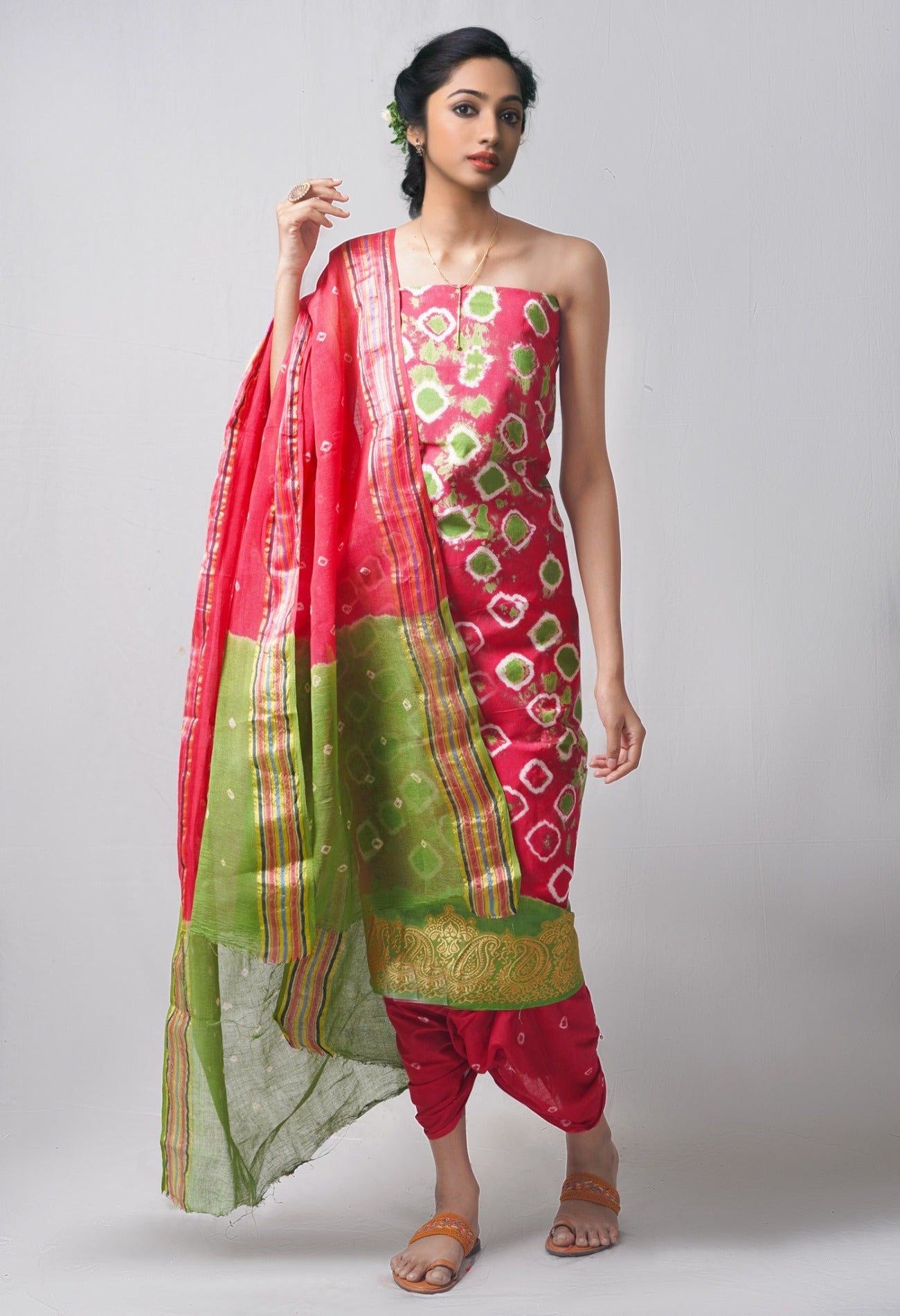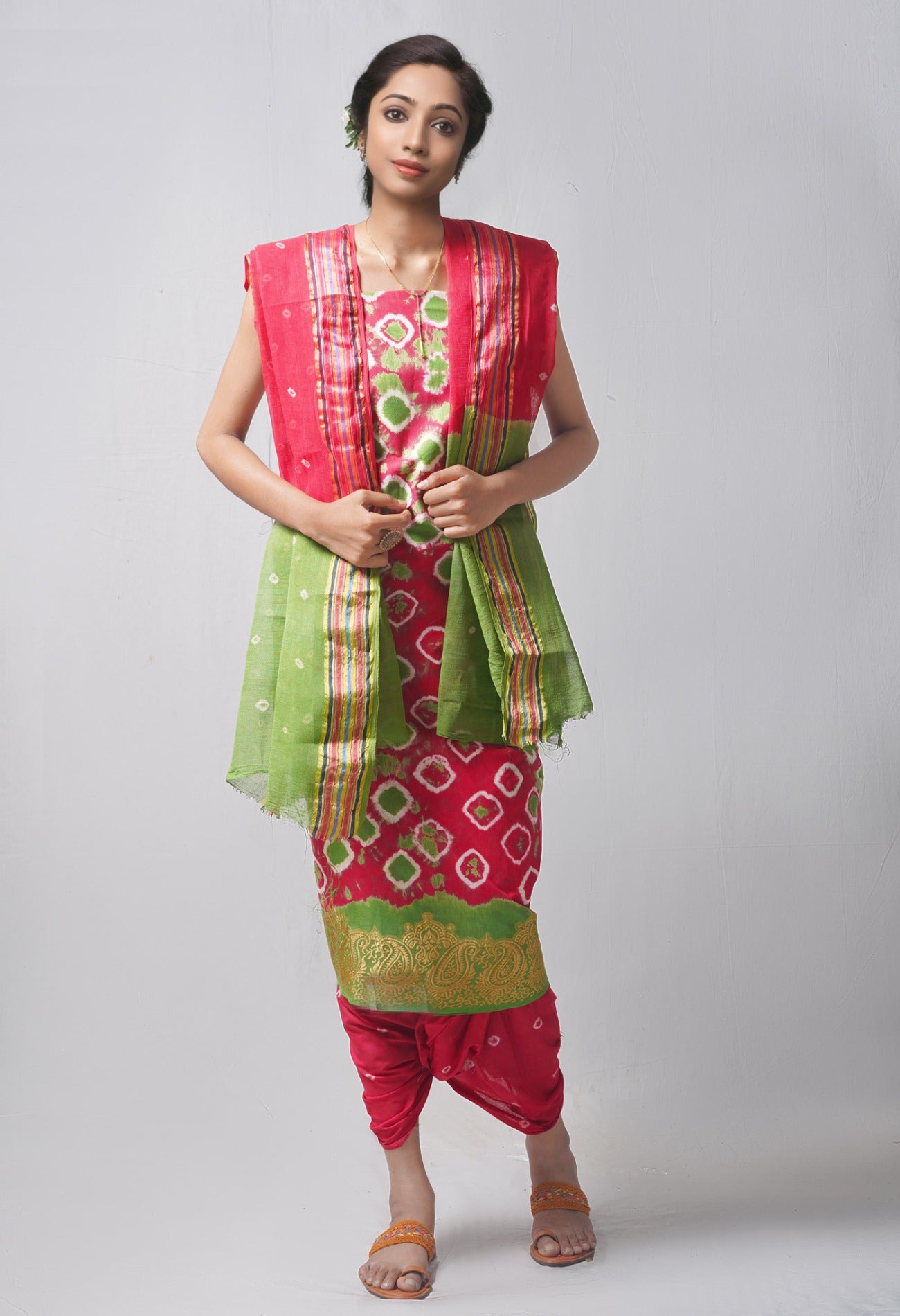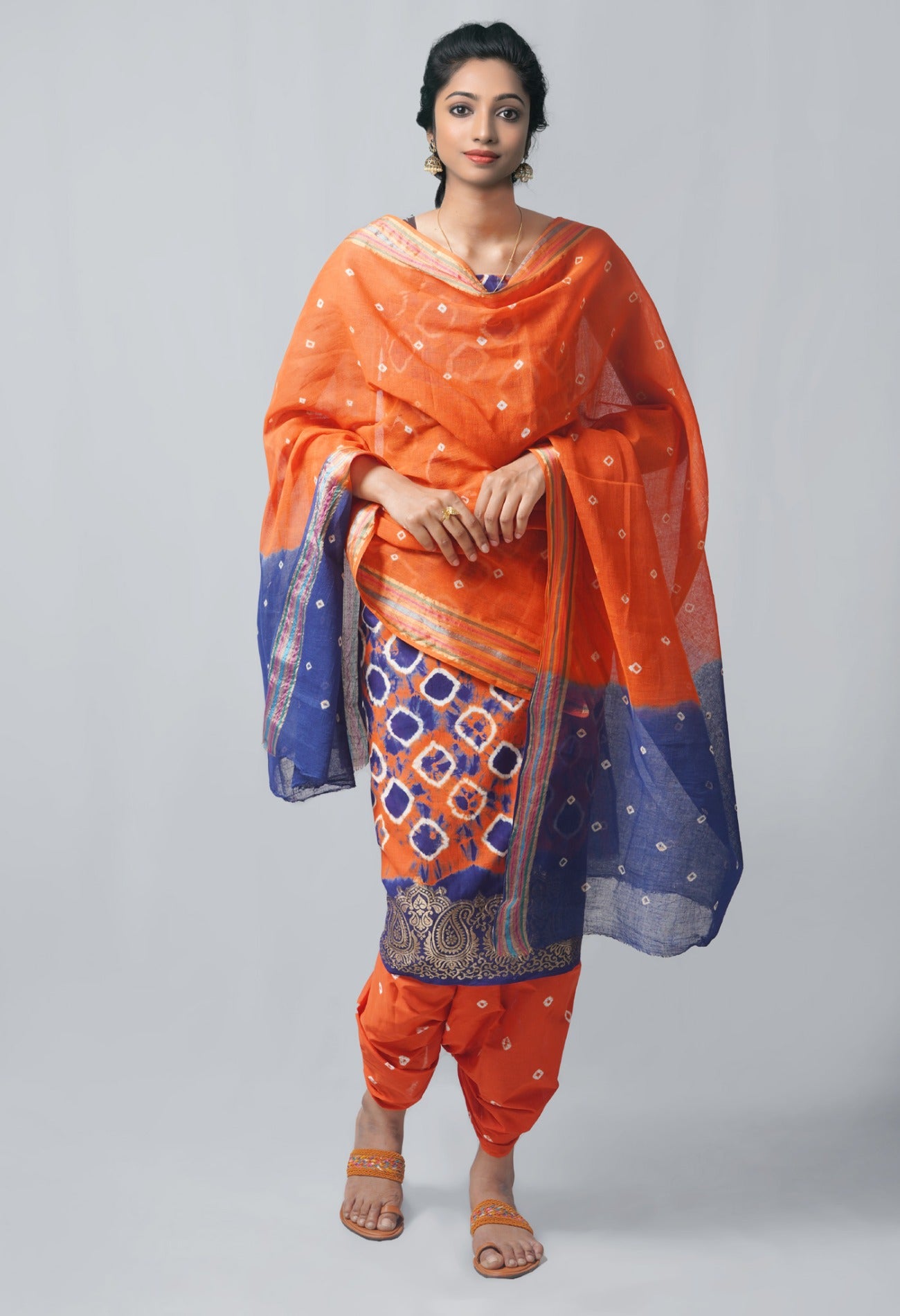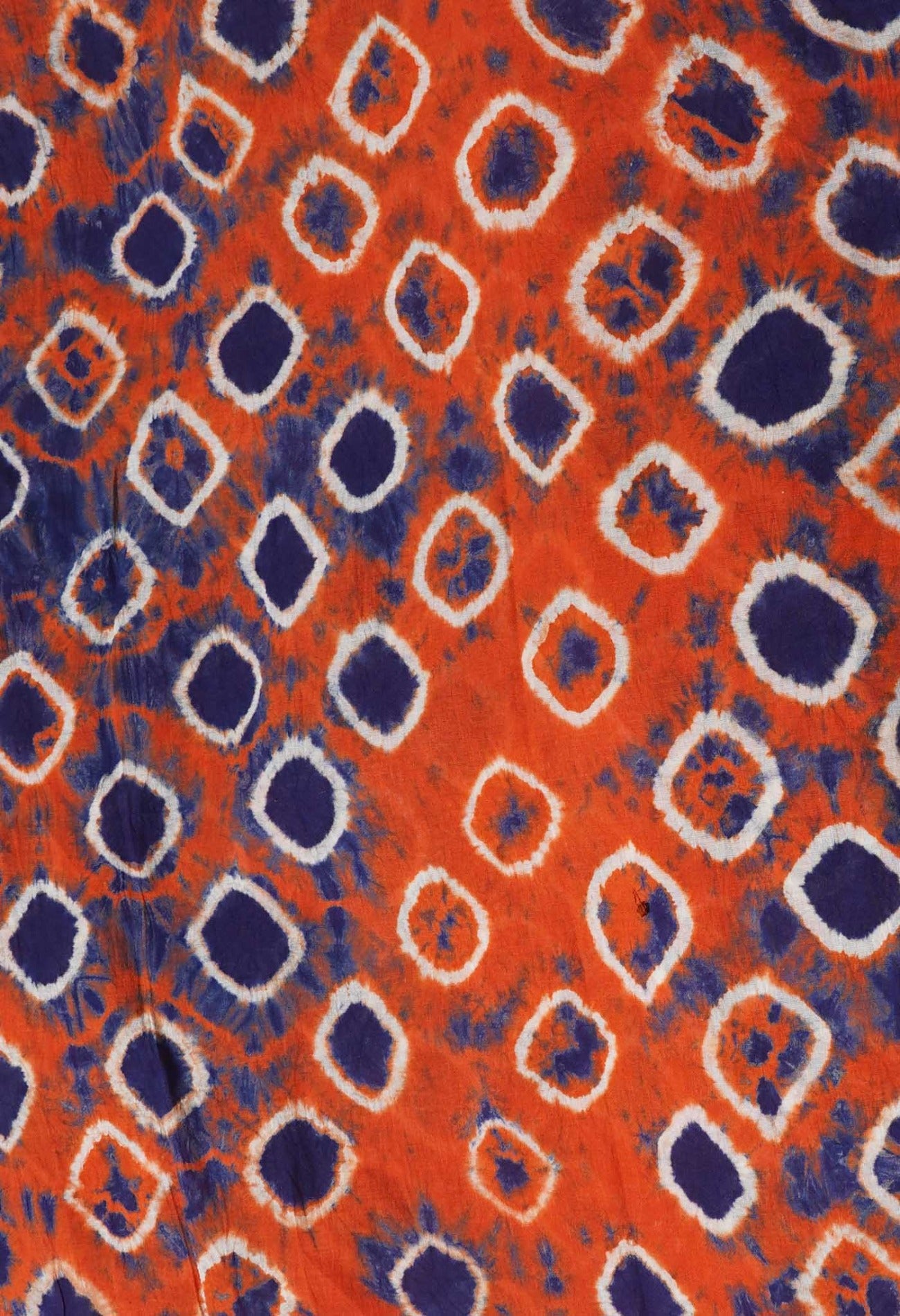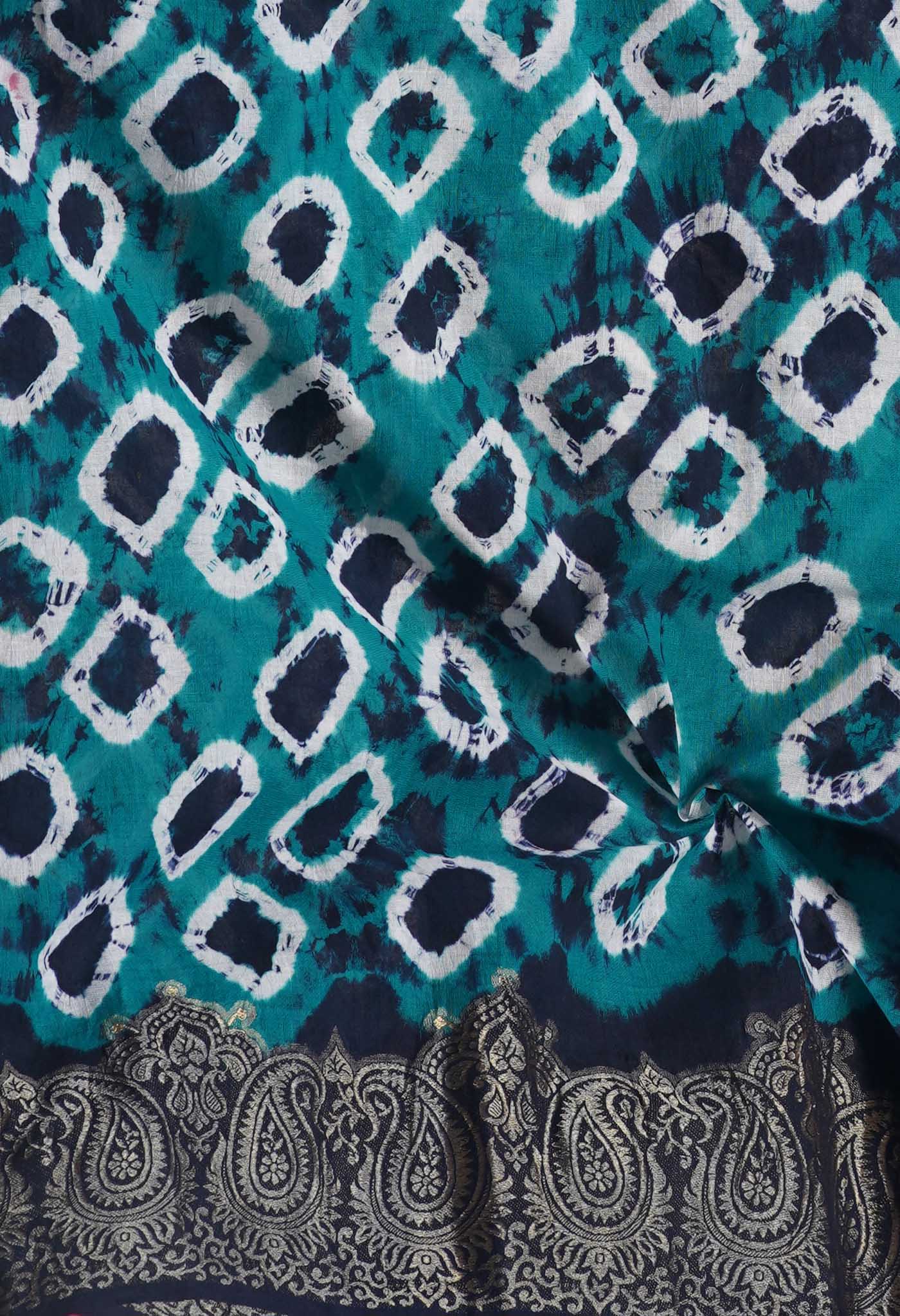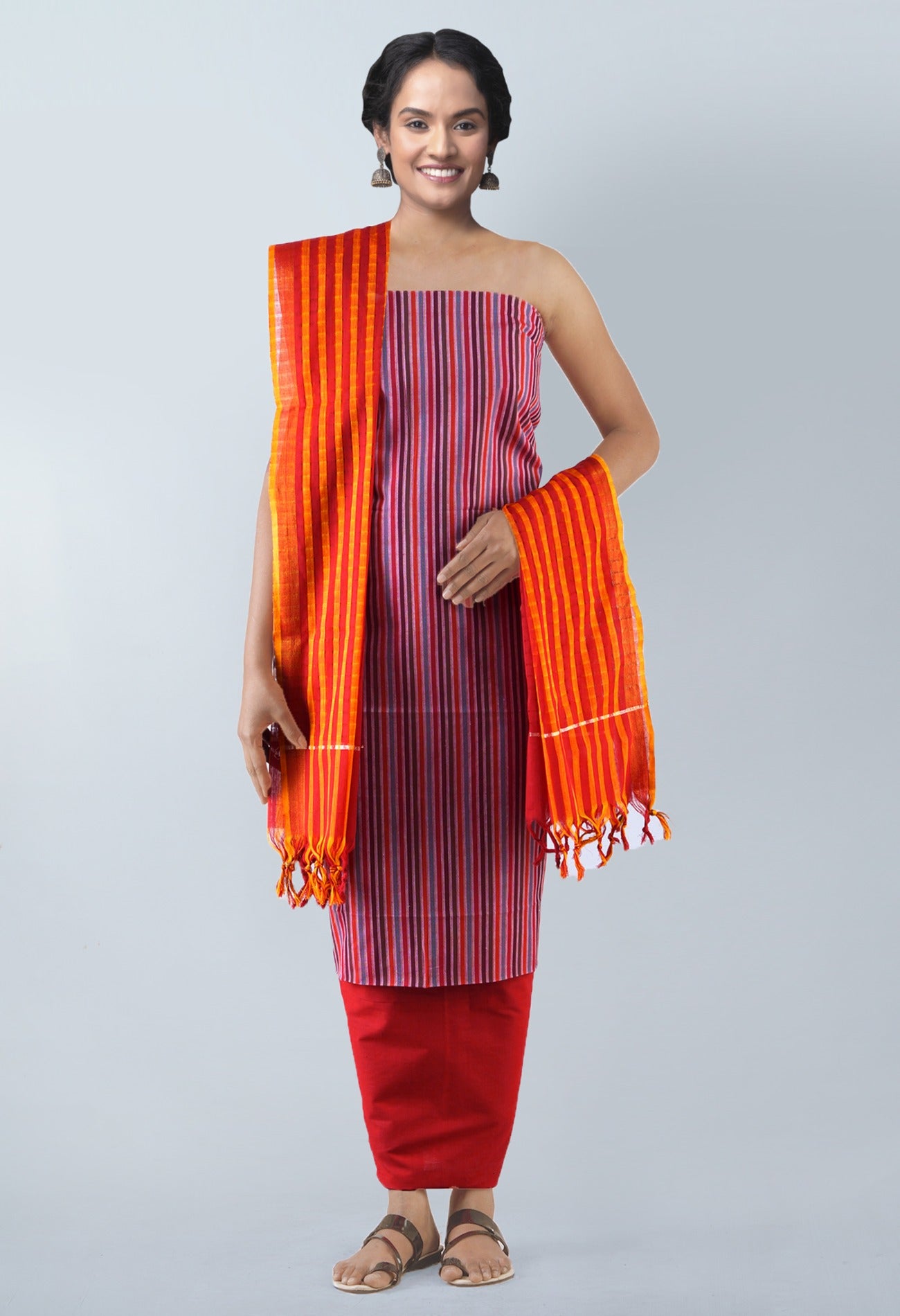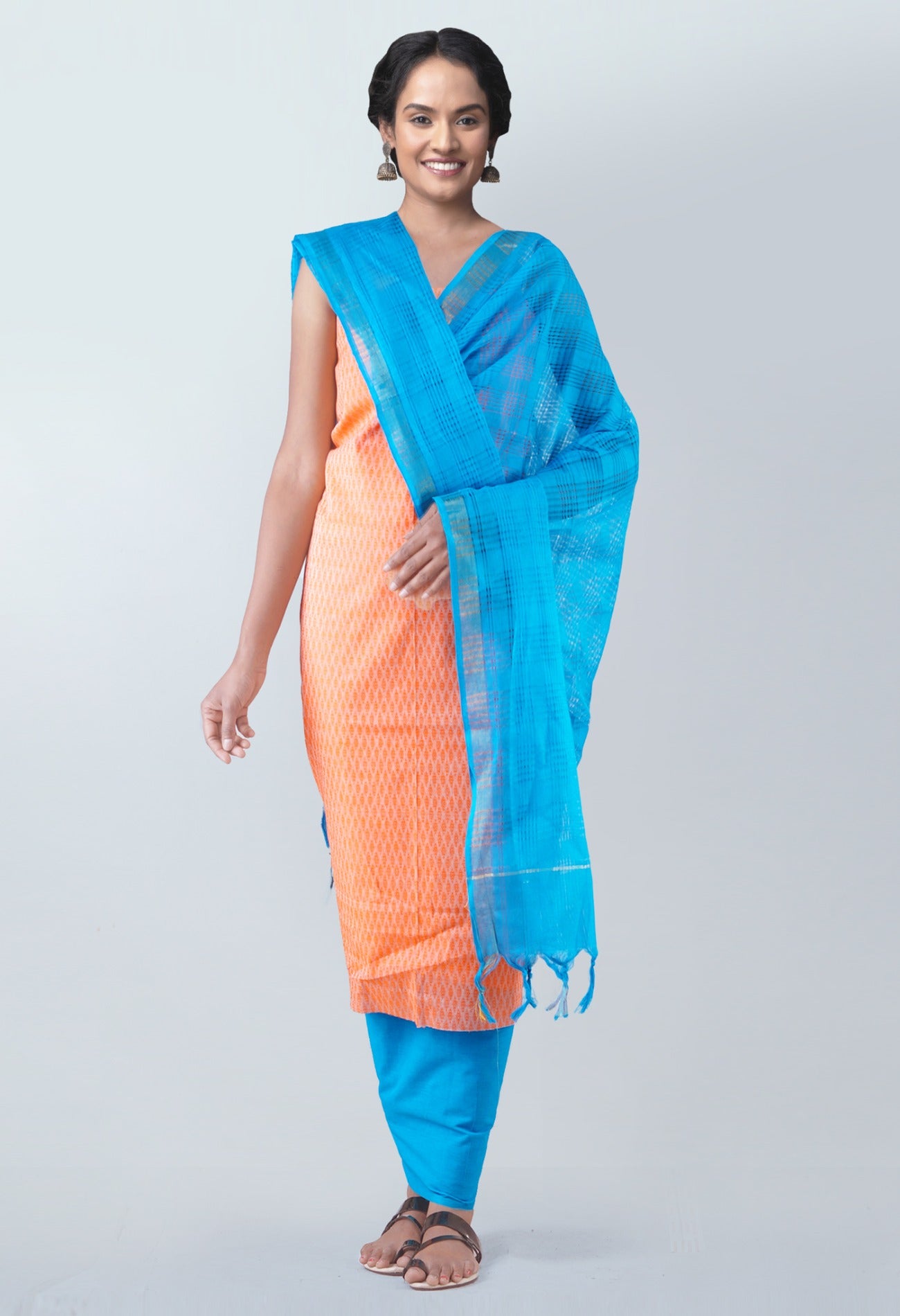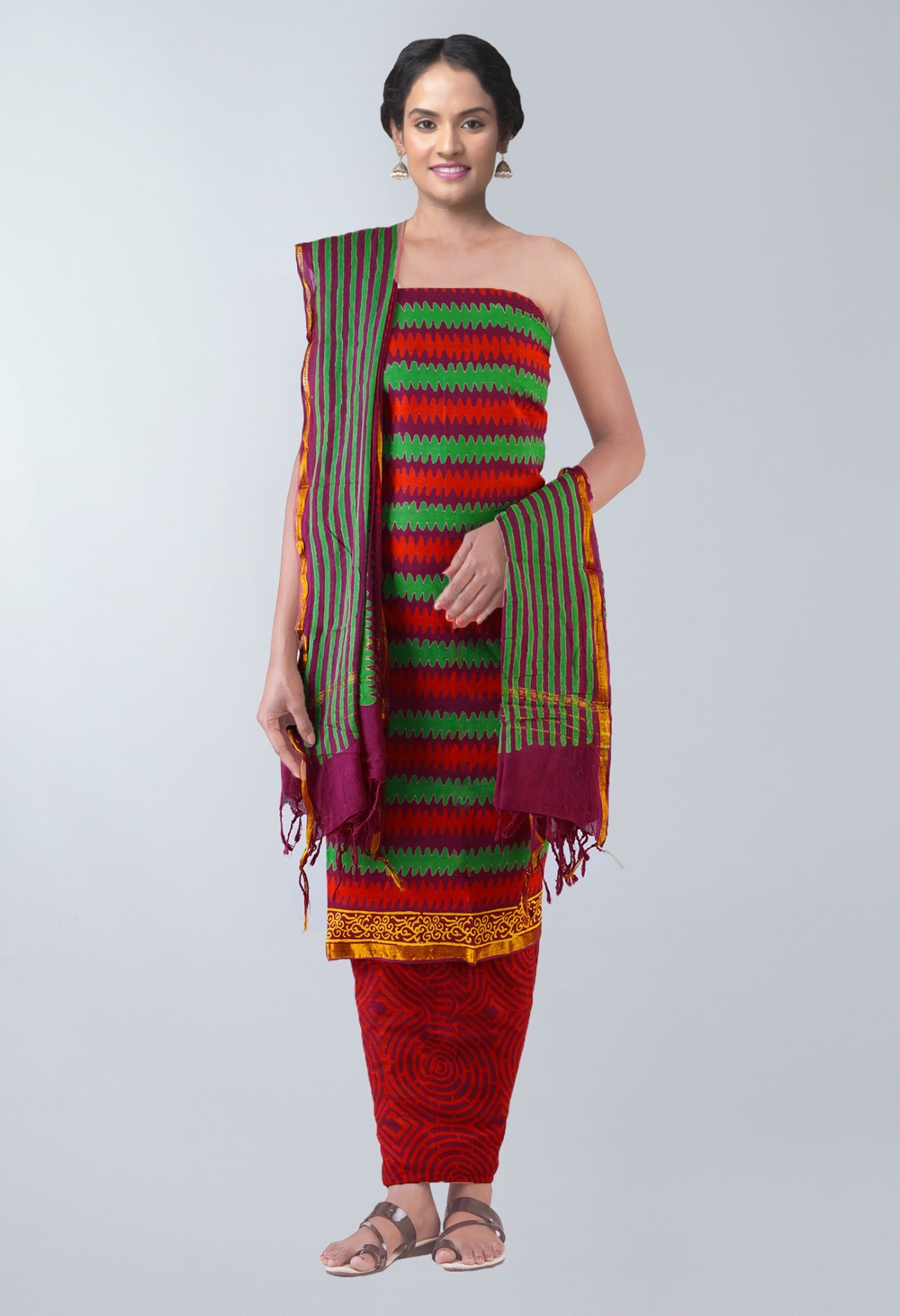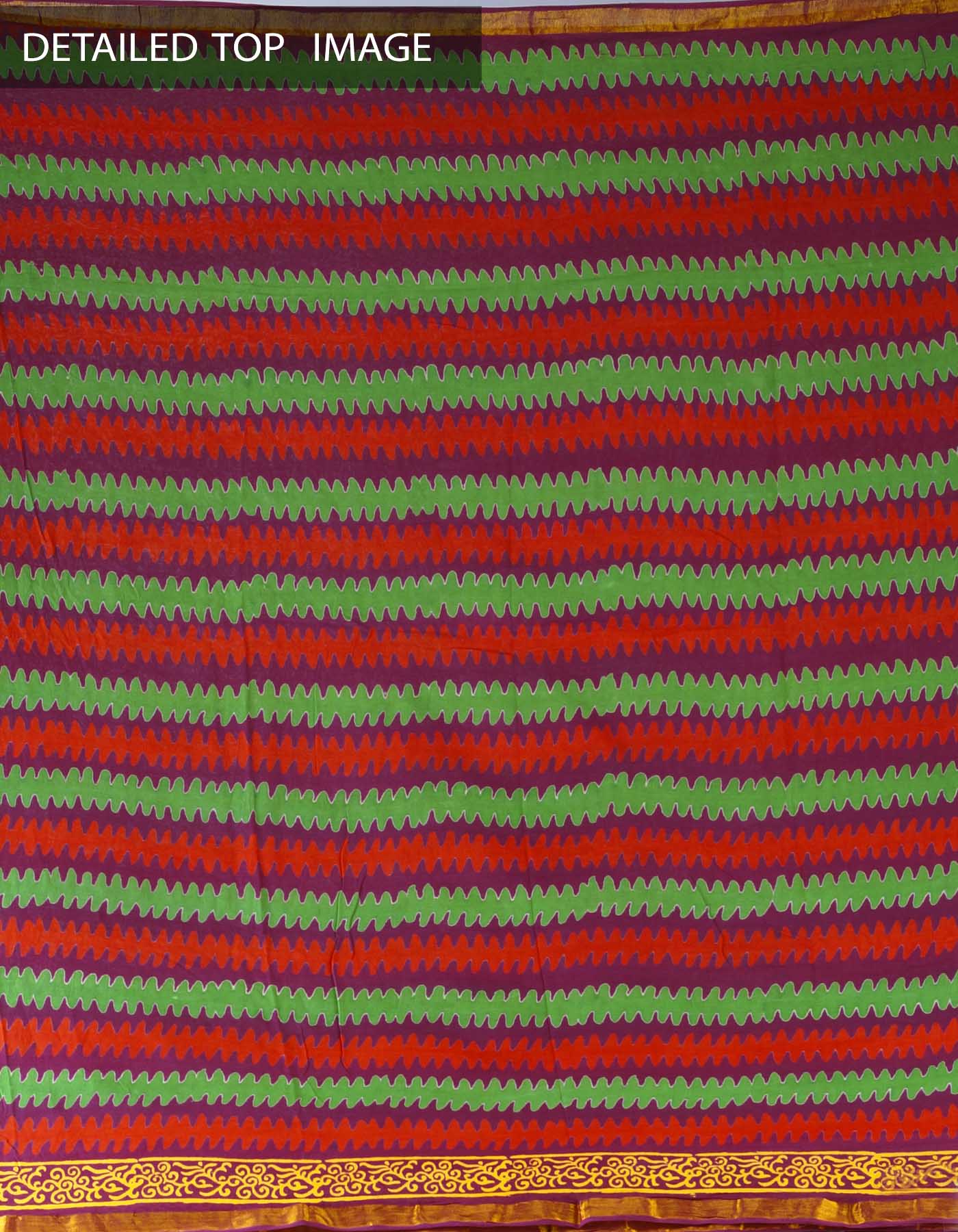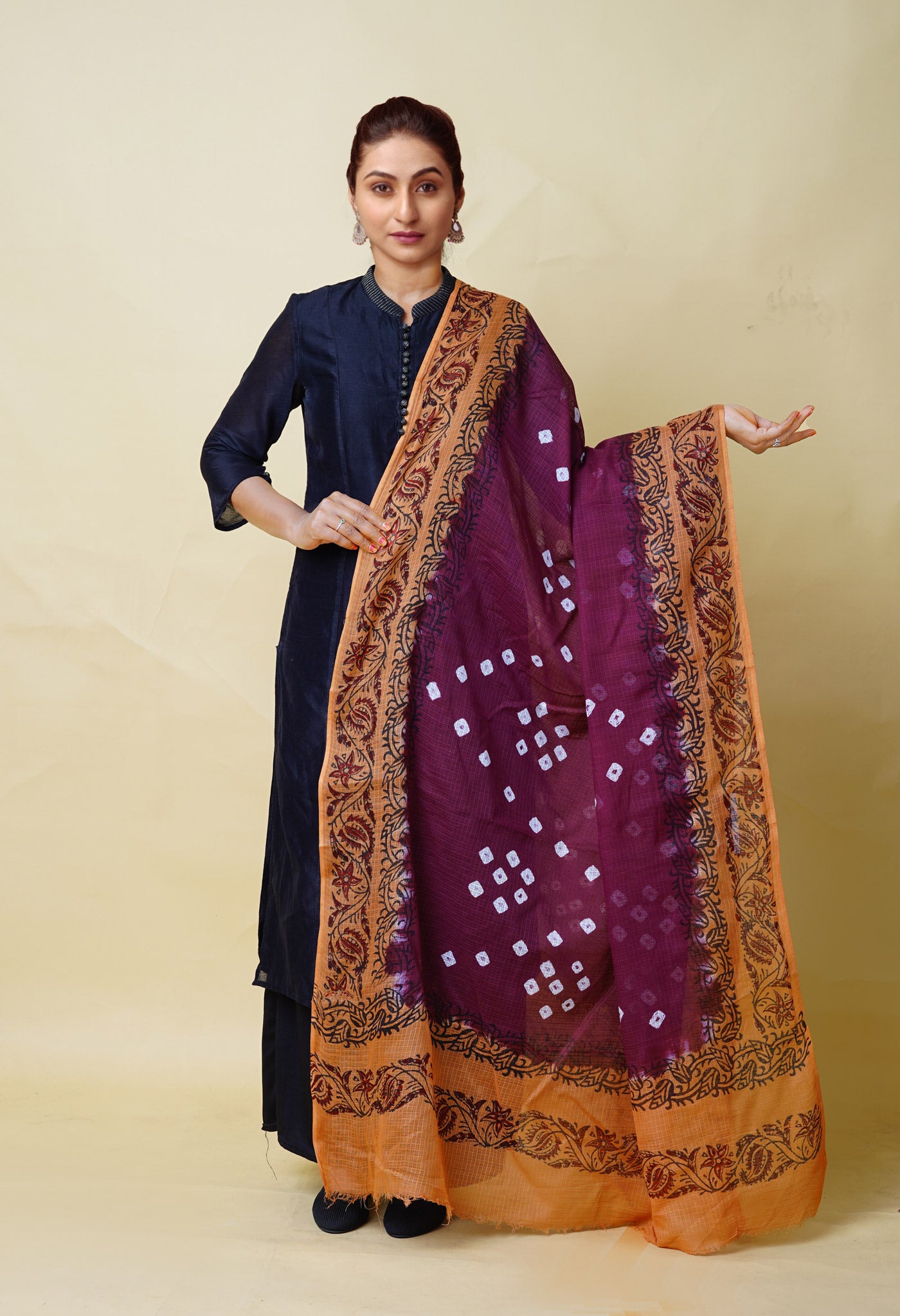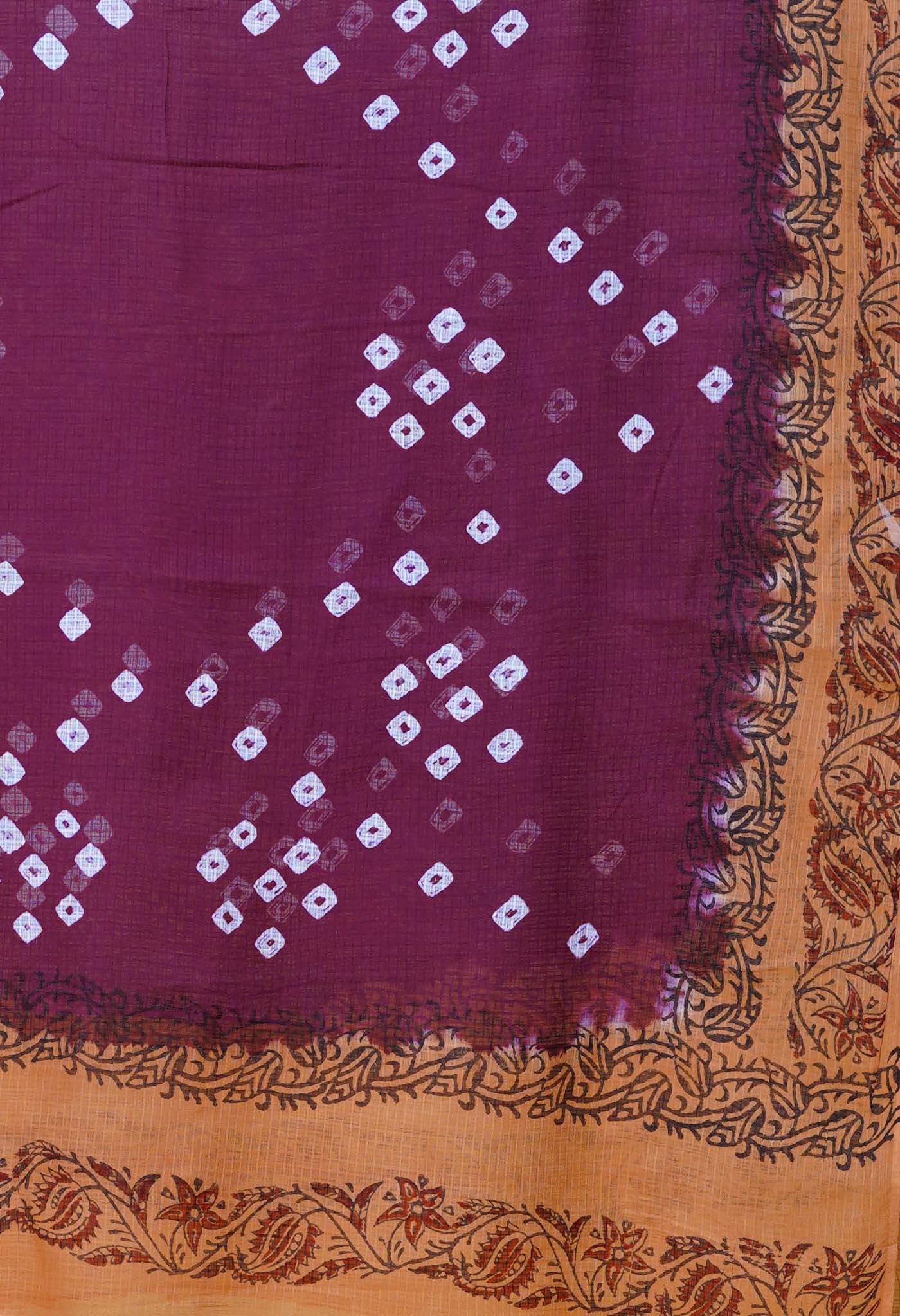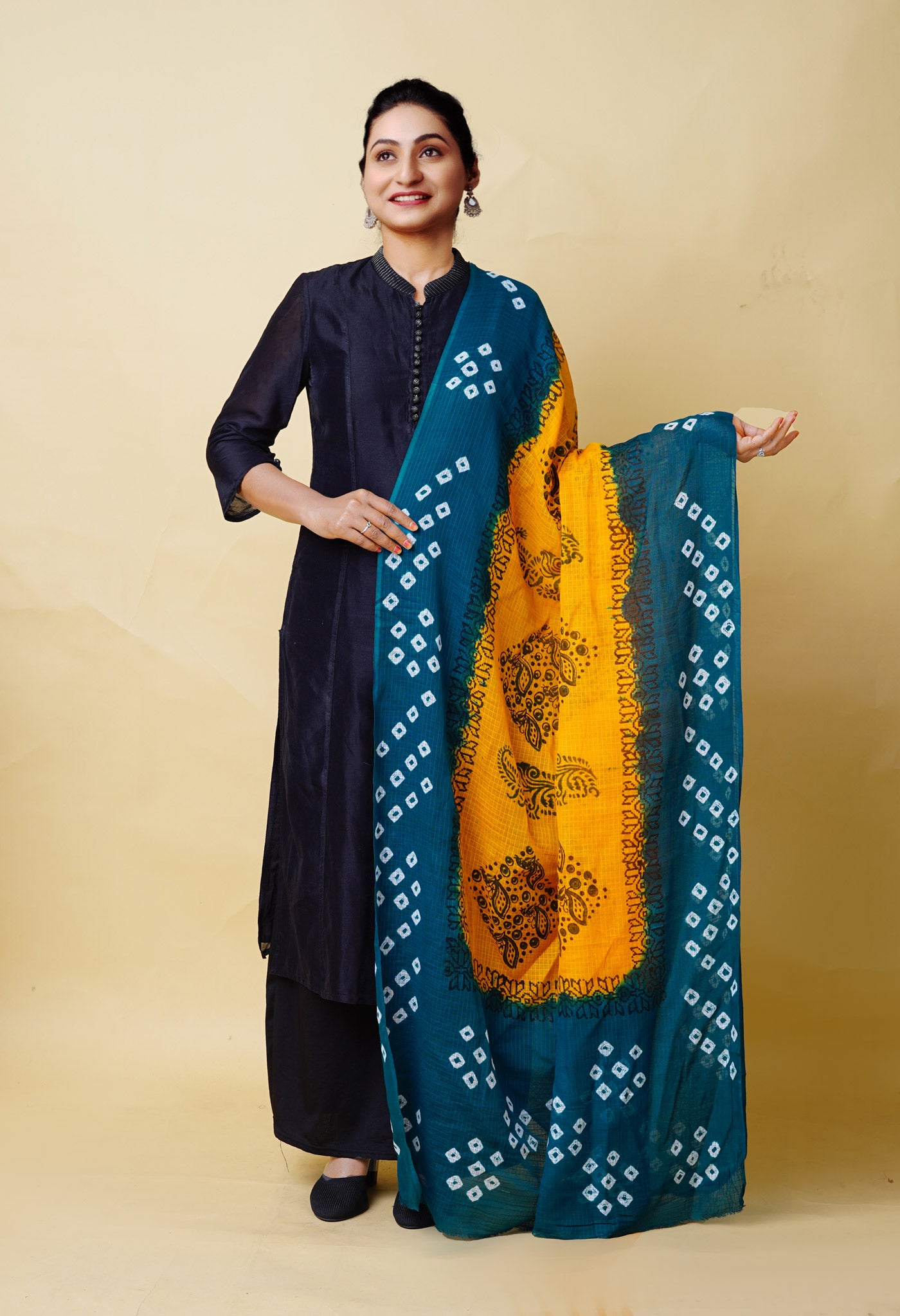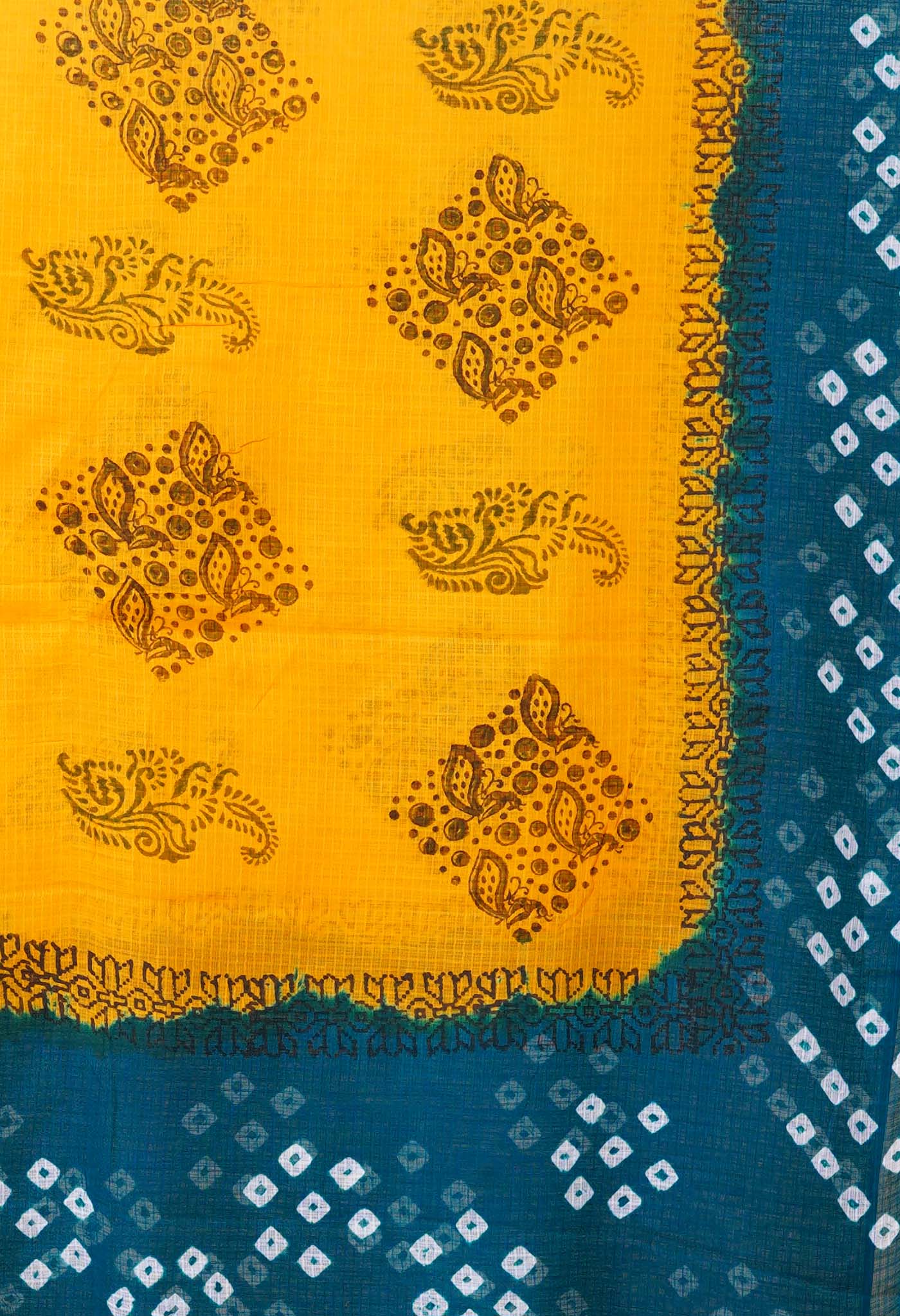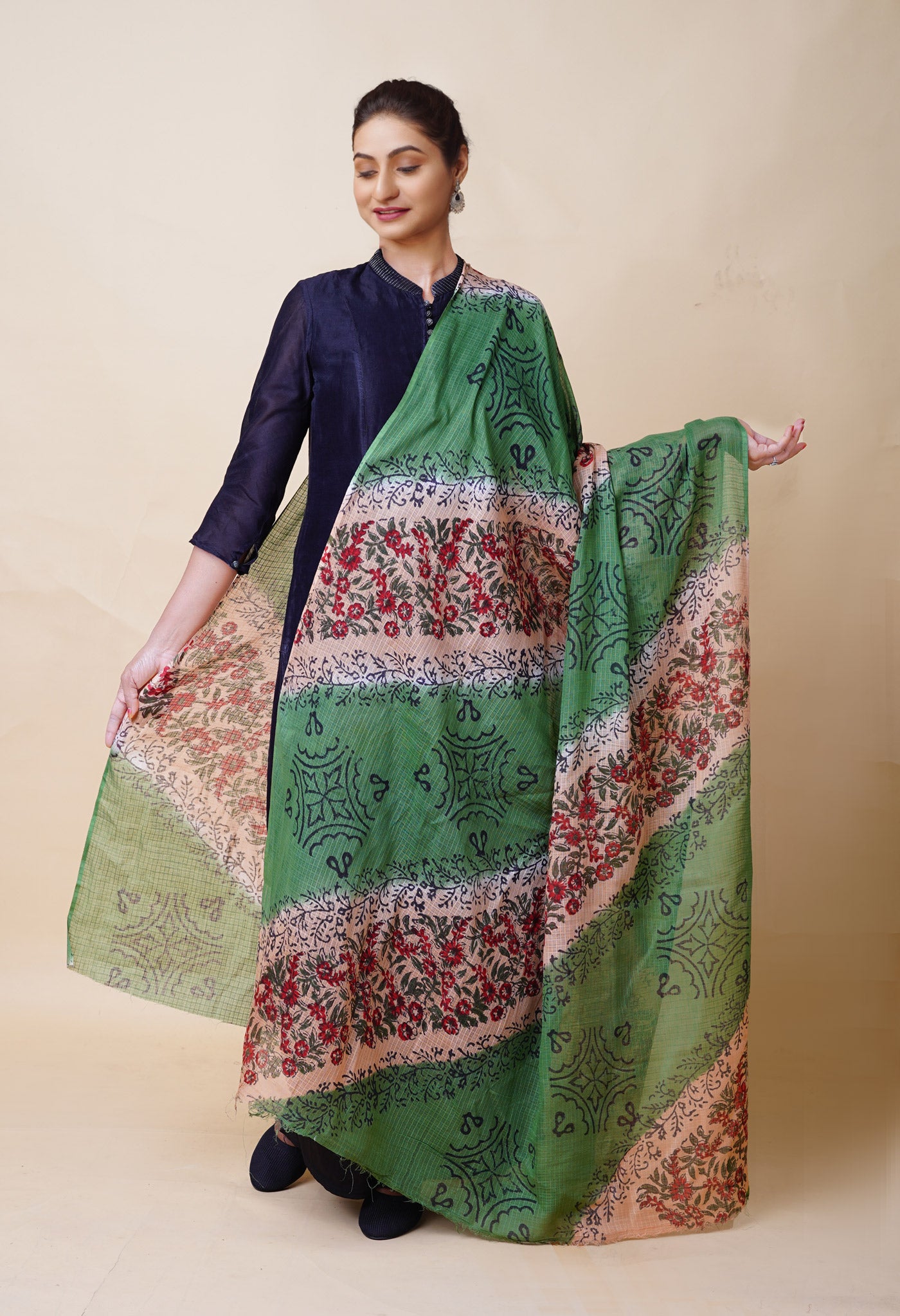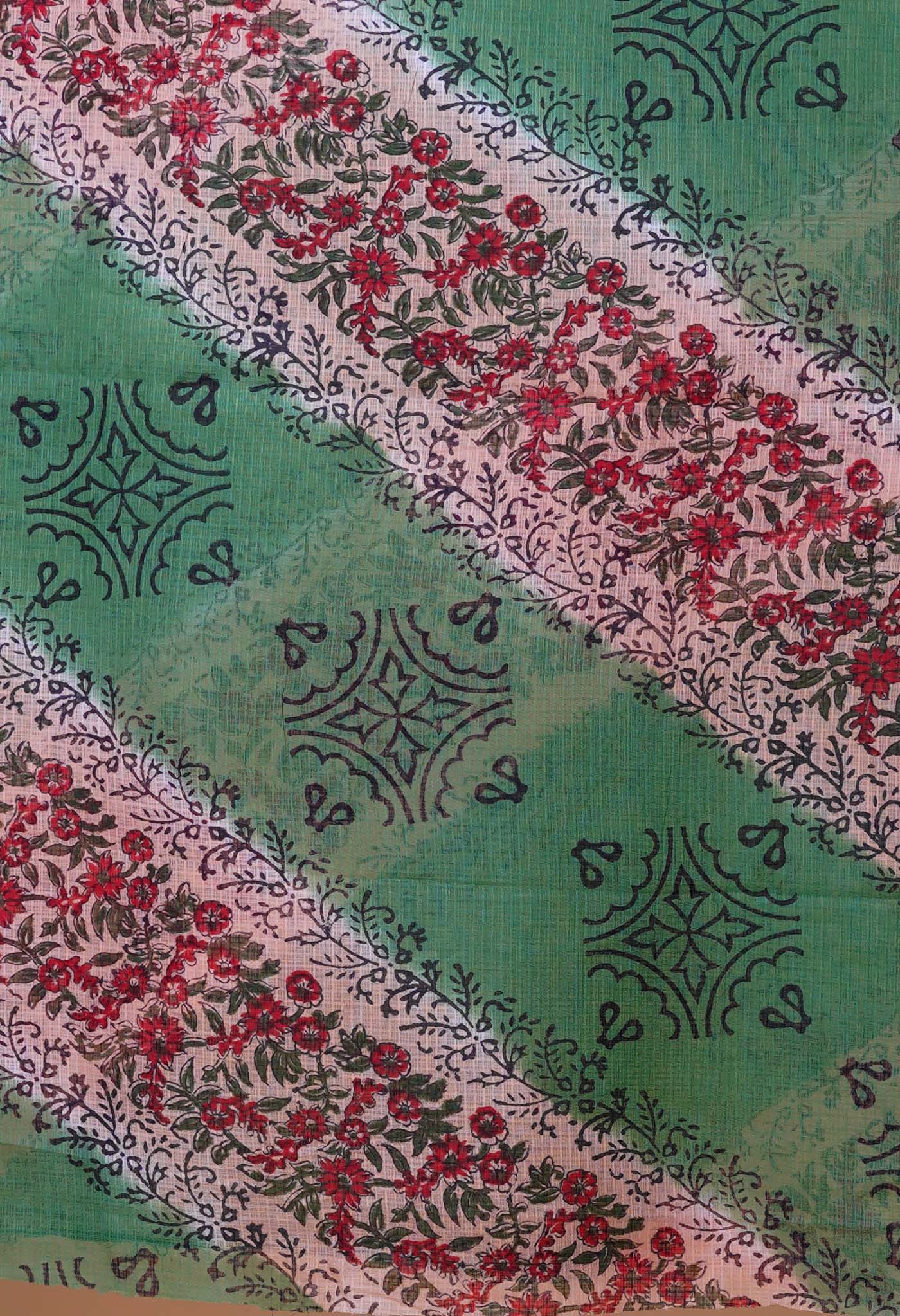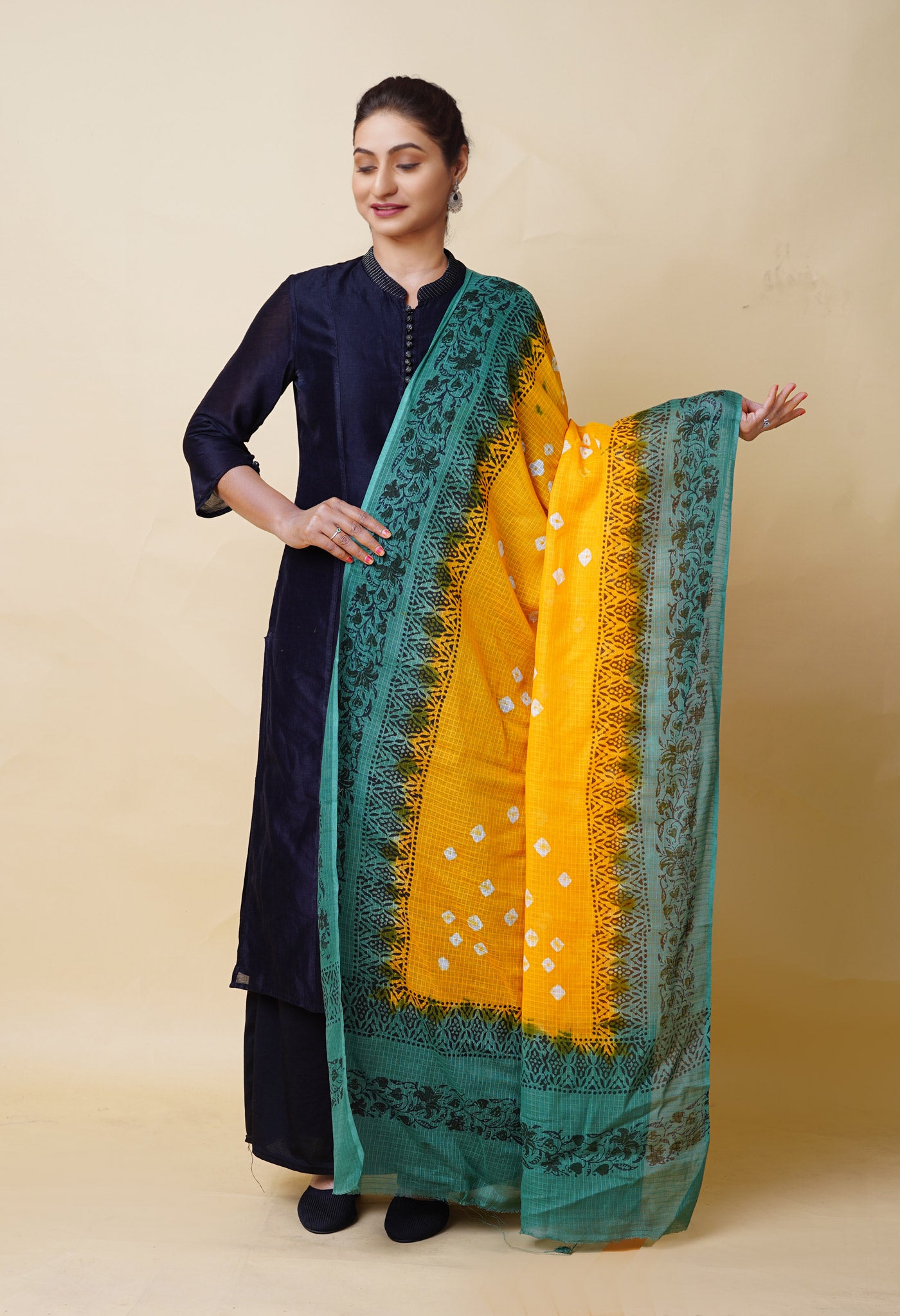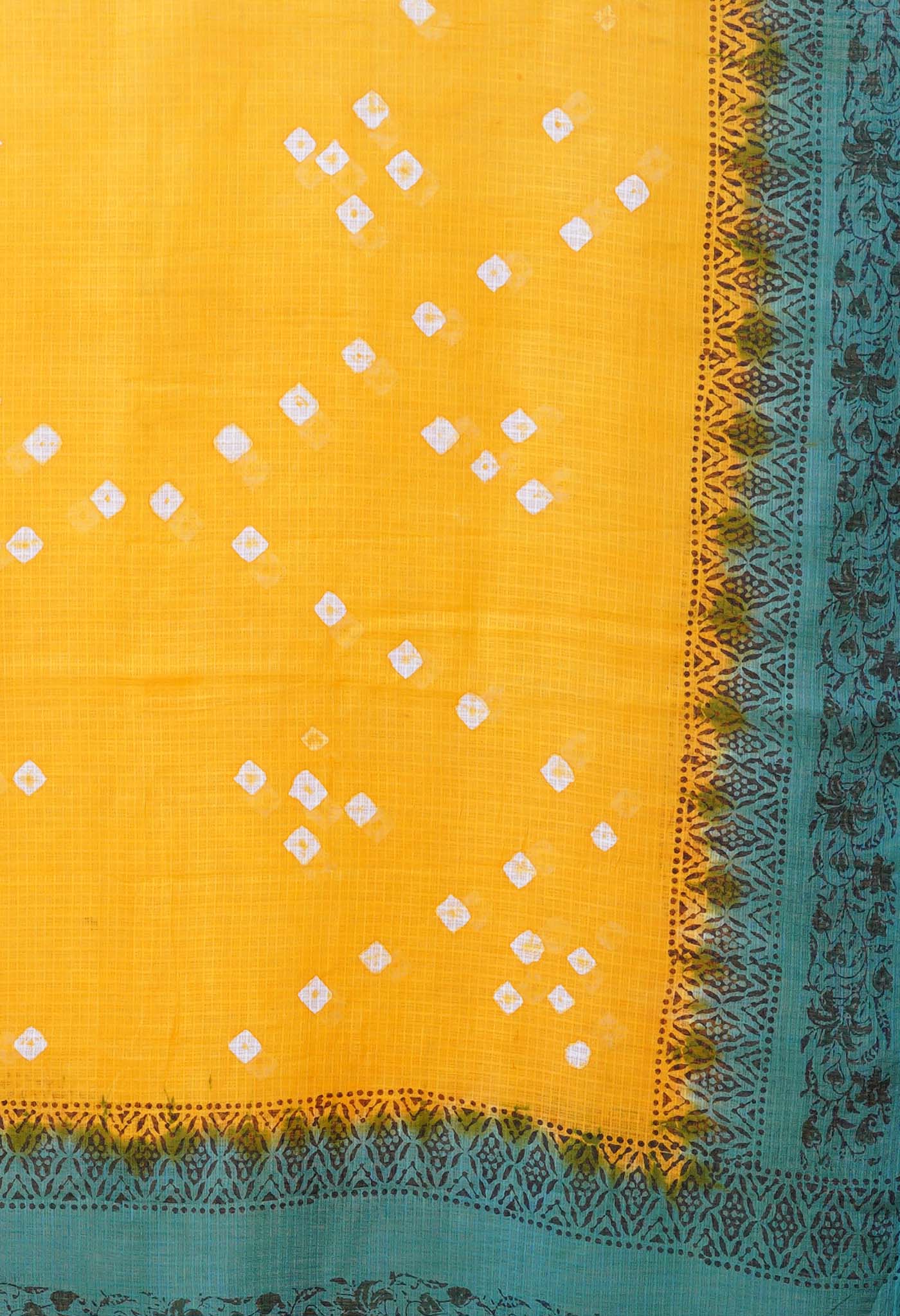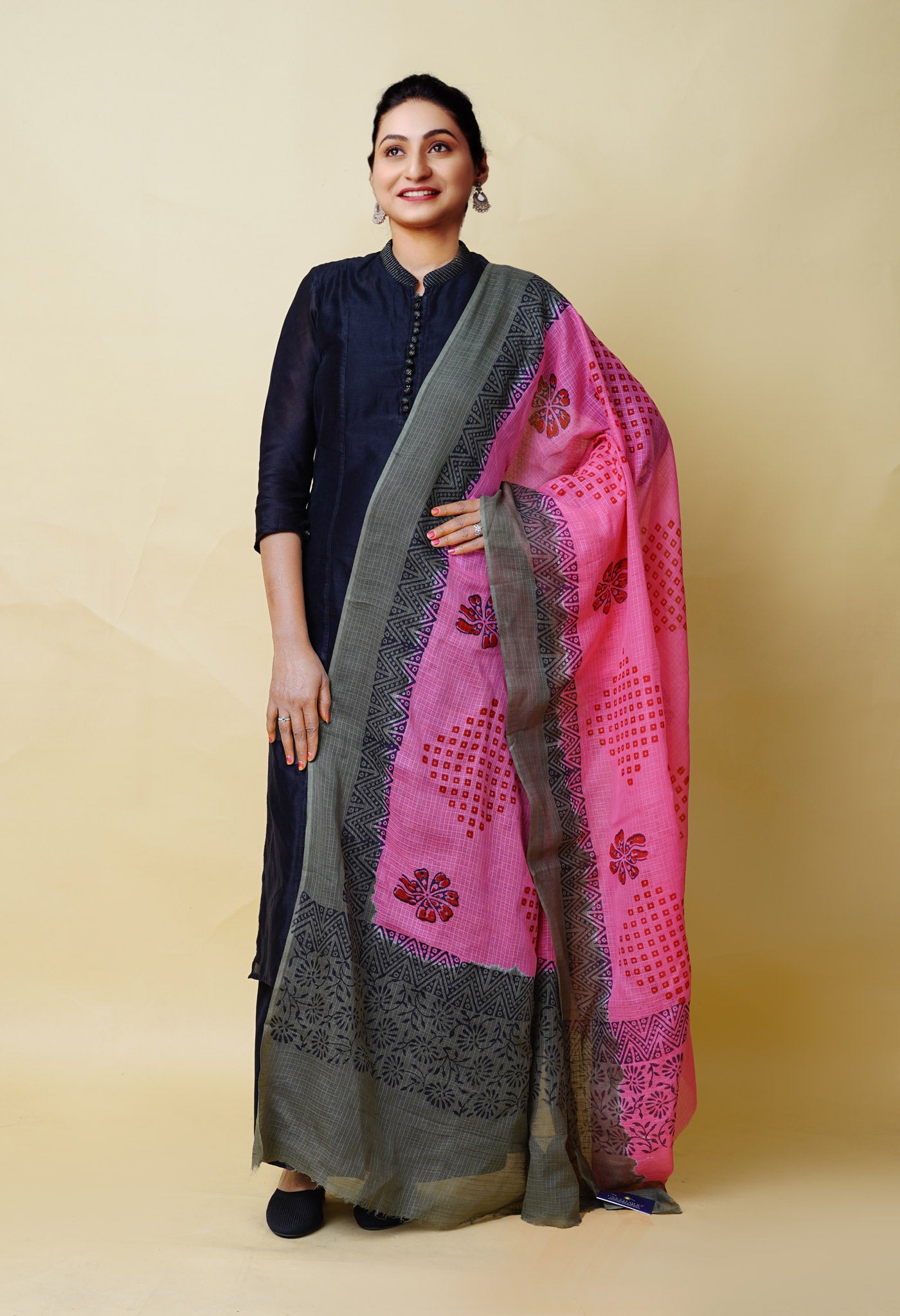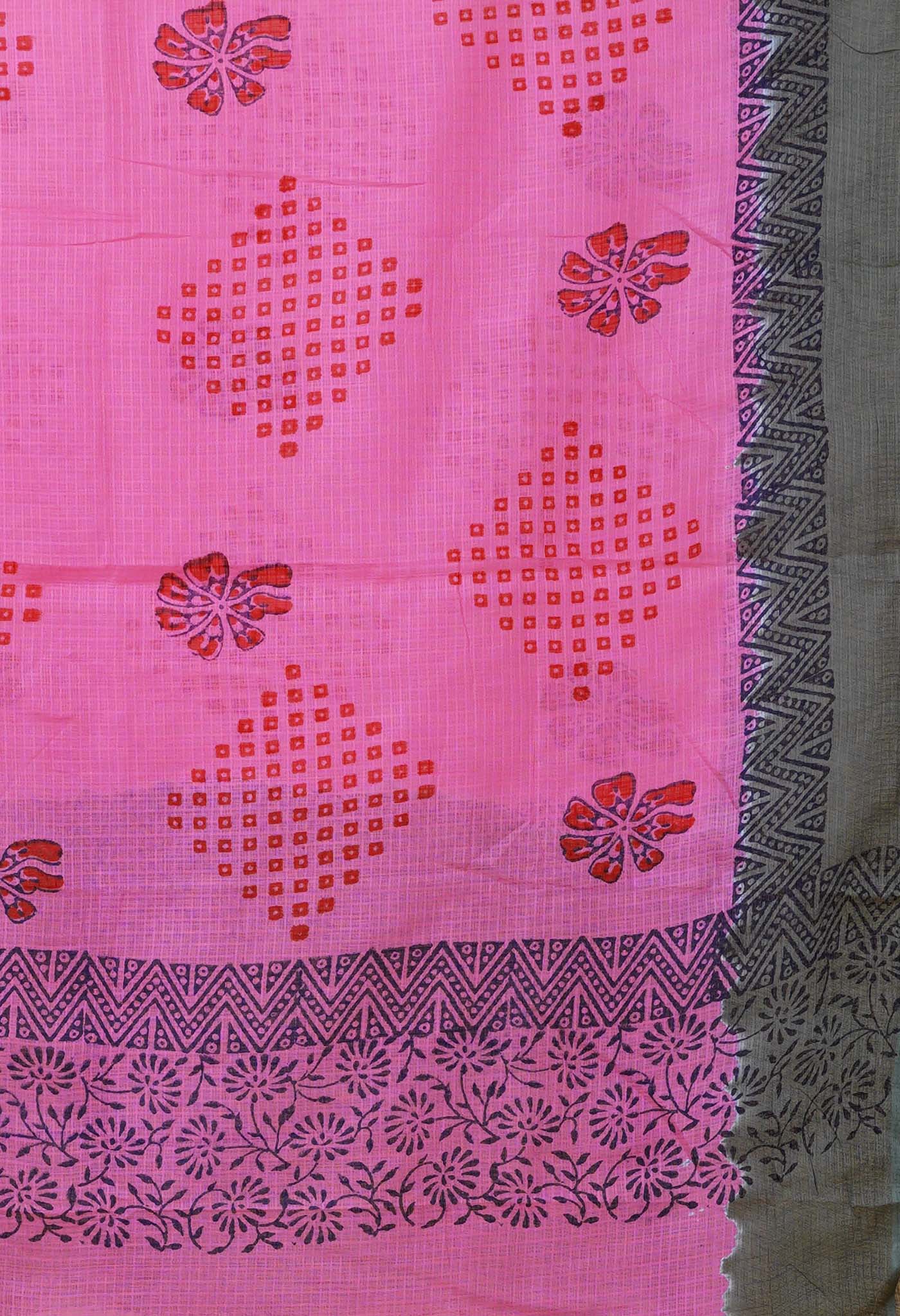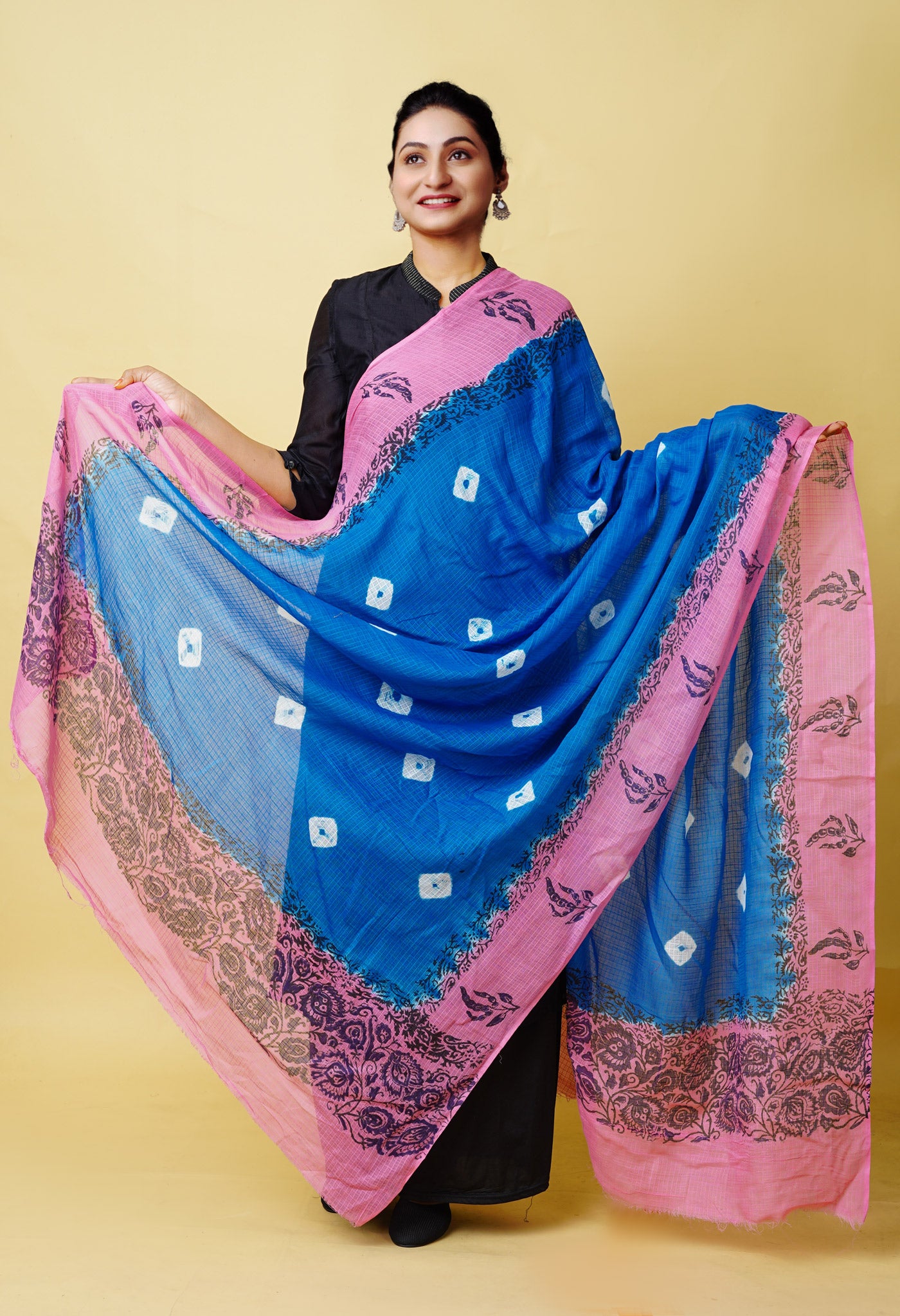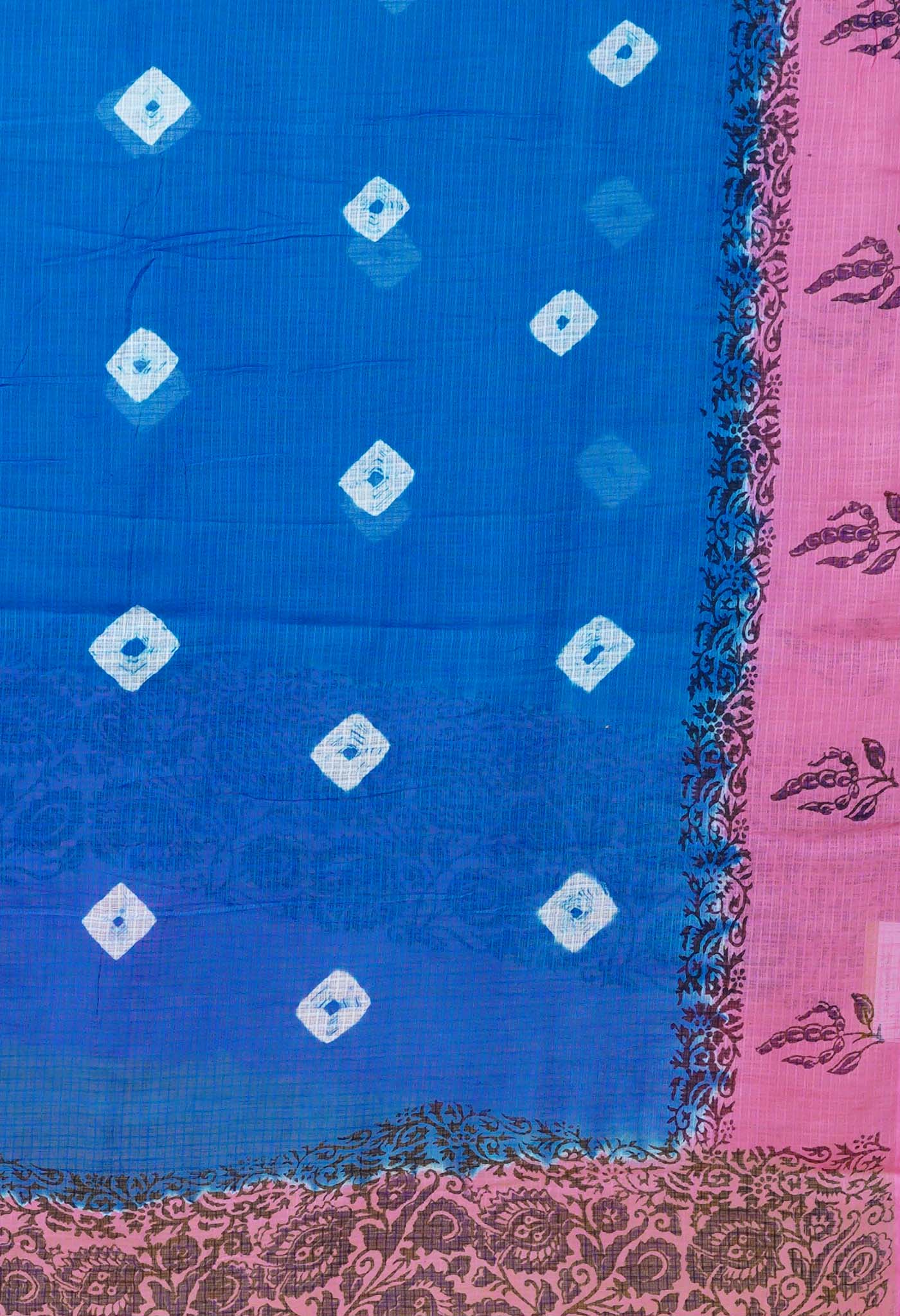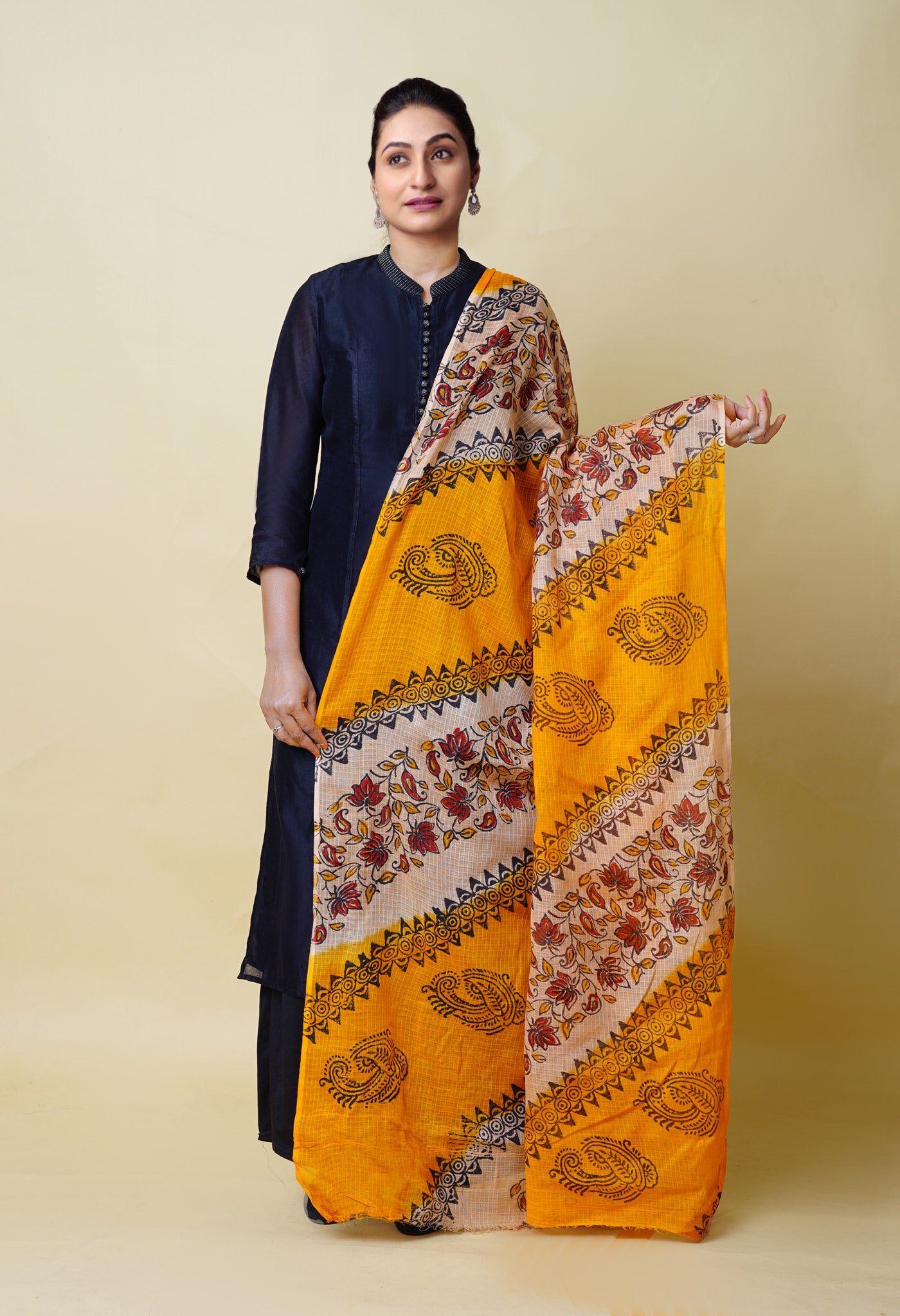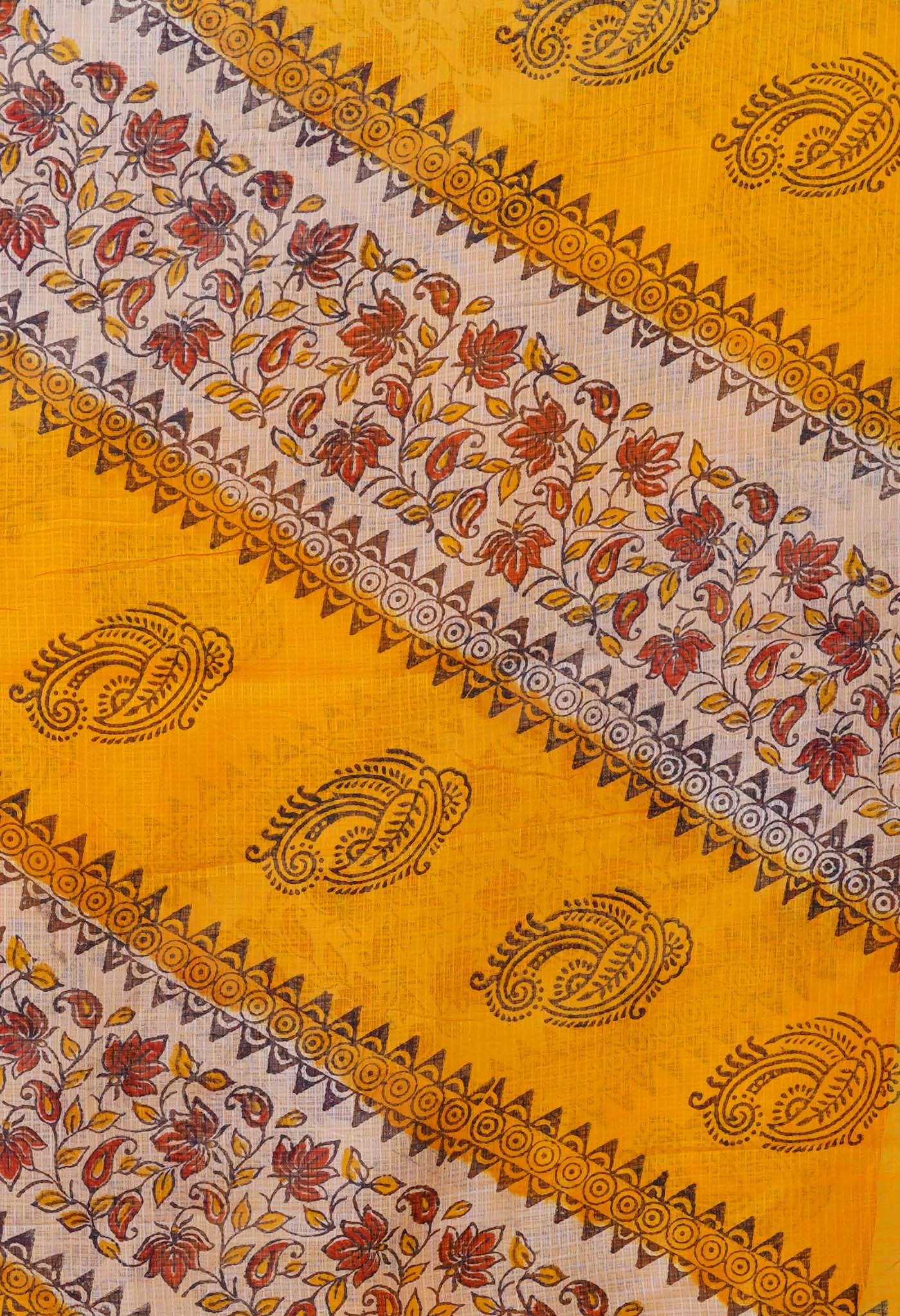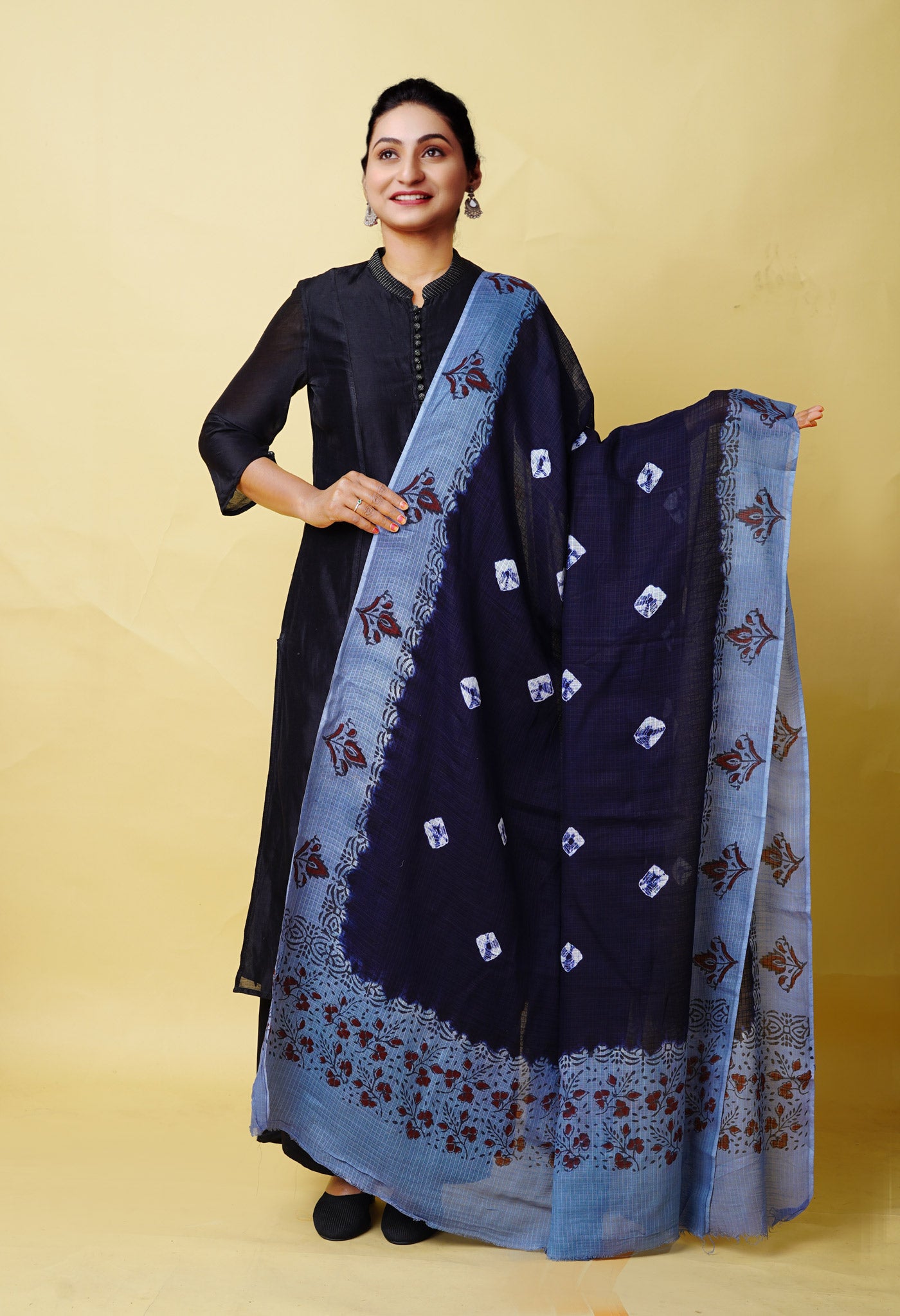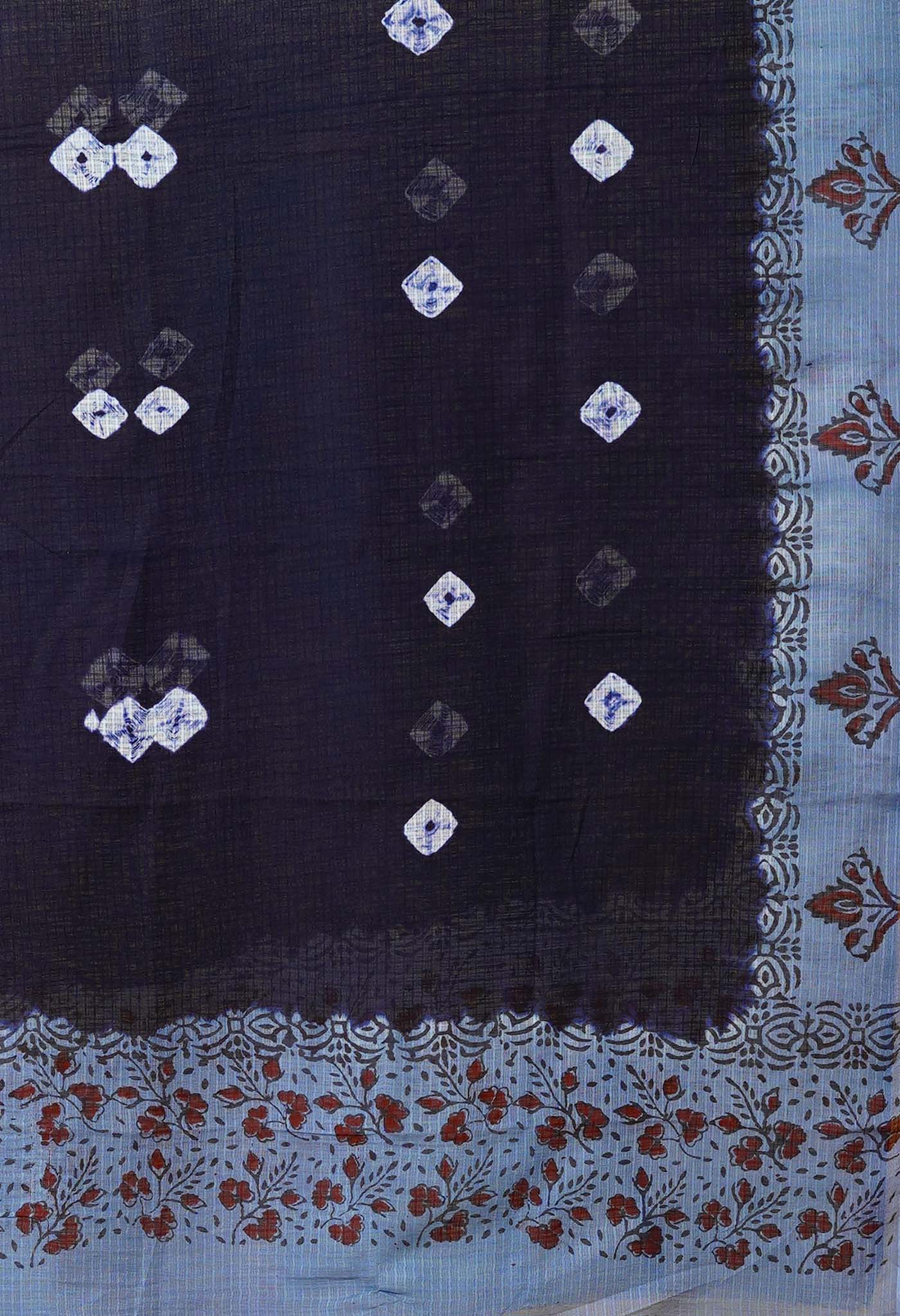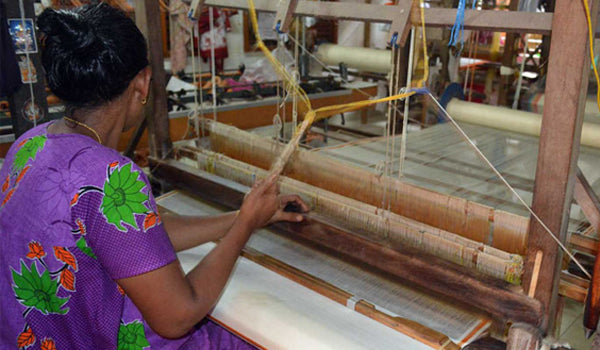
Flood Could destruct their equipments but not their will power – Read How 40 weavers from Kerala have fought against all odds
“We are stronger than we think. We have emotional, spiritual and even physical resources at our disposal. We may get knocked down, but we don’t have to stay down”. - Steve Goodier
And that is precisely what the small but determined group of 38 female weavers are showing by deed to the world what they are capable of, in Chendamangalam, Ernakulam district of Kerala. Known for its beautiful handloom sarees, this weaving factory that comes under the Chendamangalam Handloom Society has 40 weavers, 38 of whom are women, was submerged under water for more than eight days since the flood waters entered the factory on August 15th, 2018. Once the flood waters receded and the place was cleaned by the women themselves, the extent of damage could be gauged. They had lost everything!

What is special about this women is what you may ask?
- They have been running these hand looms since the past 30 years and that is what has been giving them and their families, their daily bread.
- Their occupation has been the mainstay of their life, based upon which they have been able to get bank loans for the education of their children.
- The average age of these women is 50 plus years and this disaster has struck them when they are in the prime of their active lives and old age has set in.
- Their entire future ahead is one big question, with their current daily existence being in relief camps and their survival being on dole.
When one listens to their never-ending tale of woe, their plight becomes evident and one understands to an extent what the ordeal must be for them – a life to be picked from its pieces, reaching a level of decent existence and with the only certain thing ahead being uncertainty, how it was to be achieved was just unimaginable.

- Sagiri, who has been weaving for 38 years, explains, “The shuttle with weft yarn has been rusted, heaps of warp and weft threads have been soiled. Some threads have been so soiled that they cannot be salvaged. The foot treadles of some looms have broken. Only the wooden frames of the 40 loom machines here can be used again.”
- “When we heard about the floods, we kept a few machines on an elevated platform, but in vain. Everything was destroyed and some equipment toppled over,” she says, pointing to the long trails of yarns kept outside to be disposed of.

What was life before this happened?
- These women weave school uniforms and mundu (sarongs). They lost almost 1,000 meters of cloth, including pure cotton clothes.
- These women used to weave at home at some time in the past. But the processes of creating the yarn from thread, buying the thread, the shedding, picking and battening was too much to cope from home. So women like Sagari joined the factory instead so that they became part of a co-operative effort. And what about women like Subadra? At 71 and oldest among them both age and failing health were major constraints in her normal life.
- “We get paid per metre, which is Rs 60 to Rs 62. Women here weave 6 metres to 7 metres per day. Due to age-related ailments, I had to reduce my weaving capacity from 7 metres to 5 metres. So, I get paid accordingly. But after deducting allowance, advance amount, if any, and schemes, our take-home is pittance, hardly sufficient to get us by.”

Almost like ‘A Night without End’
One of the women Sreedevi speaks on her fate. Having worked 33 years in this place and her husband being a fisherman who earned only during a good haul in the season, life is tough for them.Having taken a bank loan to educate her two children, it just will not do for her to skip a day or weave a metre less. Why?
“We get paid if and for what we weave,” she says resignedly. “As our wage depends on the metre of yarn we have woven, if we fall short of one metre, even 30 minutes won’t suffice to weave the extra metre. If I do not turn up for work one day, it means no wage.”

Just before the flood hit them in August, sometime in June, financial glitches prevented the spools of threads from reaching them and for almost a month they had no work. Since July when things seemed to be returning to normal, the flood struck in early August reducing them to a hapless pathetic situation worse than a nightmare.
The present reading of the situation puts it as six months at the least before they can start weaving again with the wait for threads to the tune of 72 spools of yarn per loom included. One can almost surmise it as ‘insult upon injury’.
Like one of them put it, “We are facing such a grave situation for the first time. It not only cost us our daily wage but our homes as well. We had to shift from school to school in search of relief camp during the floods. We need assistance to restart our work and to rebuild our houses. At present, we are surviving with the provisions we received from relief camps”.

Women of substance
“You're only a victim to the degree of what your perception allows.” ― Shannon L. Alder
That is precisely what these women have done. They have not sat back to shed tears of self-pity and moan about their ill luck. They have got down to do the cleaning themselves with the help of the villagers and others who have come forward to help. Then based on their society’s estimate they have been able to realize what is in store for them. Like the secretary of the Chendamangalam Handloom Society has said “We are convening a meeting with government officials to provide these weavers with ration on food and assistance on an allowance. Though it will take six months, they would need bank loans, else they may take their own lives.” A little harshly put maybe but not very far away from a possibility if they do not get the needed help timely.

The hands that reached out to them early
Two designers from Kochi, Shalini James of Mantra and Sreejith Jeevan of Rouka Botique managed to collect some of the stock that these women had before the waters struck and managed to salvage them.
They have taken to social media to make people aware of the plight of these women, while also appealing to designers and the public to help these weavers at Chendamangalam get back on their feet.
"Chendamangalam is known for their GI certified handloom products. The cluster consists of five societies with more than 600 weavers. This year's floods in Kerala have destroyed all their looms, yarns and raw material. This cluster, which has been awarded the prestigious GI (geographical indication) tag, is now trying very hard to resurrect itself. One way we can support their cause is by buying their stock worth over Rs 40 lakh which is currently drenched but can be salvaged if we act soon enough," wrote Sreejith, founder of Rouka boutique, on Facebook.
Good Samaritans these, we are amazed at their ingenuity and initiative.

What Do These Women Seek?
What they seek is their need to get back to what they were doing earlier, their self-reliance in exchange for their skills of thirty plus years that had made their cluster get the prestigious Geographical Indication tag that not only gave them legal backing or the rights on their work but also gave the market an idea on what they produced. It is their grit and determination that saw them get together to fight the menace of poverty that stares them in the face if something were not done about it and by the dint of their example pulled in the support of others who saw their integrity and want to see that they succeed by getting back upon their feet at the earliest.
They on their part based on the help that they are receiving from various quarters of society are already planning on what they would like to accomplish in the future when things get to normal, which they are very certain shall happen.

Unnati Silks salutes these women from the core of its heart for their extraordinary skills, their grit, their determination and self-help attitude that has won them very many hearts and a lot of empathasizers. Our Facebook page shall reflect the enormous love and kindred feeling of our thousands of customers who shall read and further share about this.
We are sure this would also spread further for many others to come forward in a united effort to help continue a tradition that these flag bearers have beautifully carried so long.

